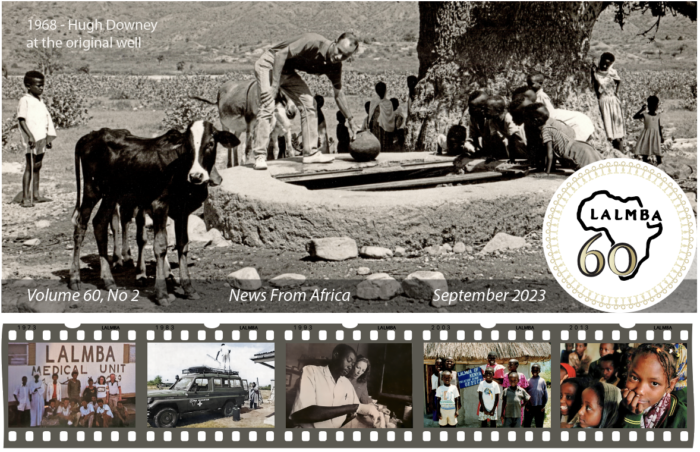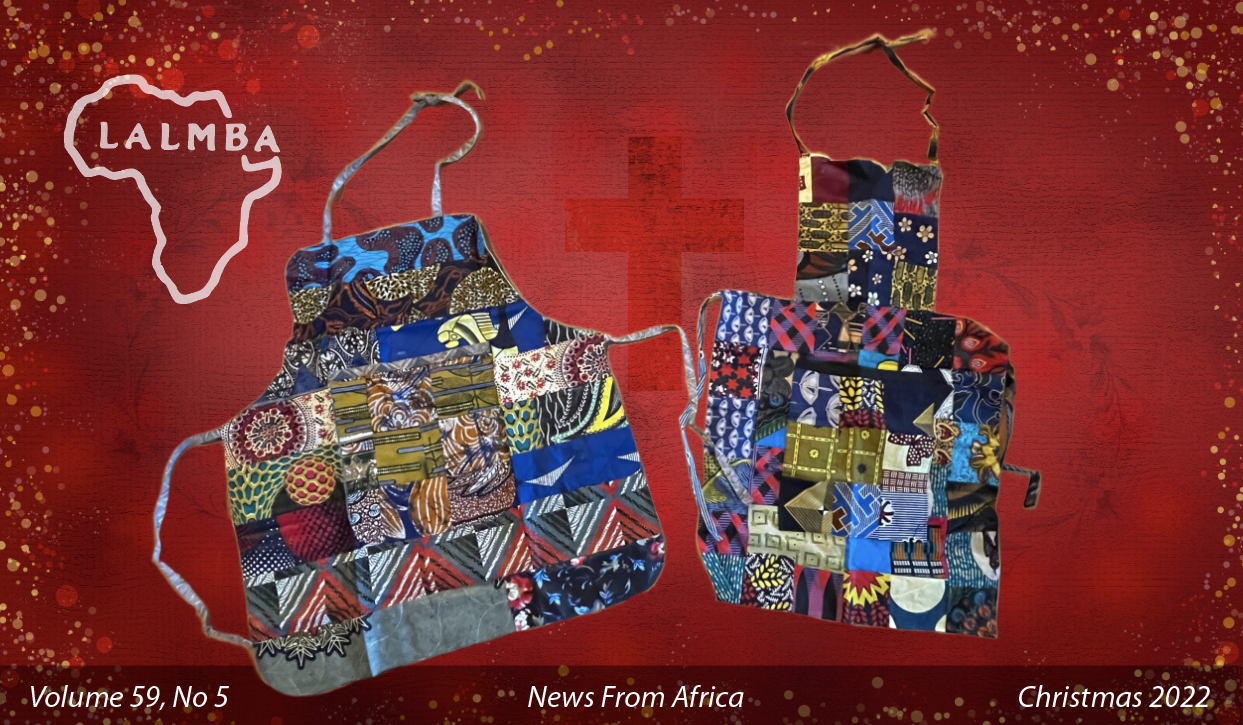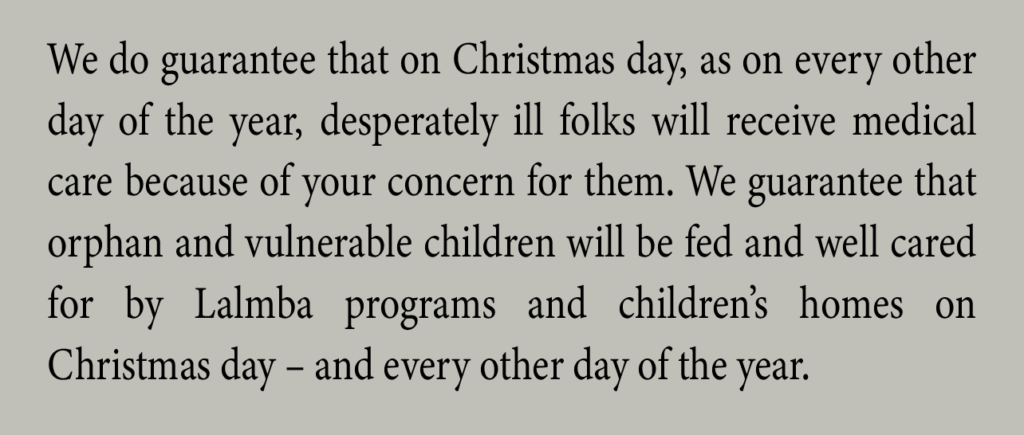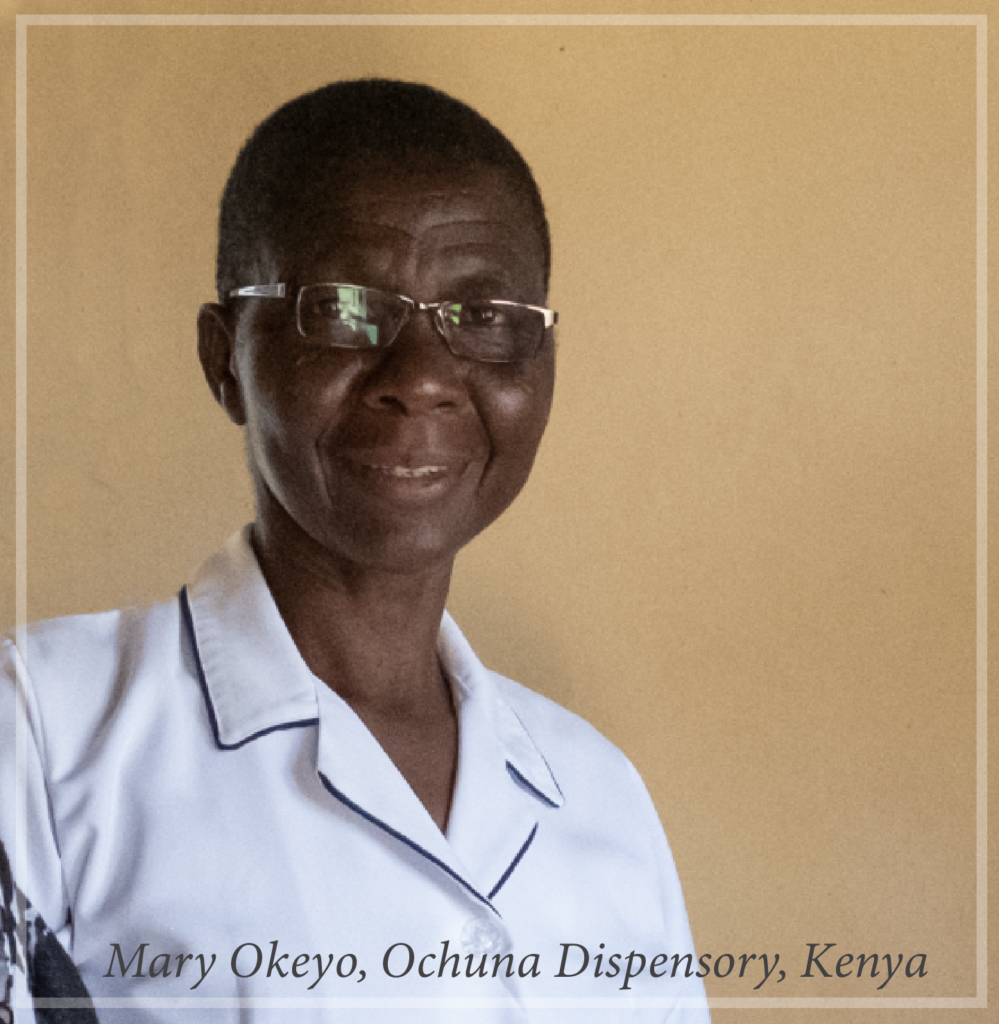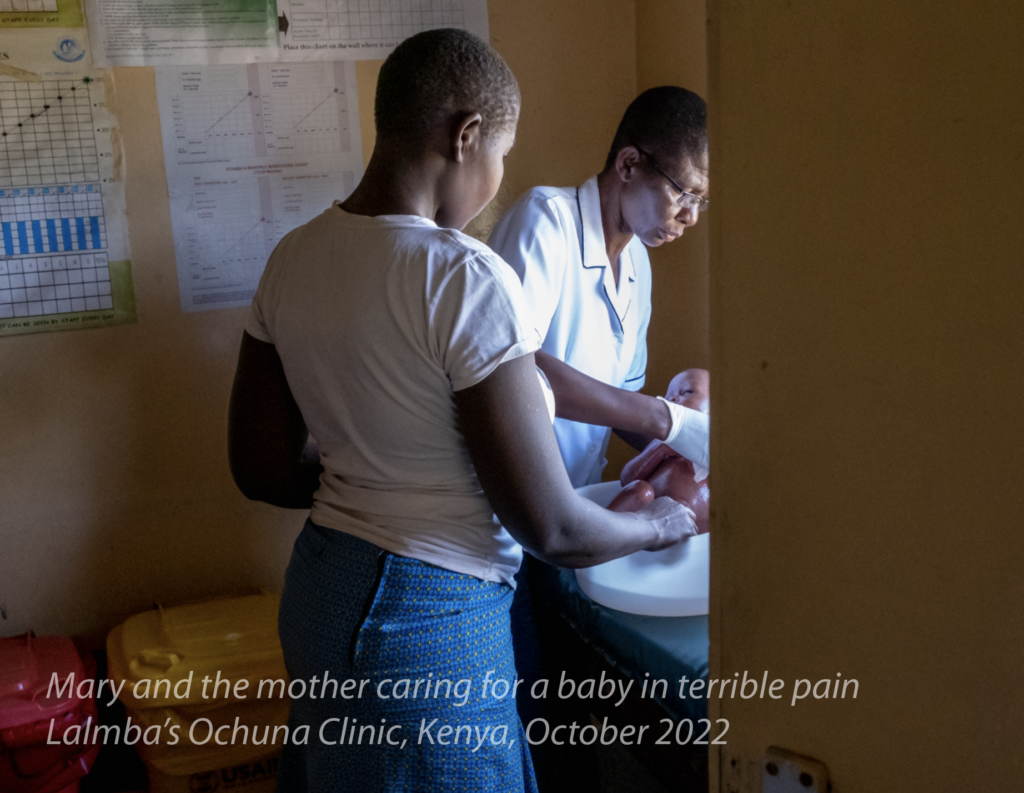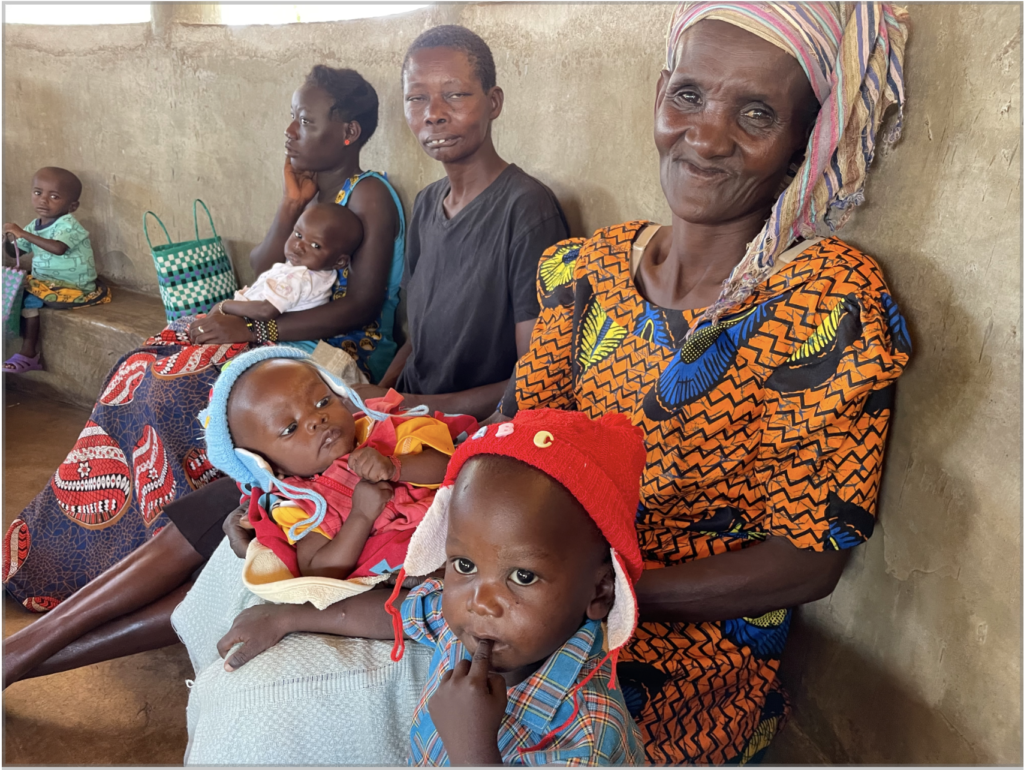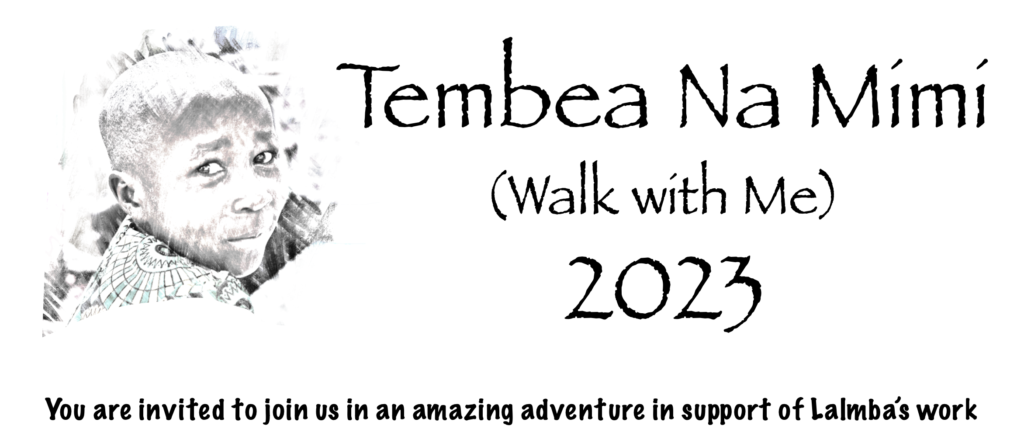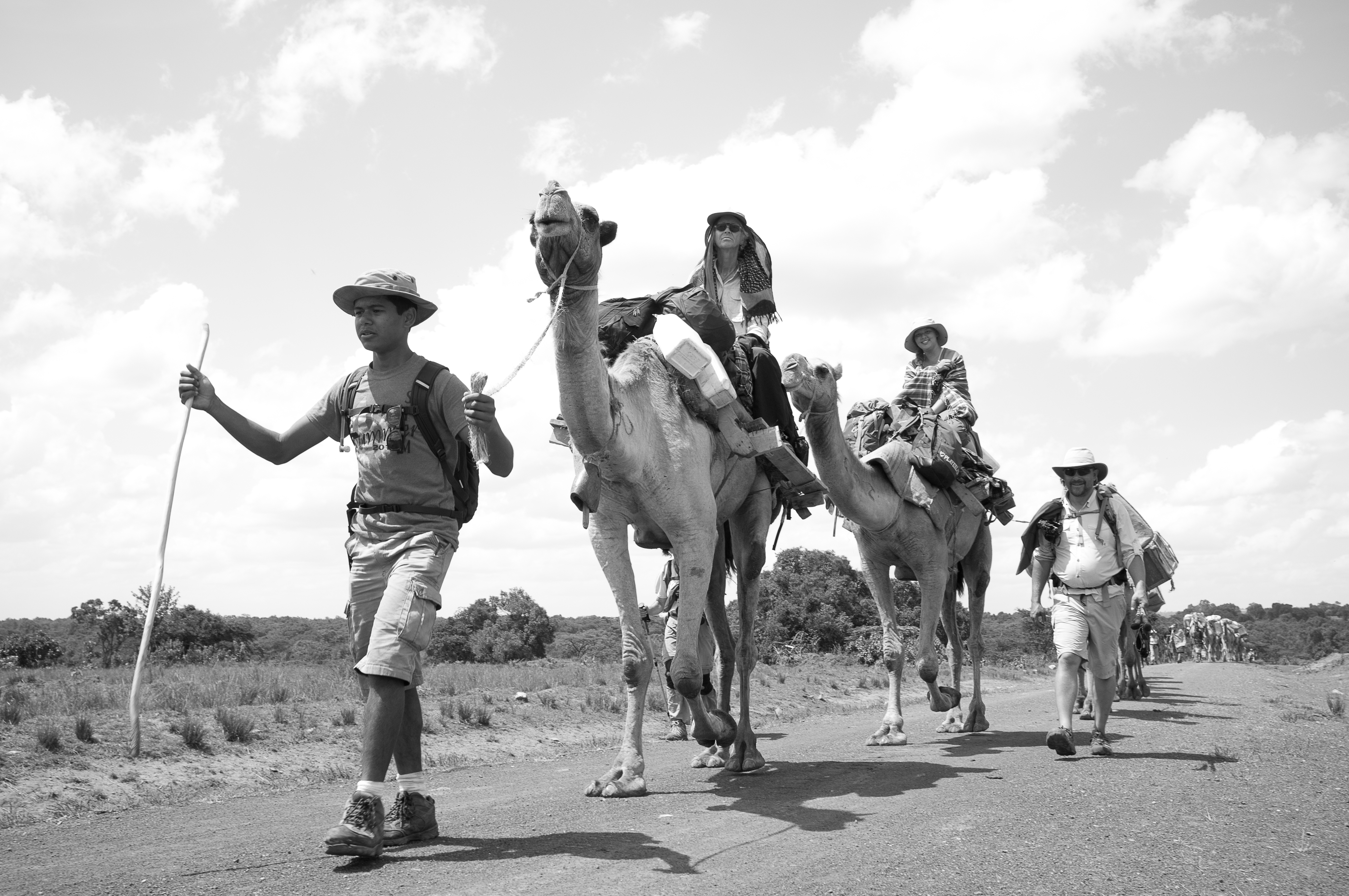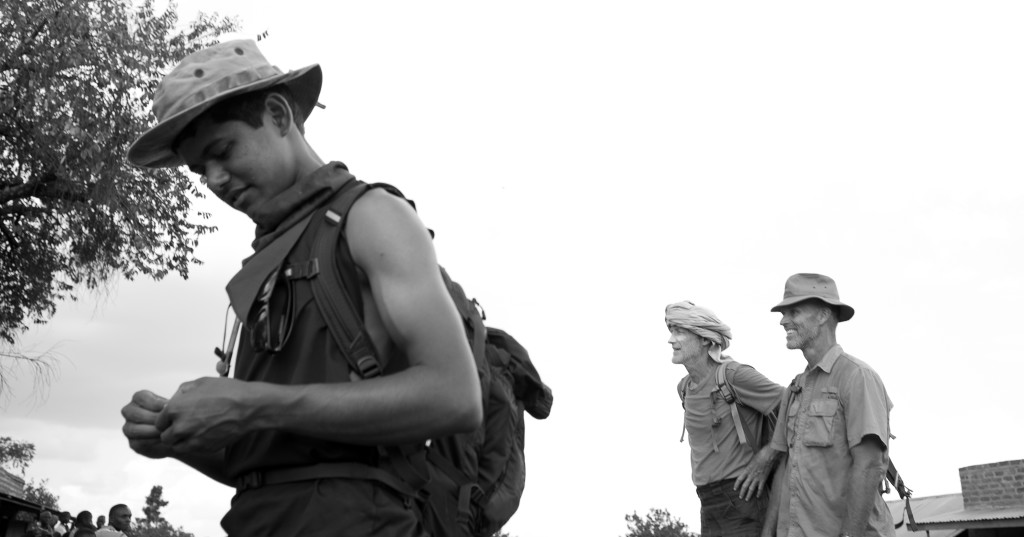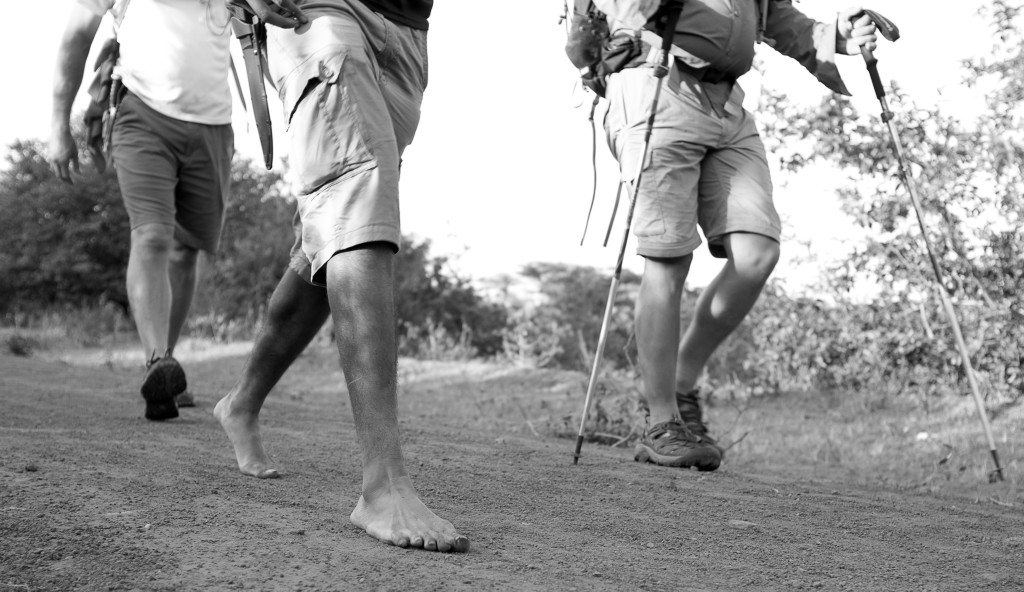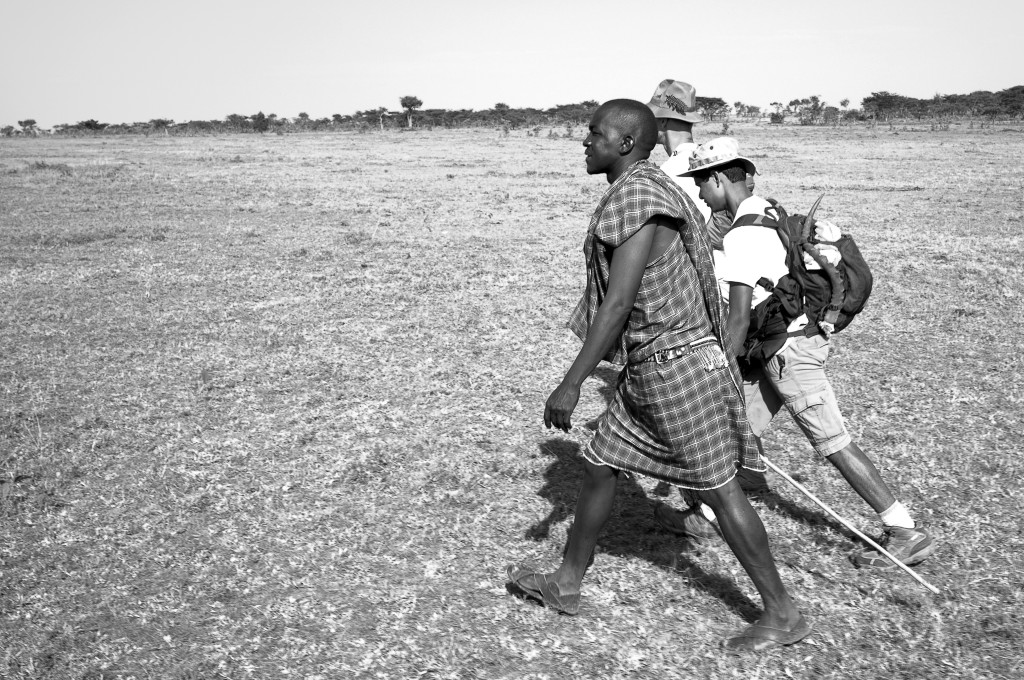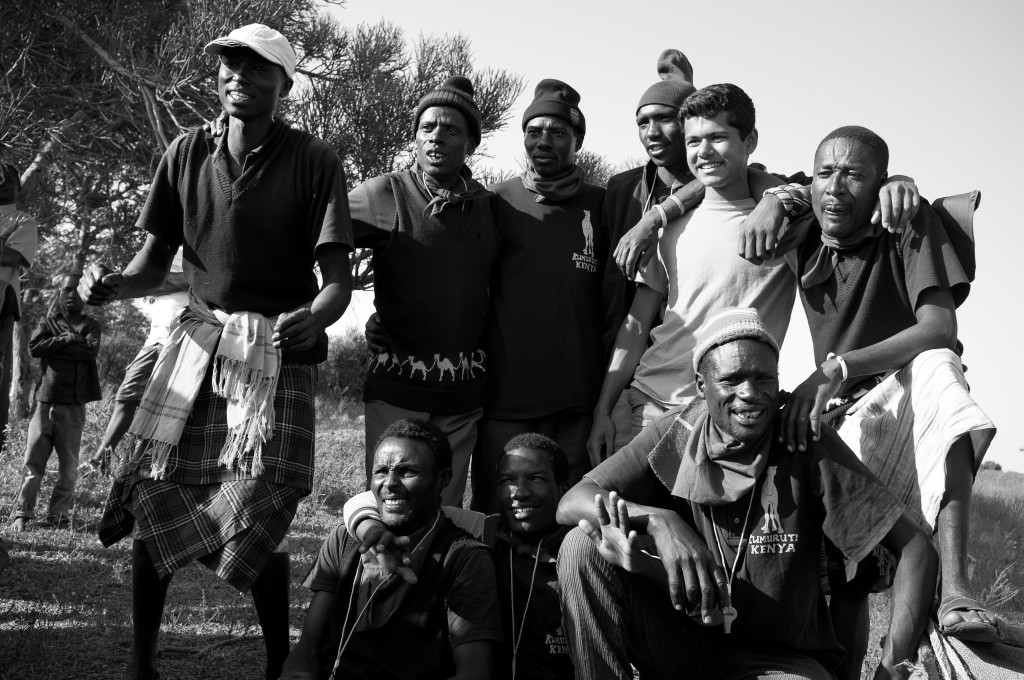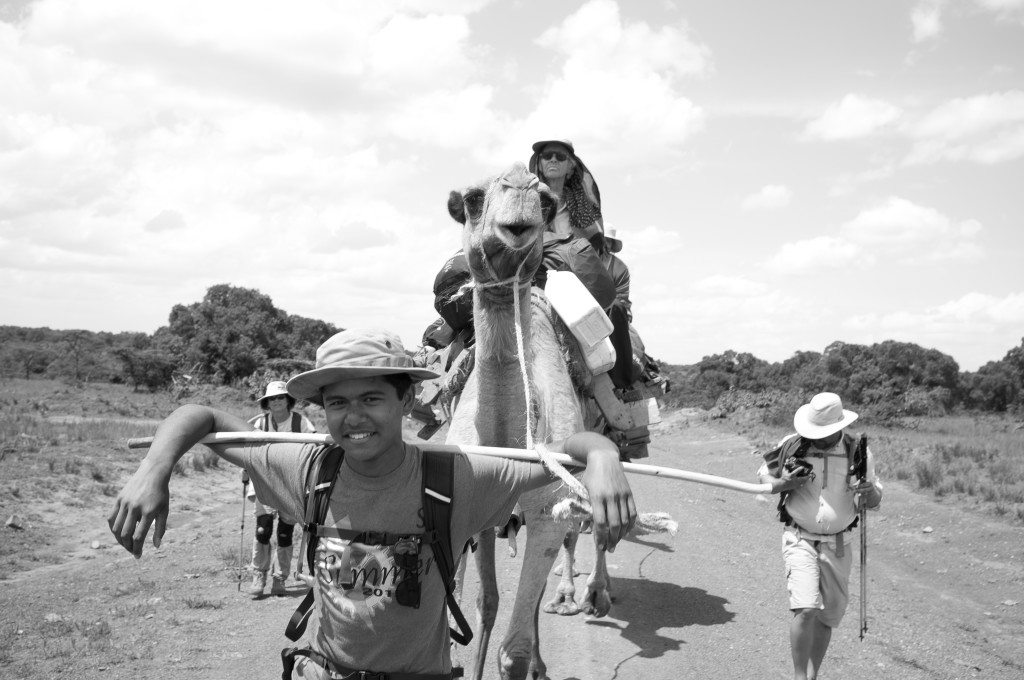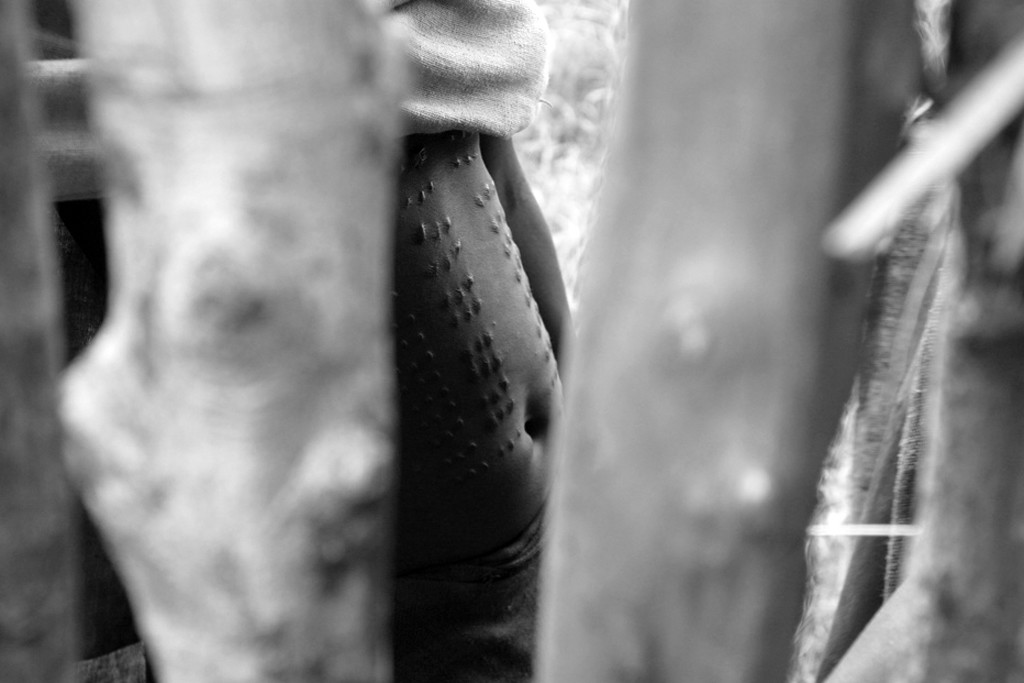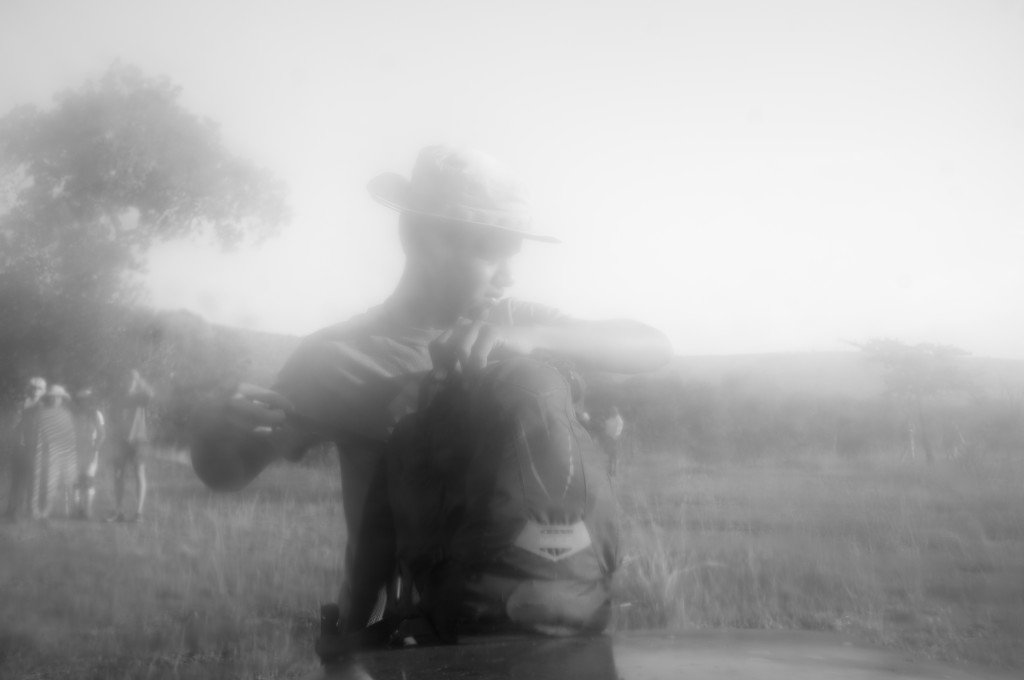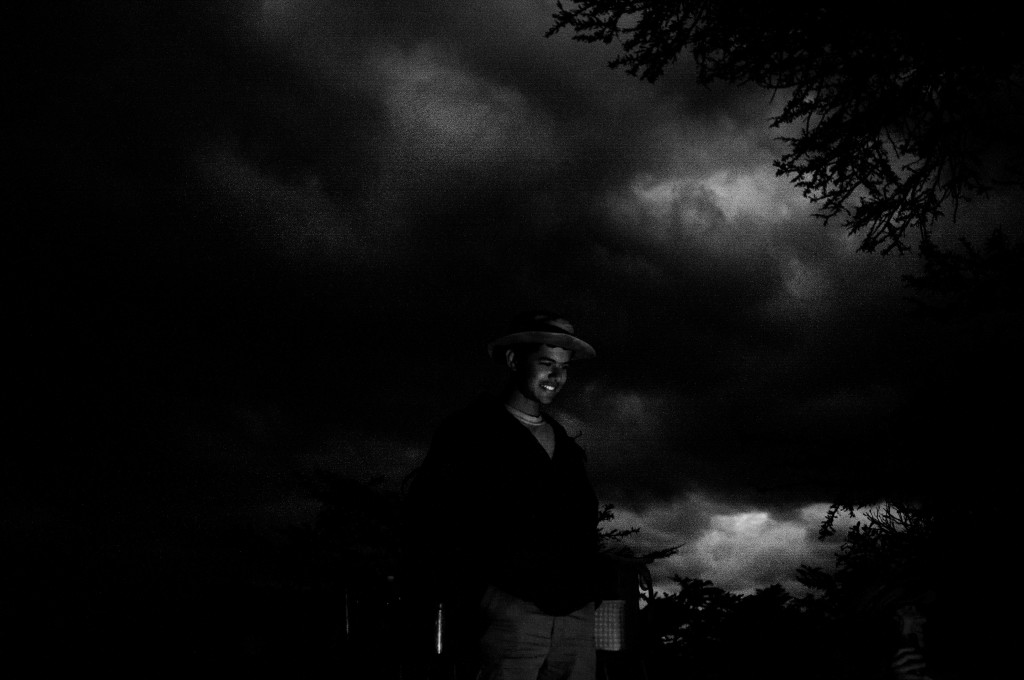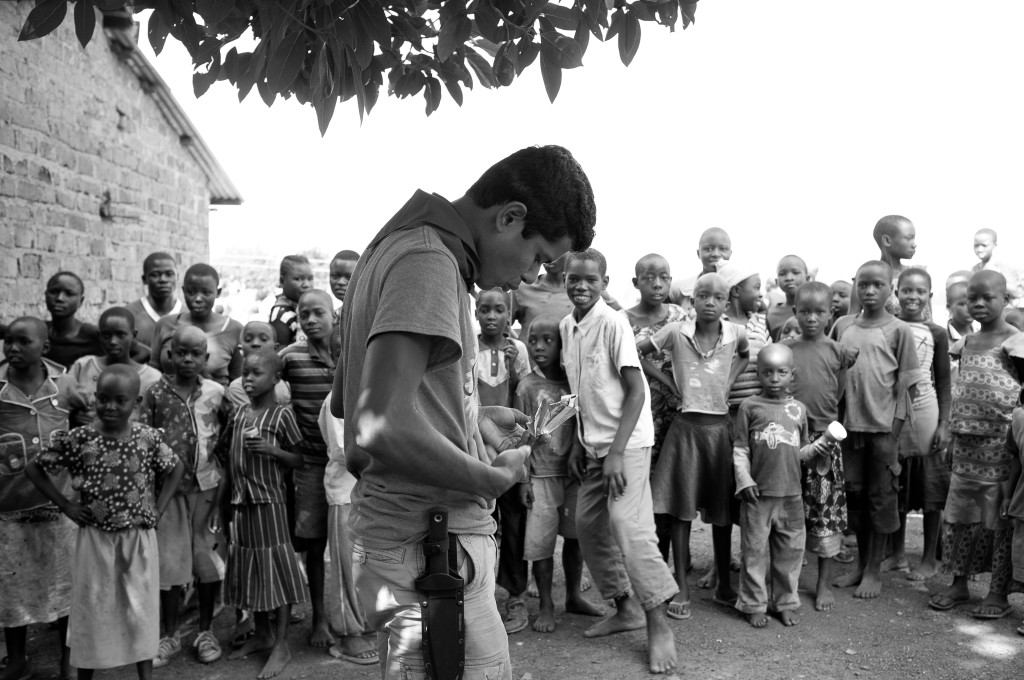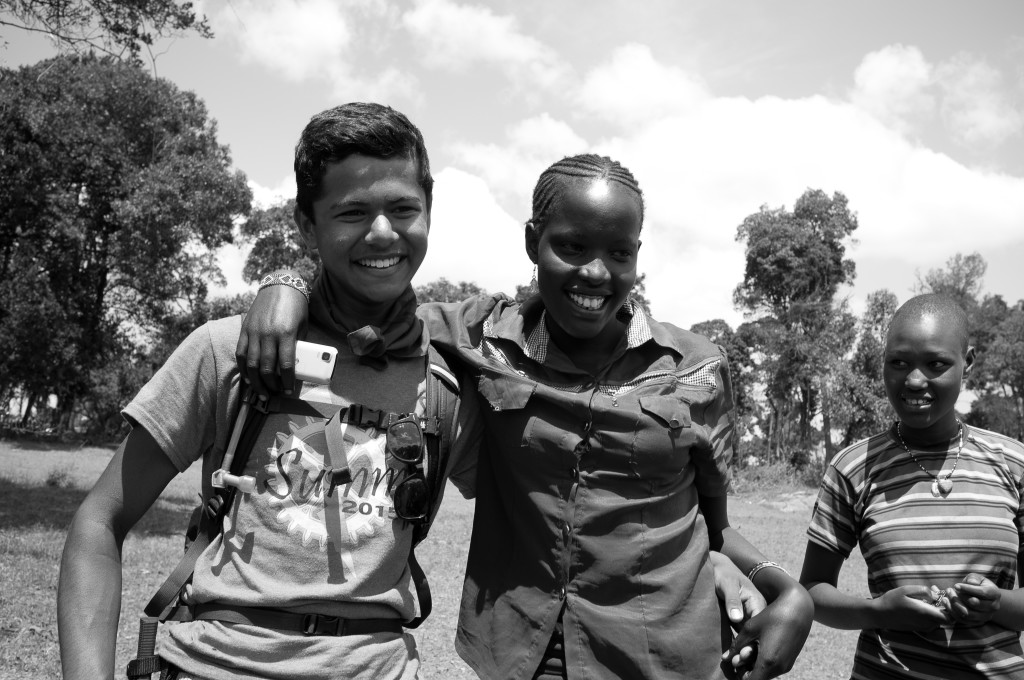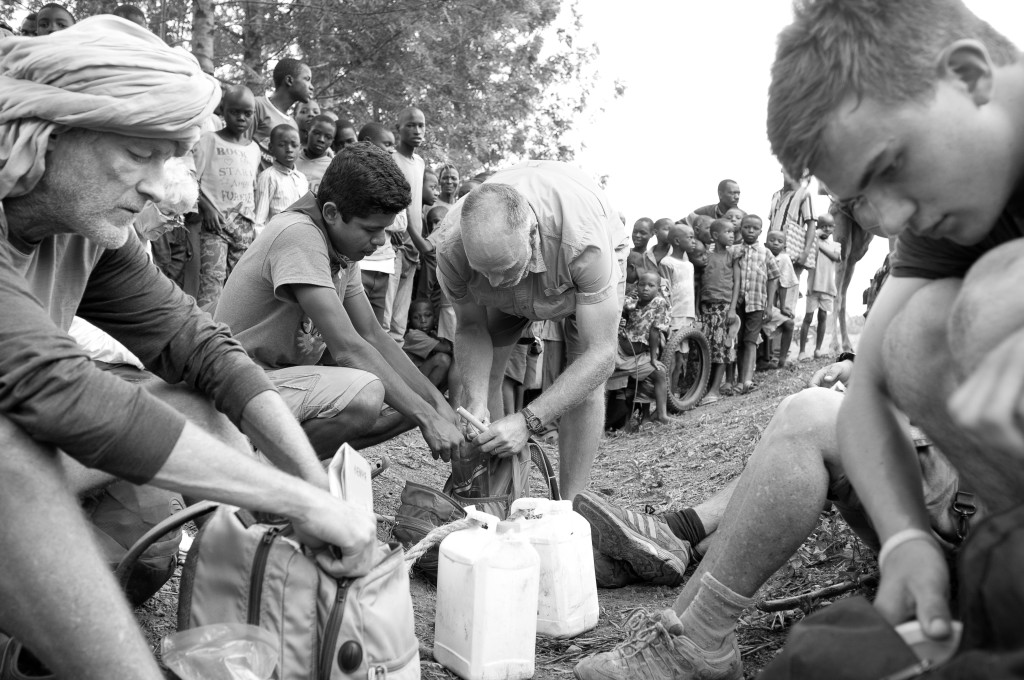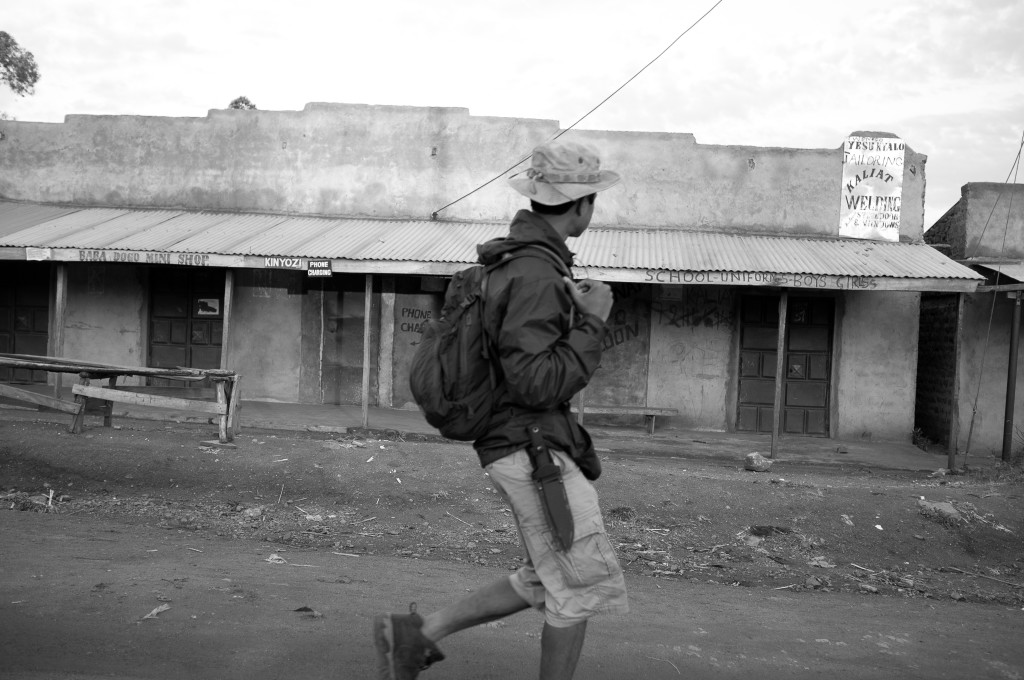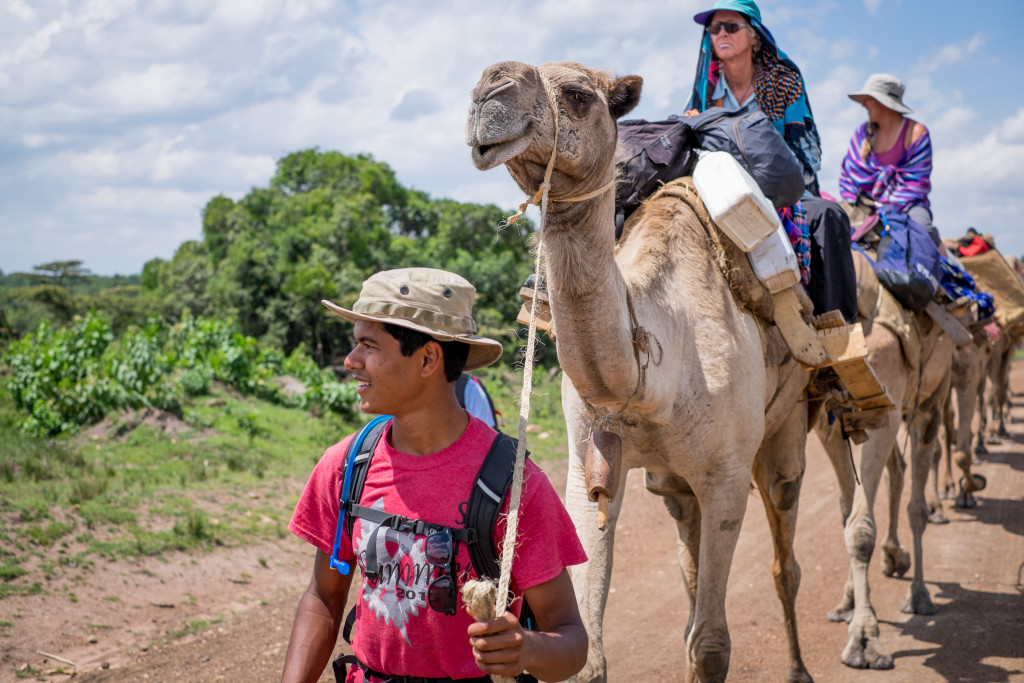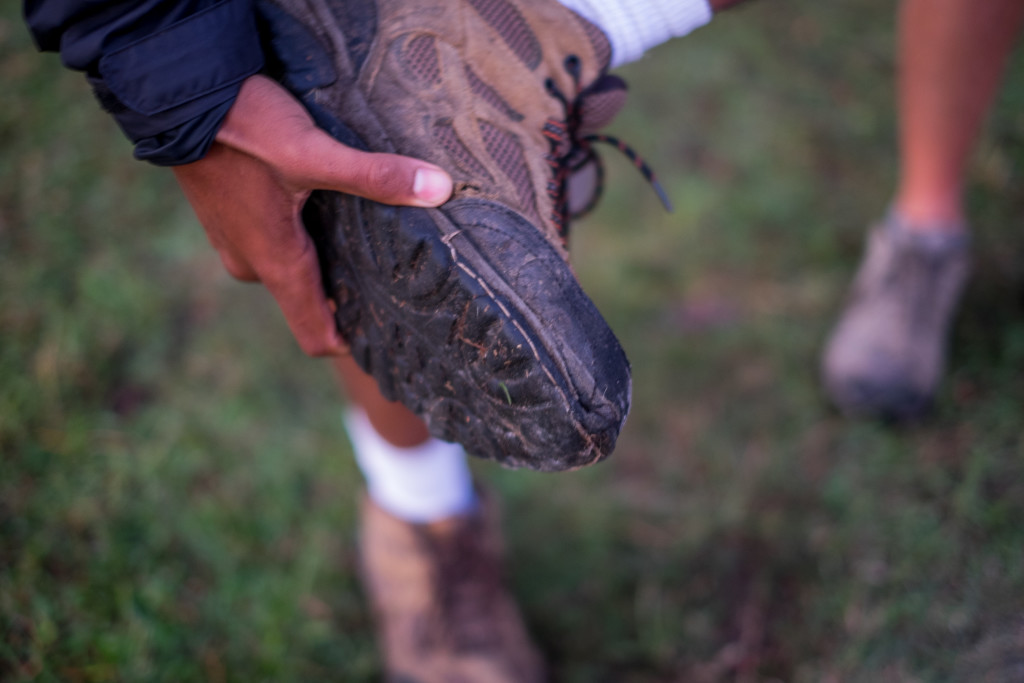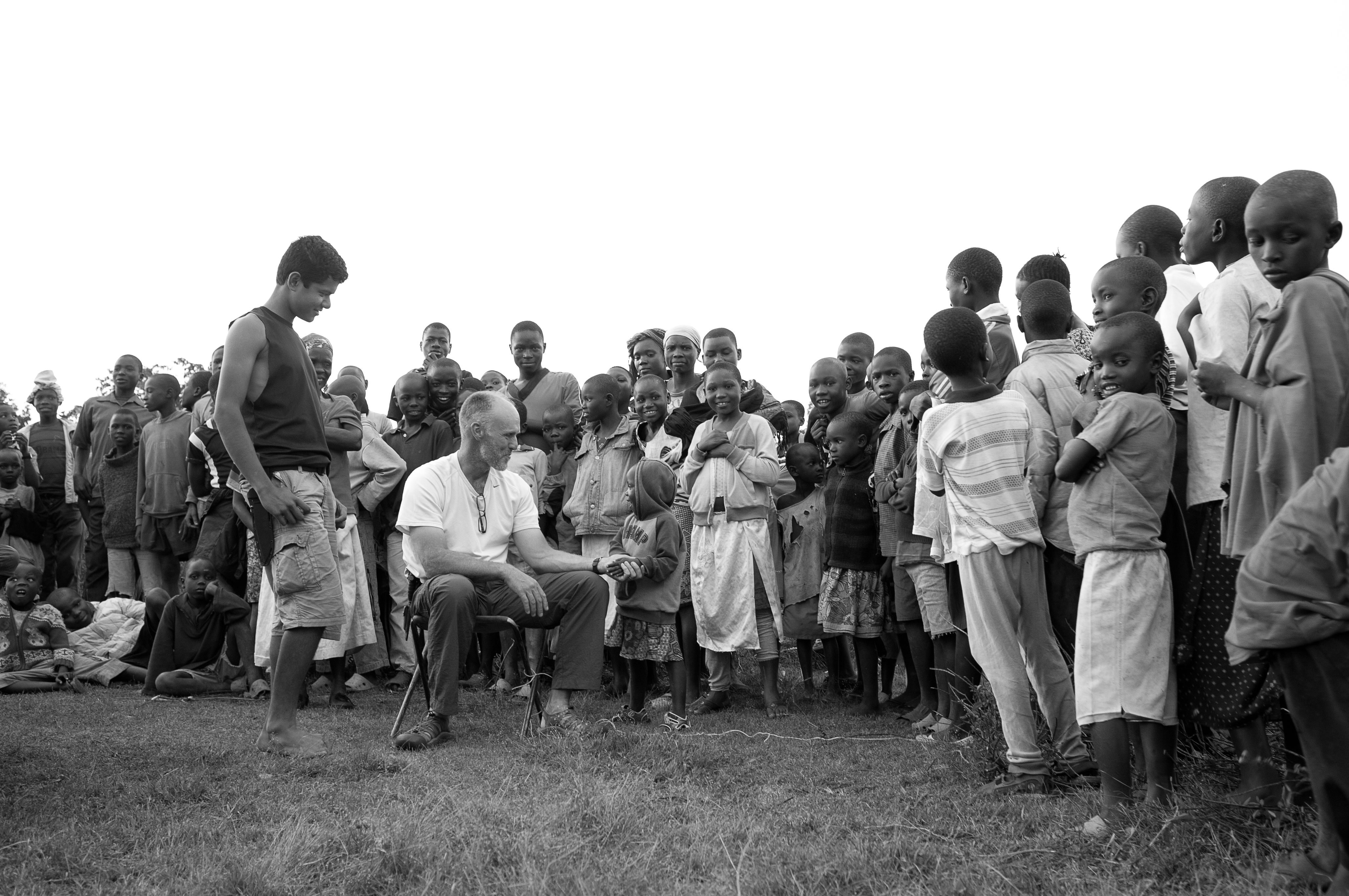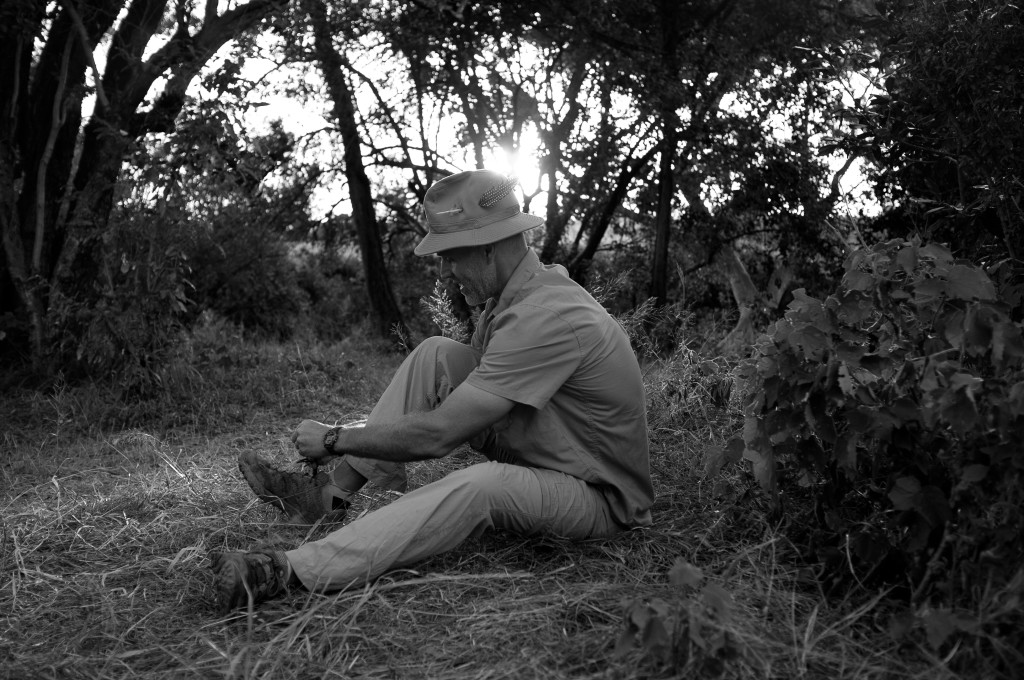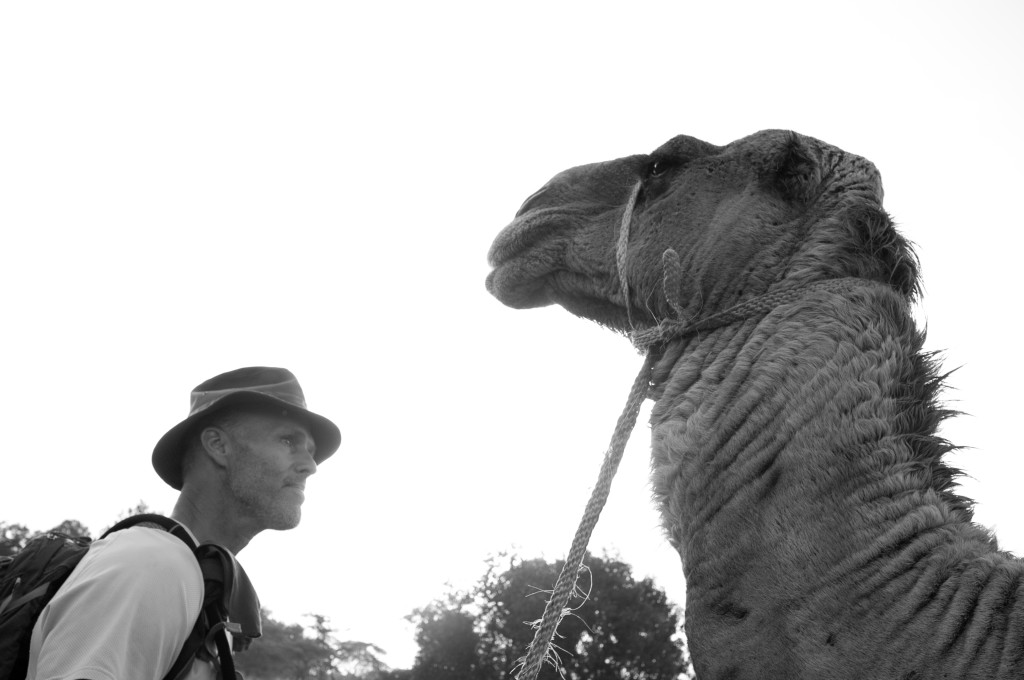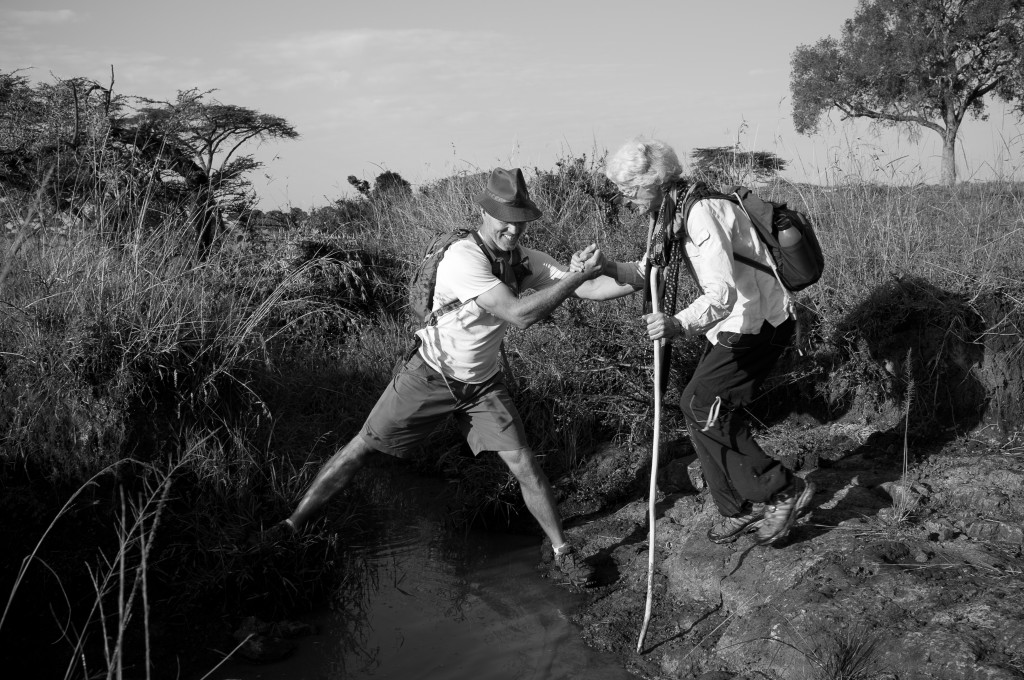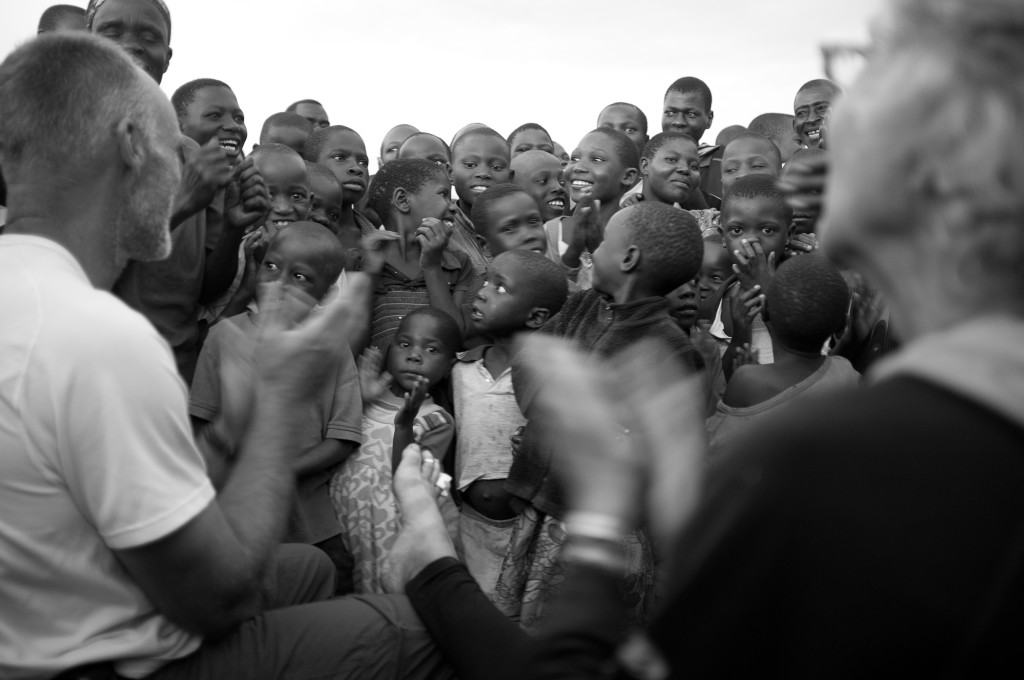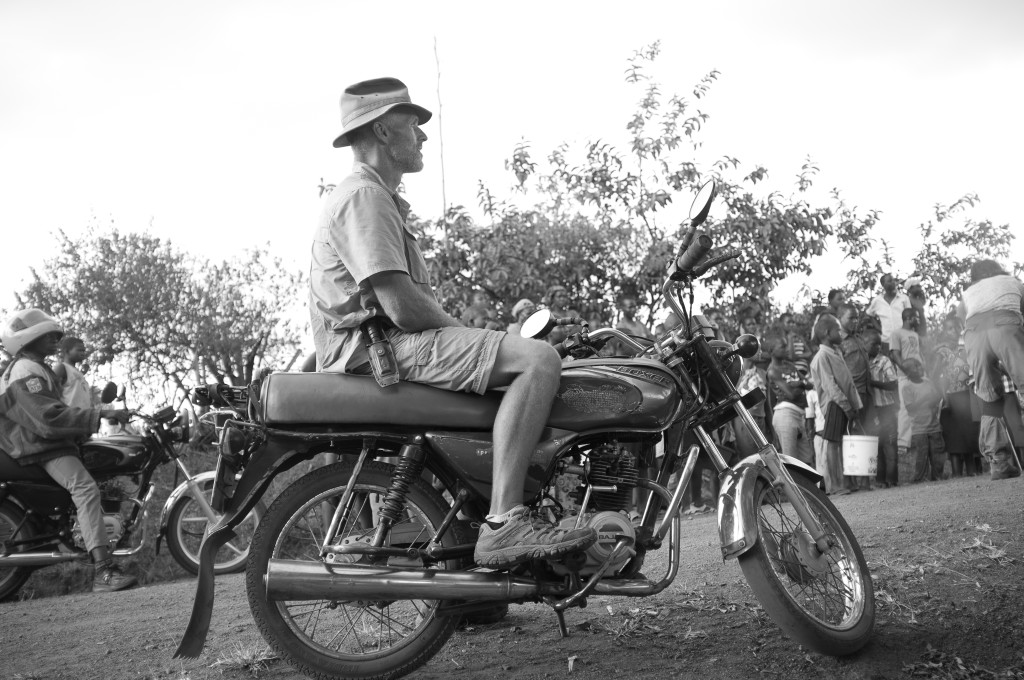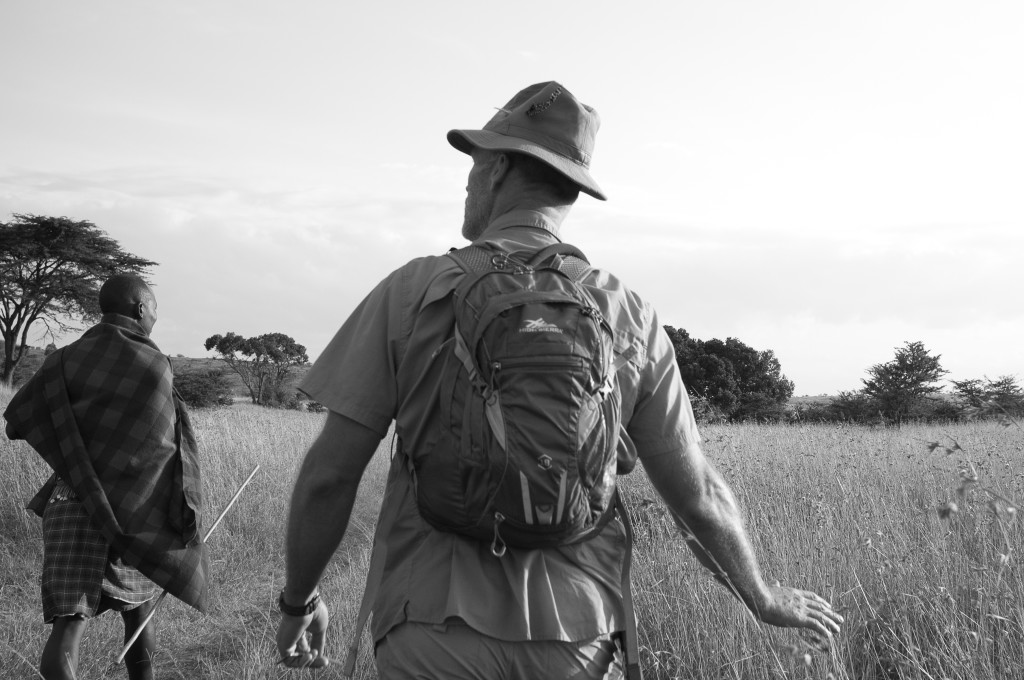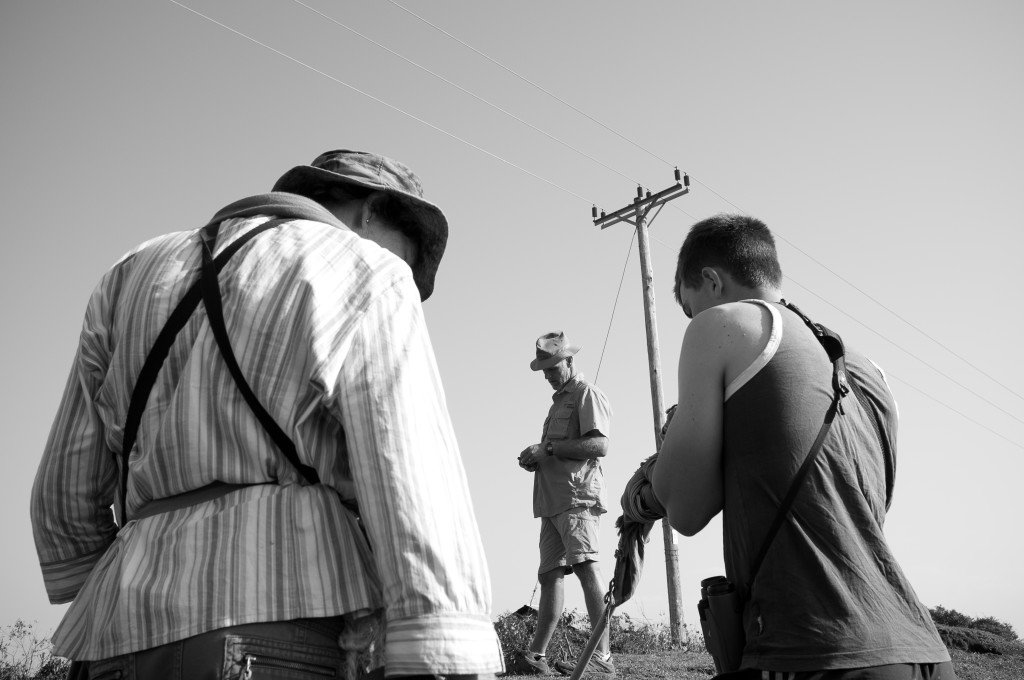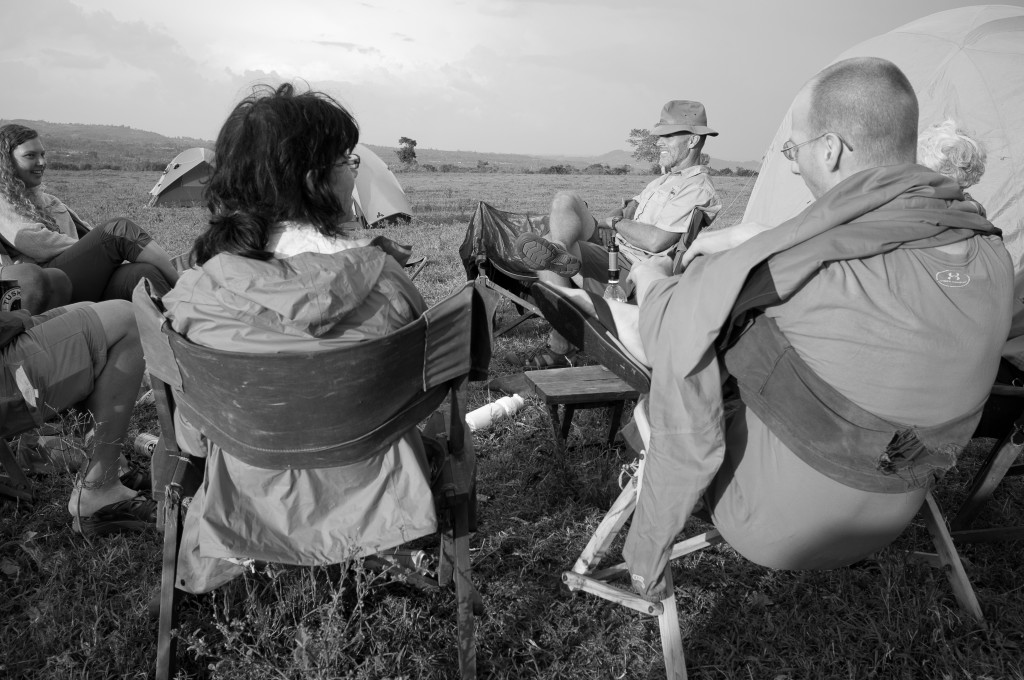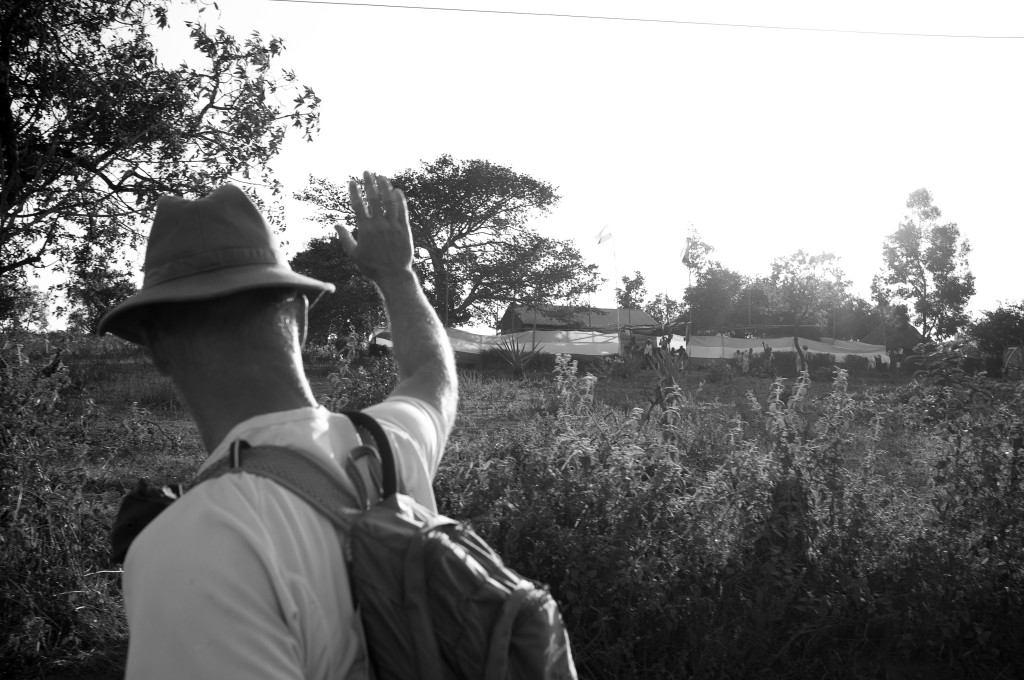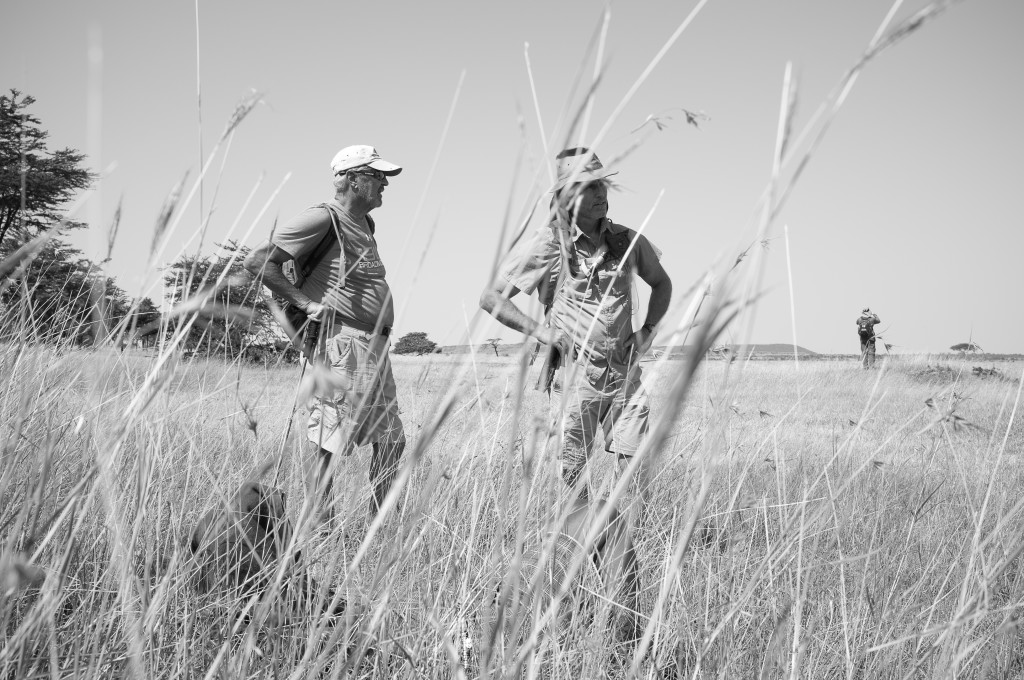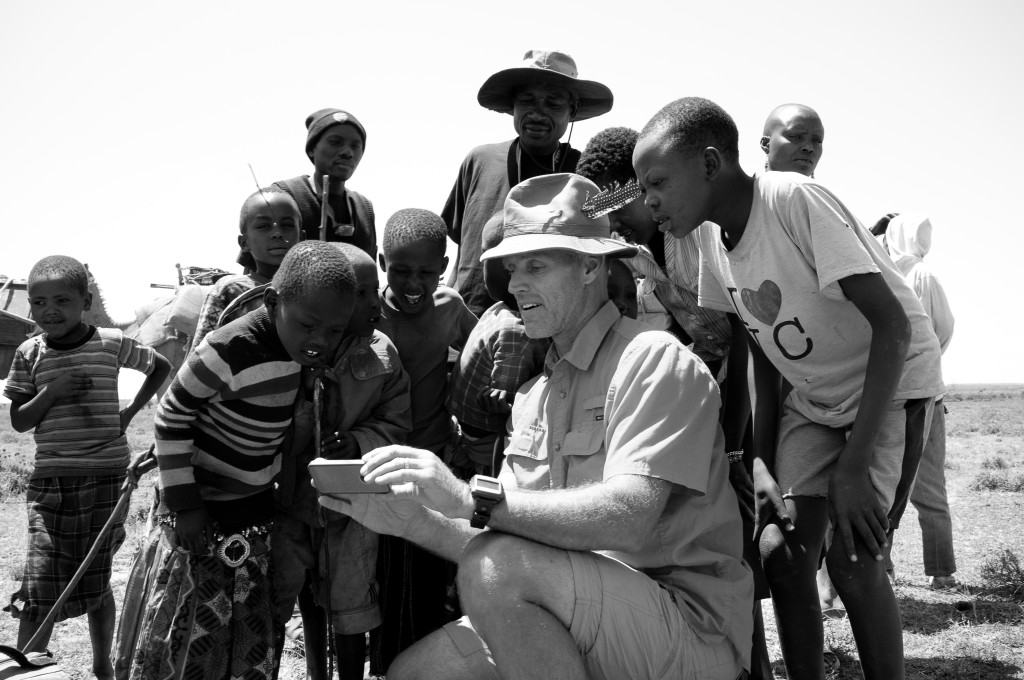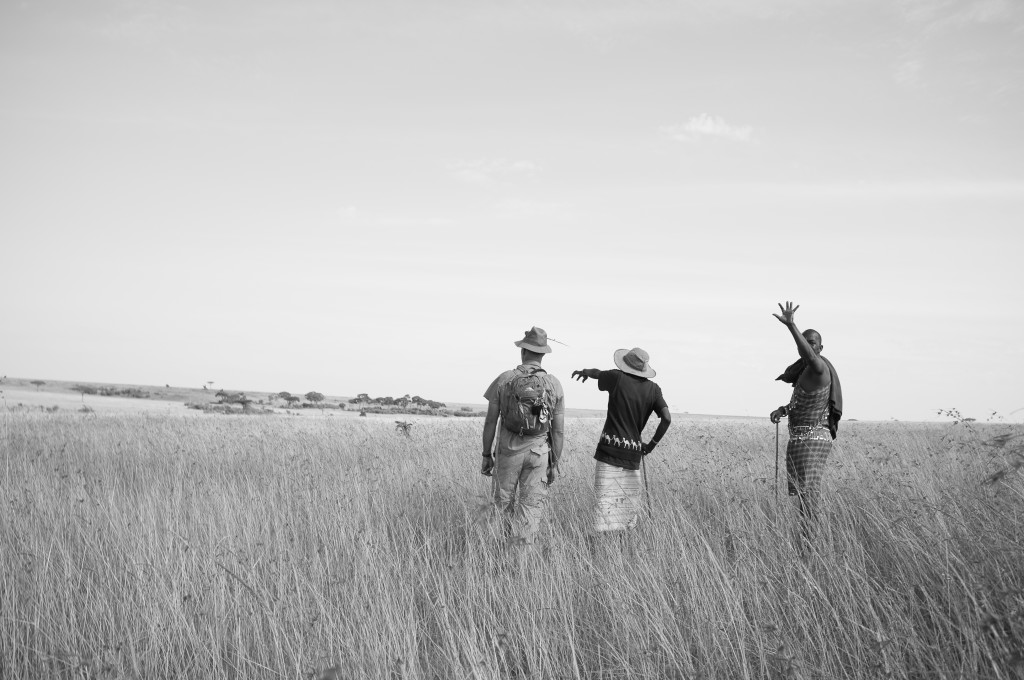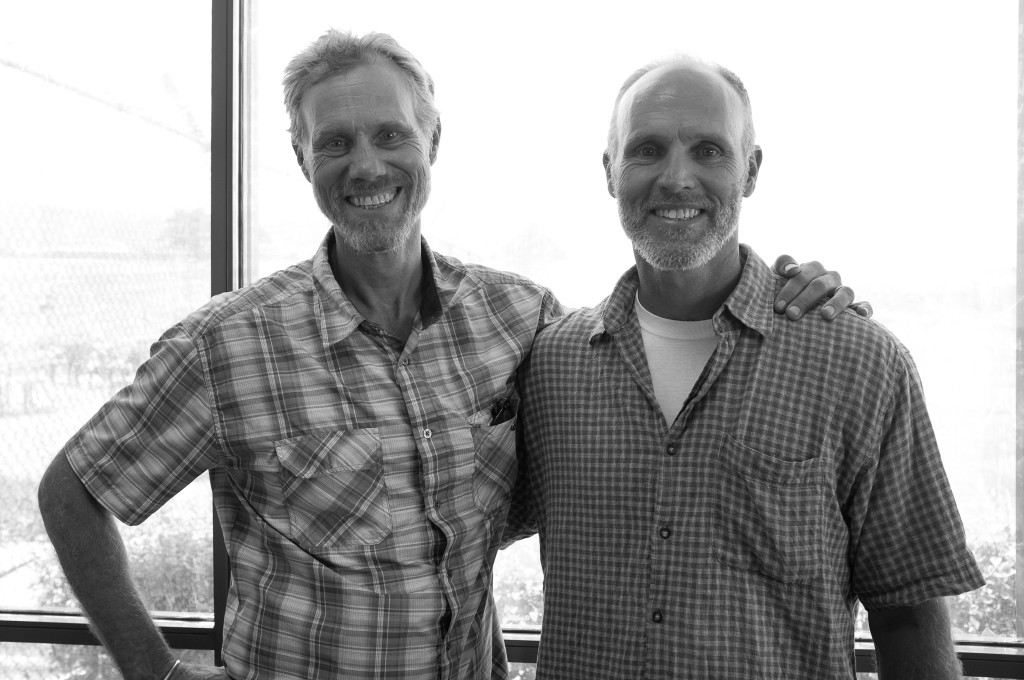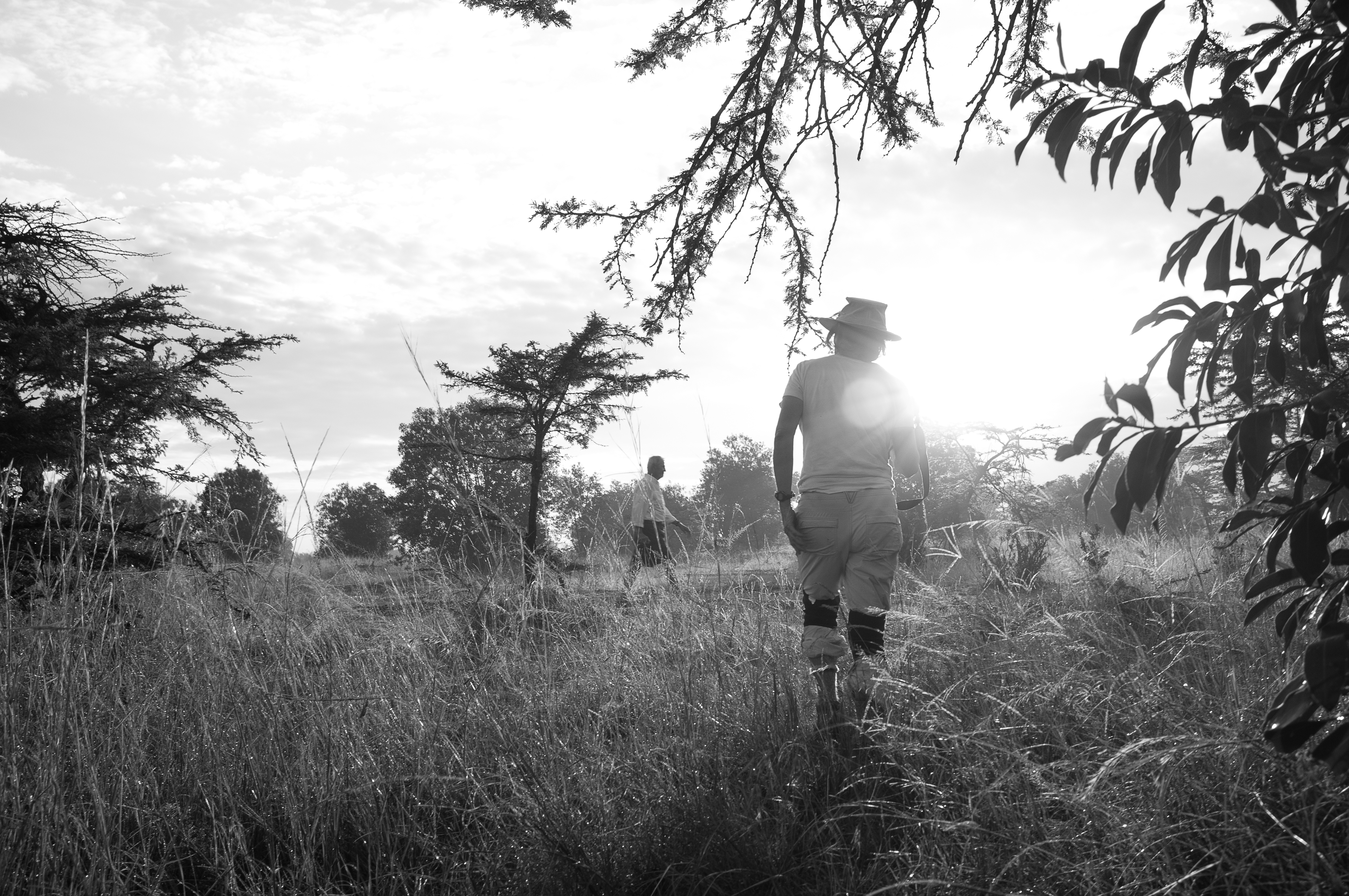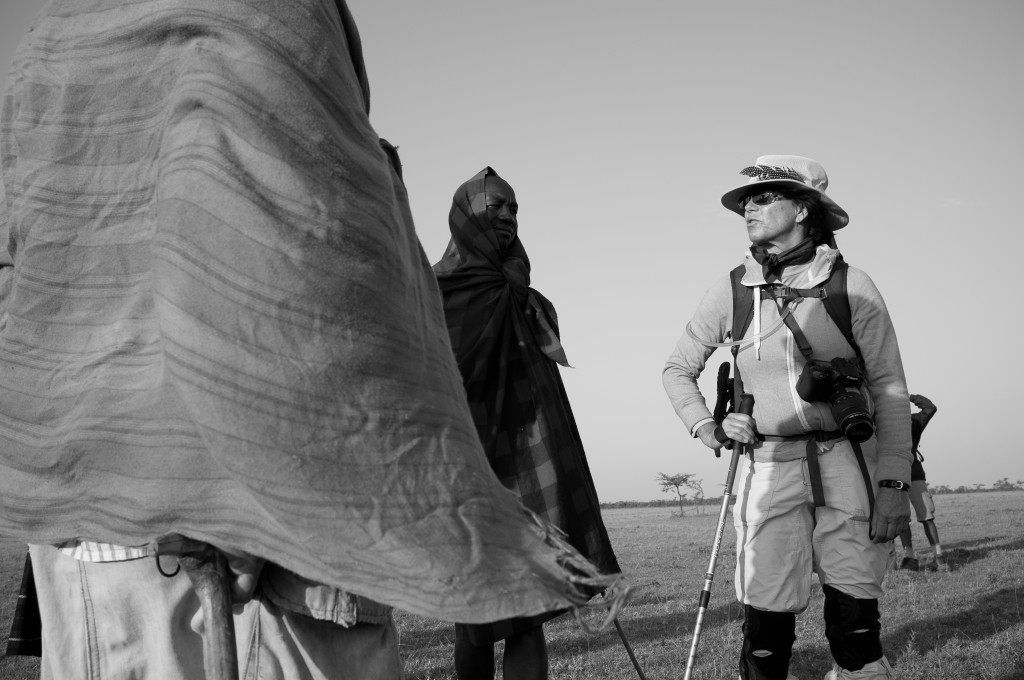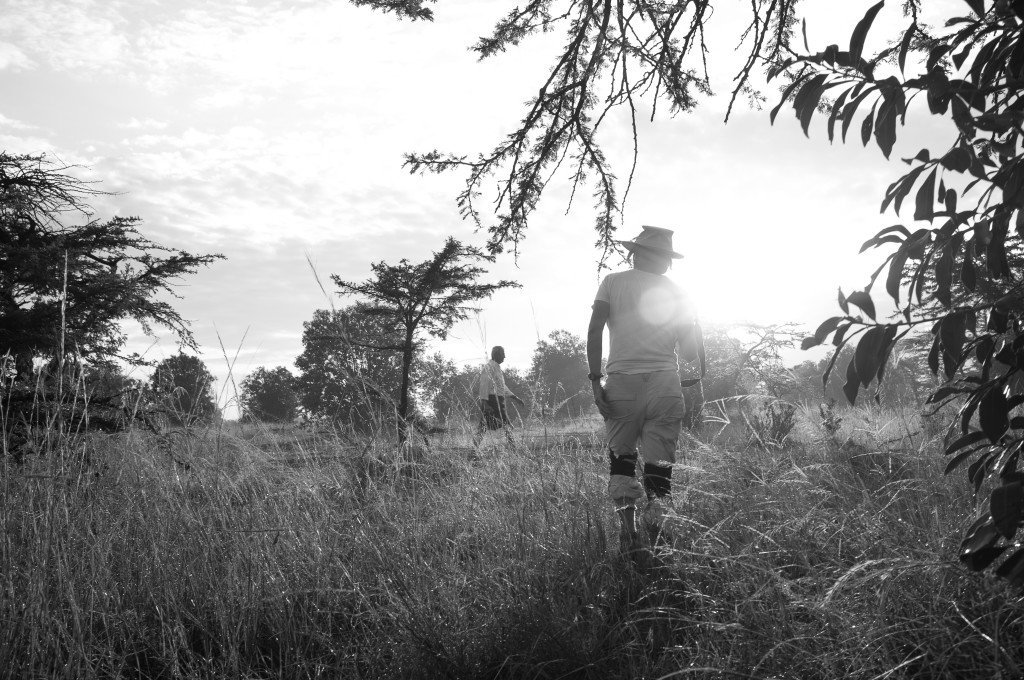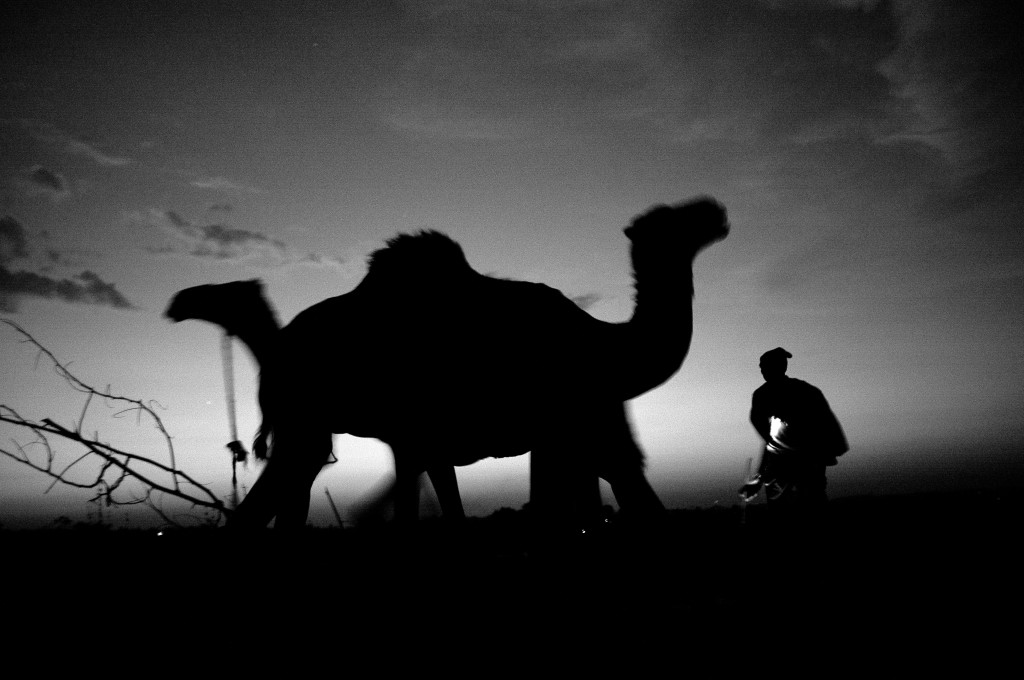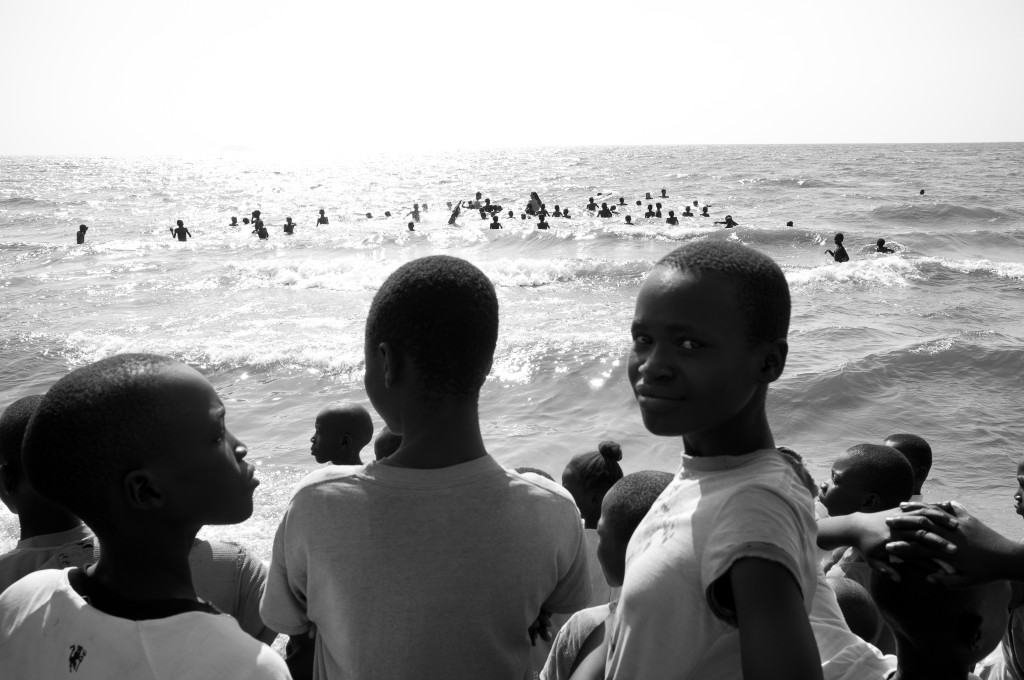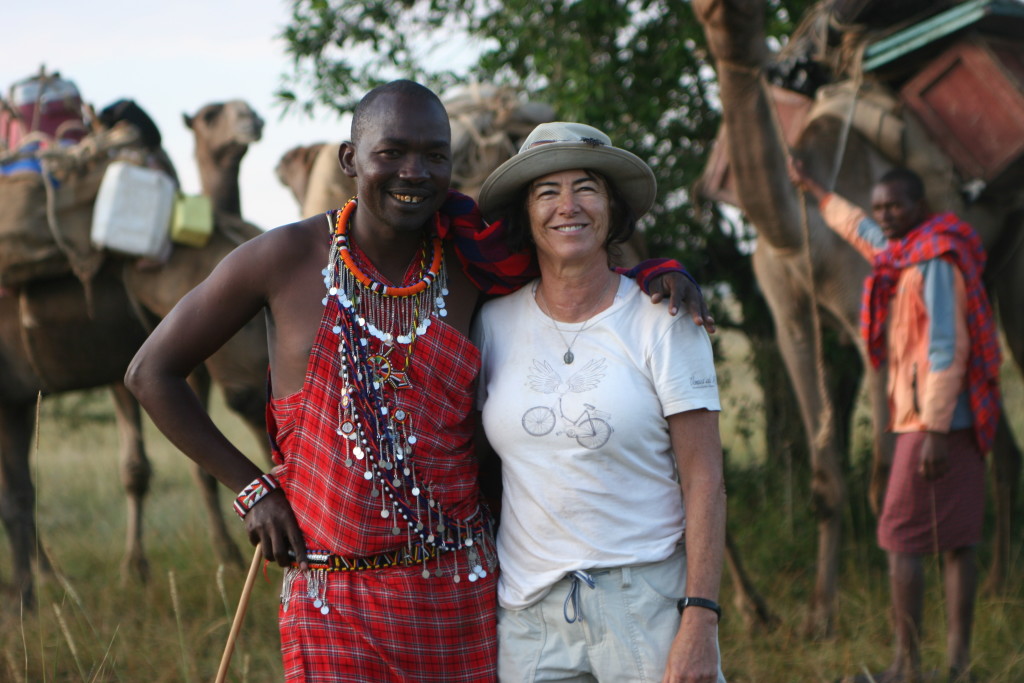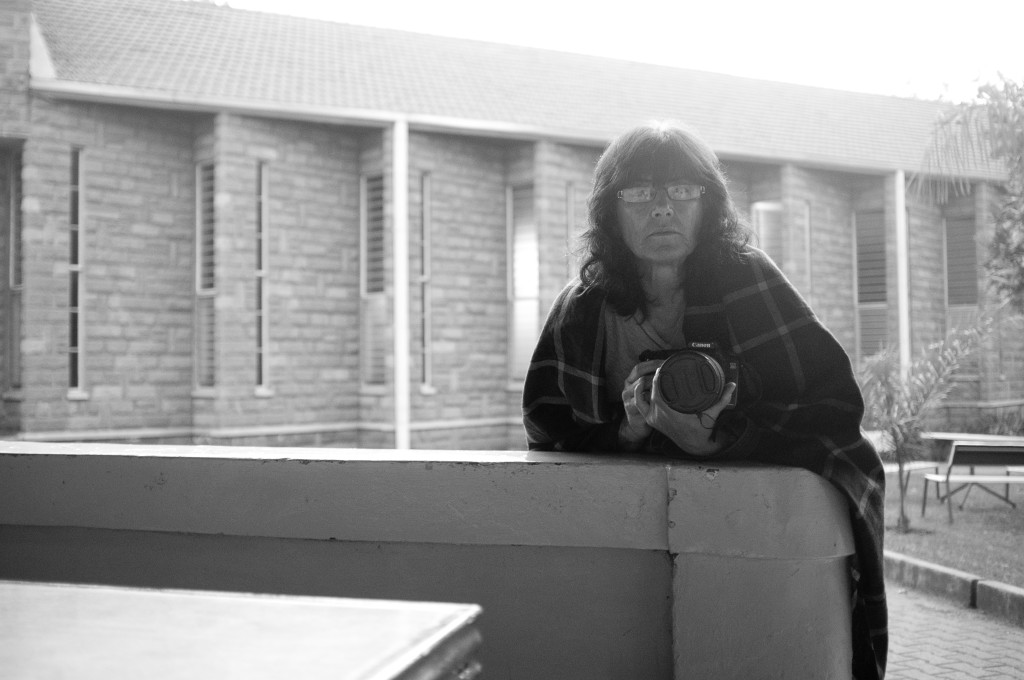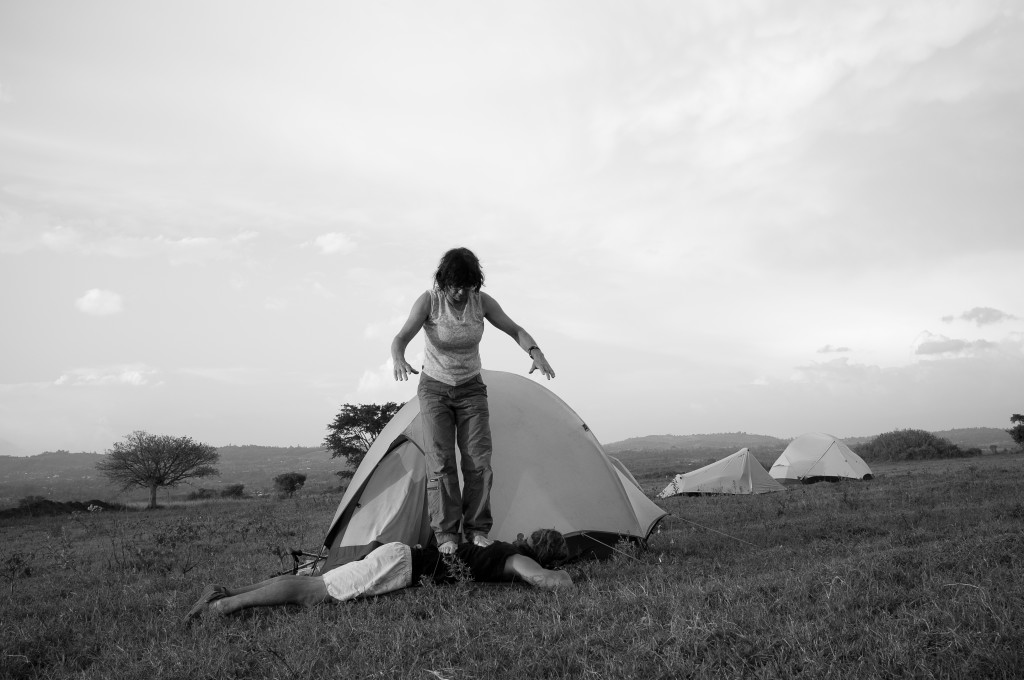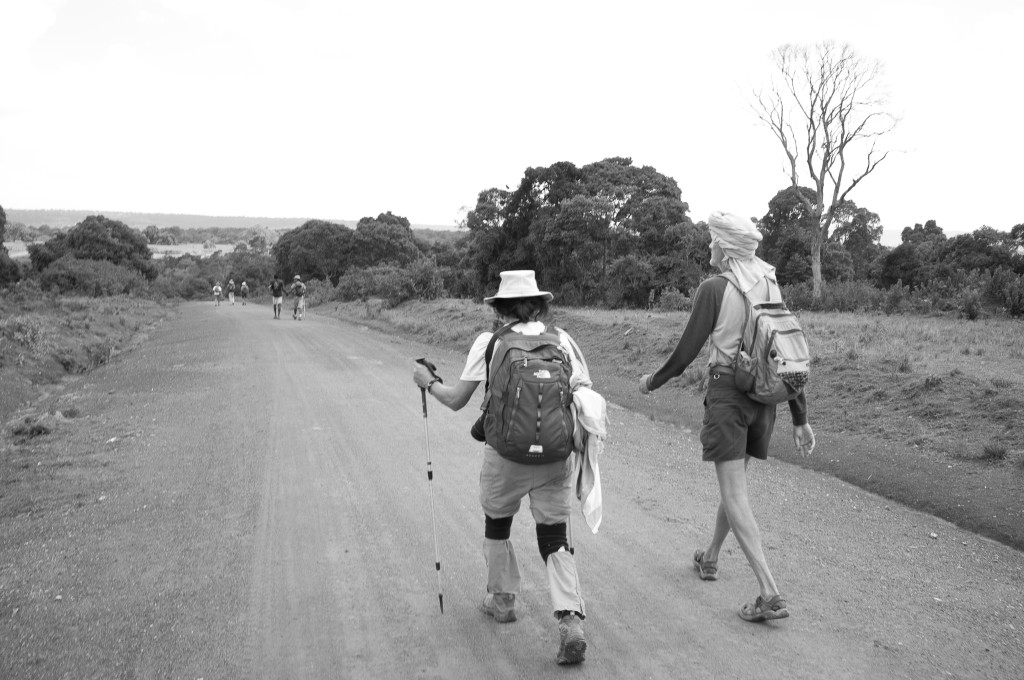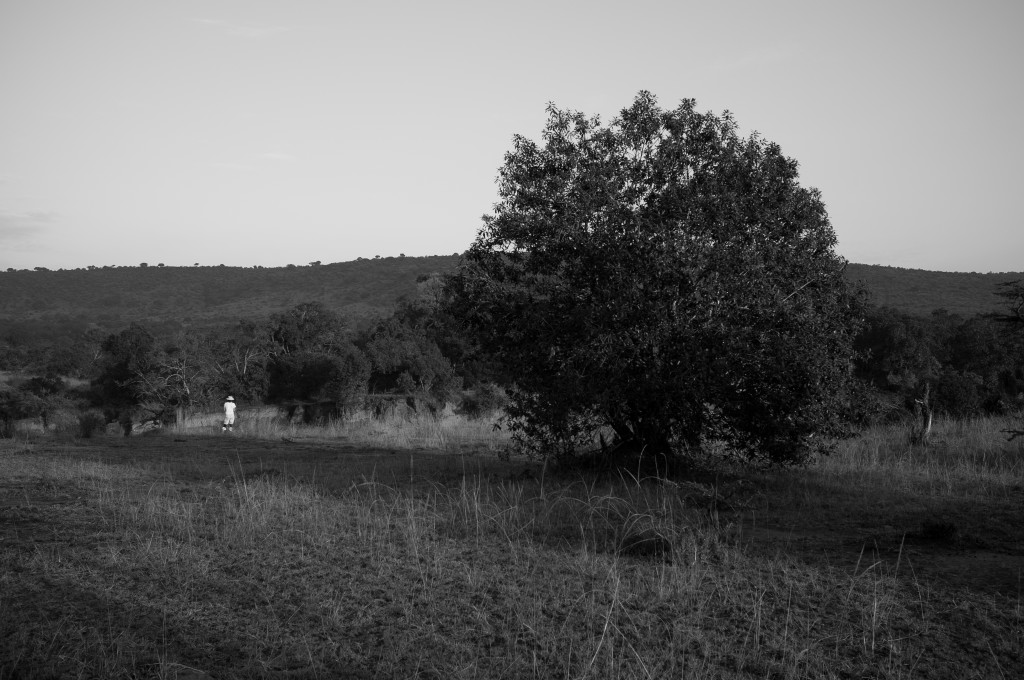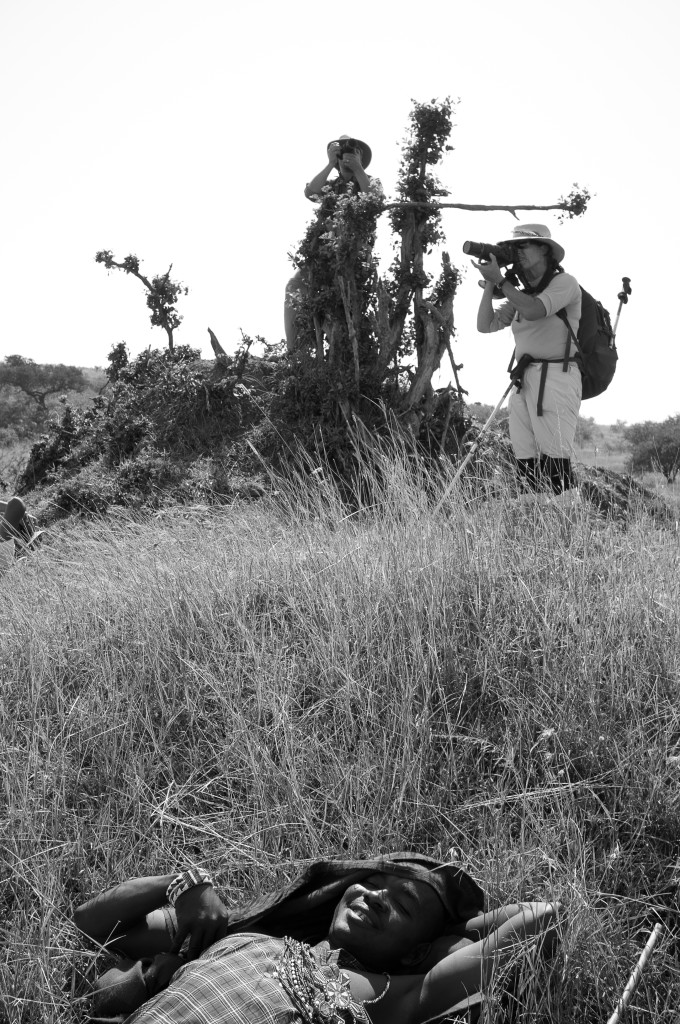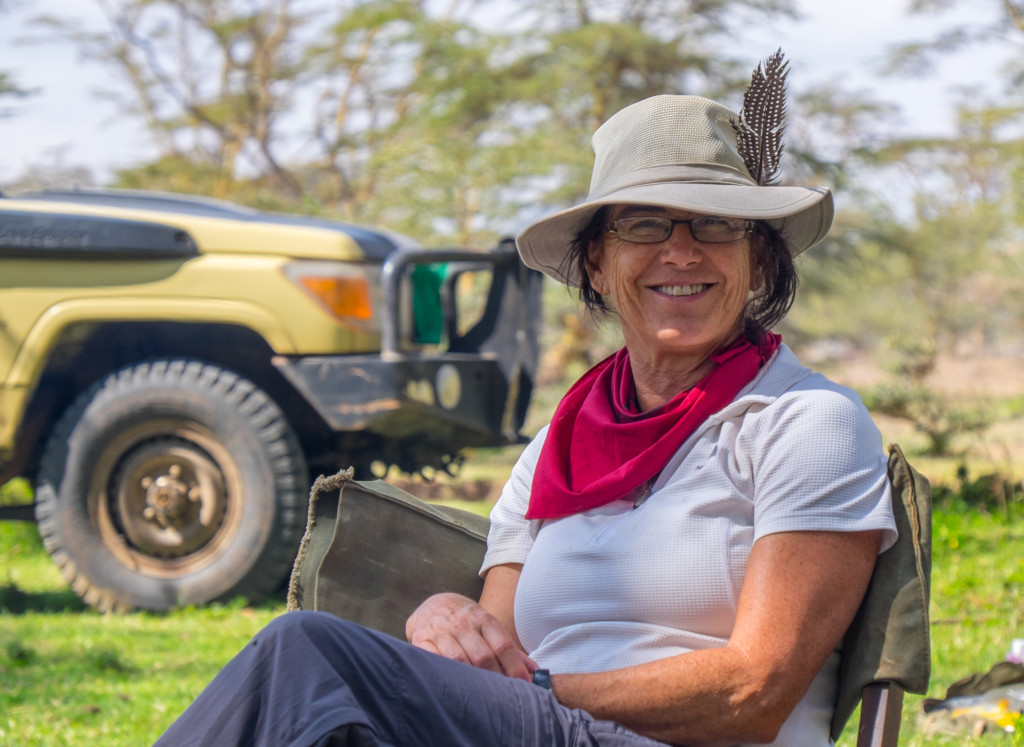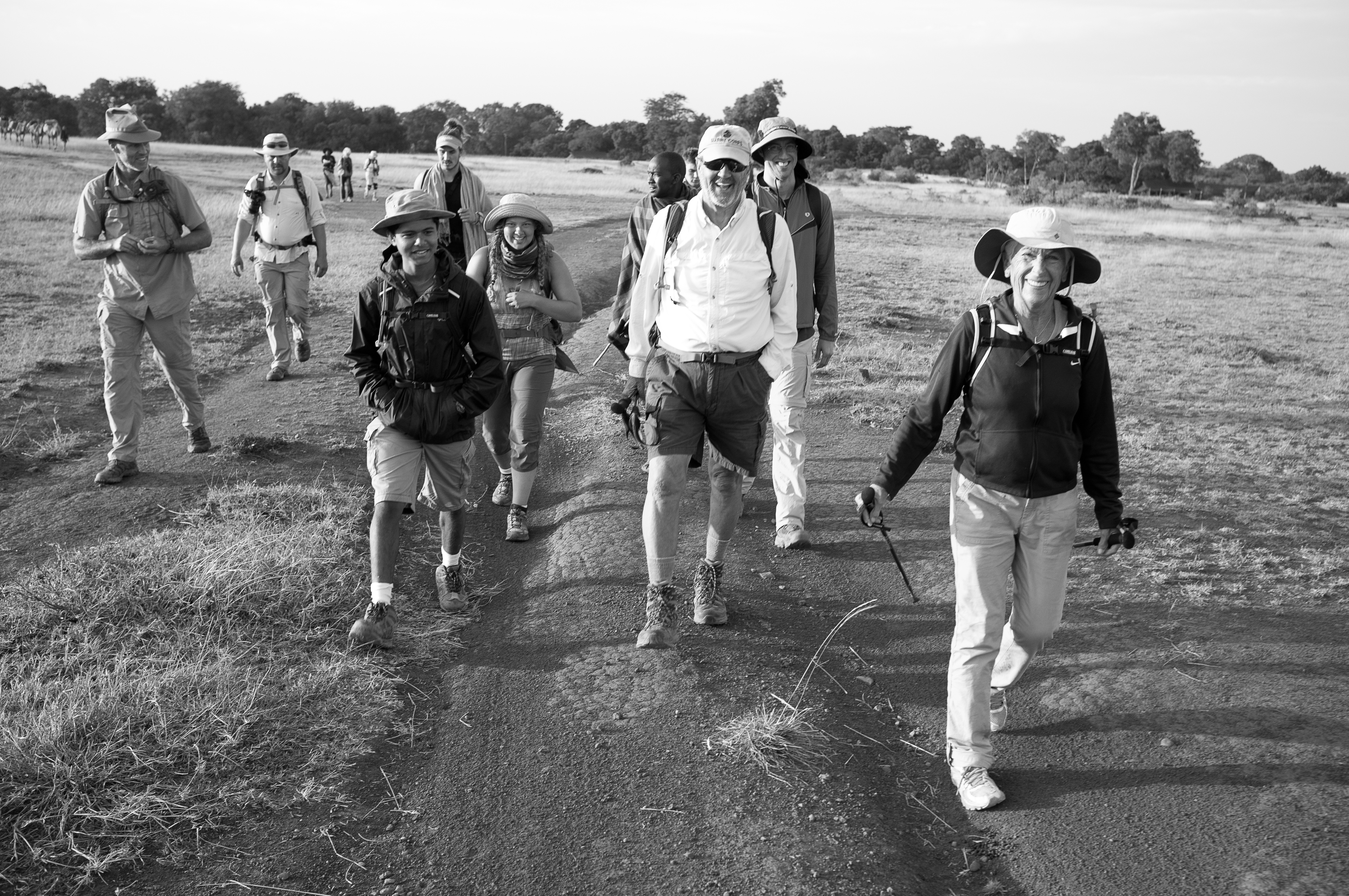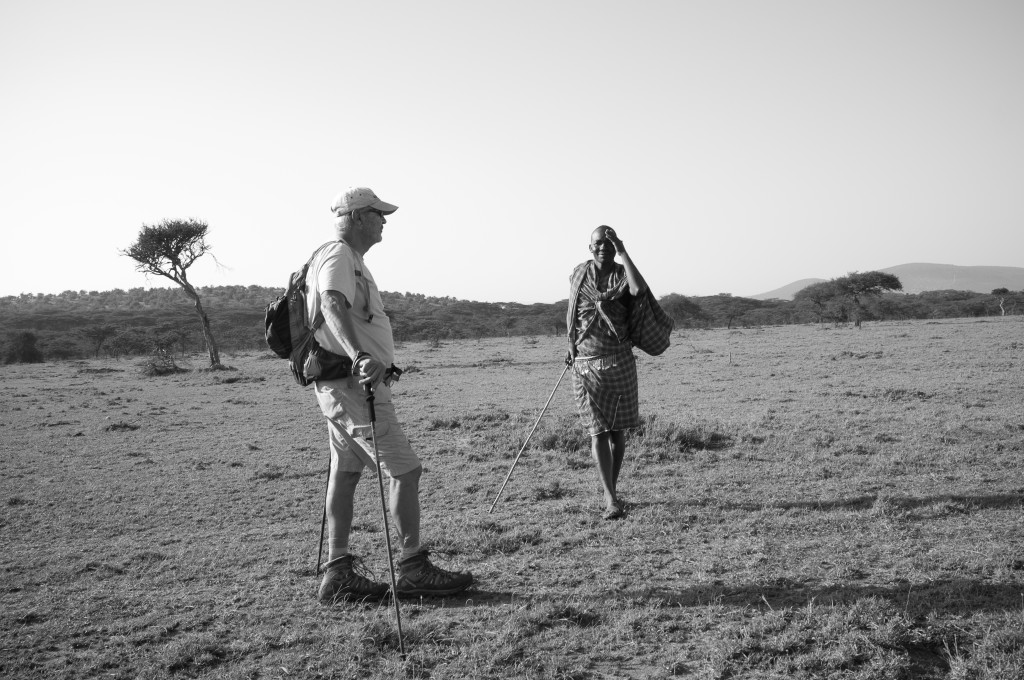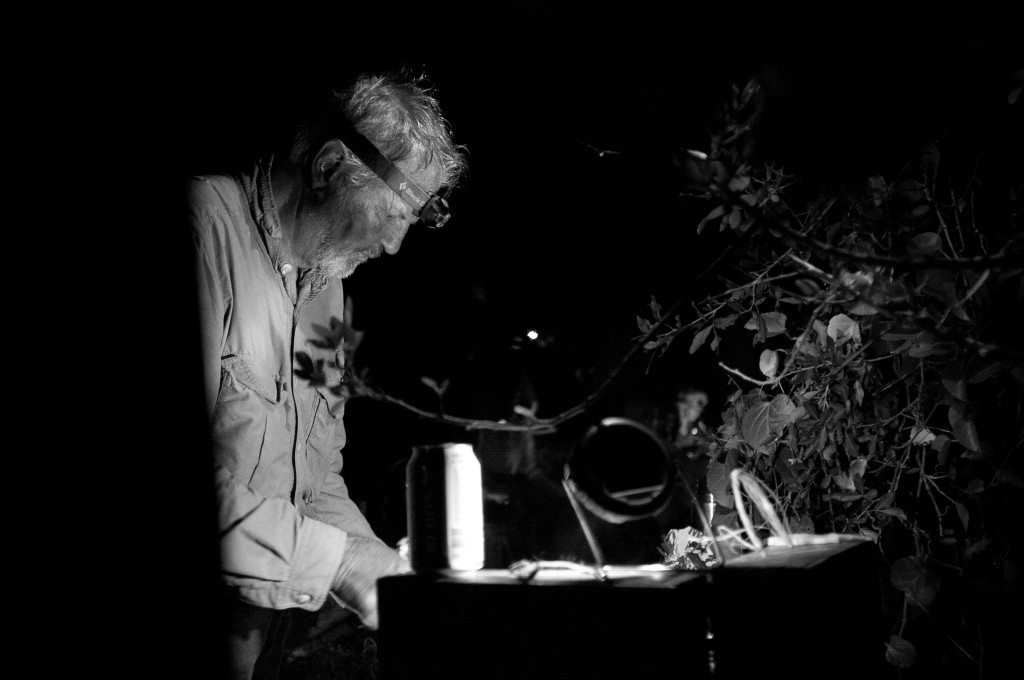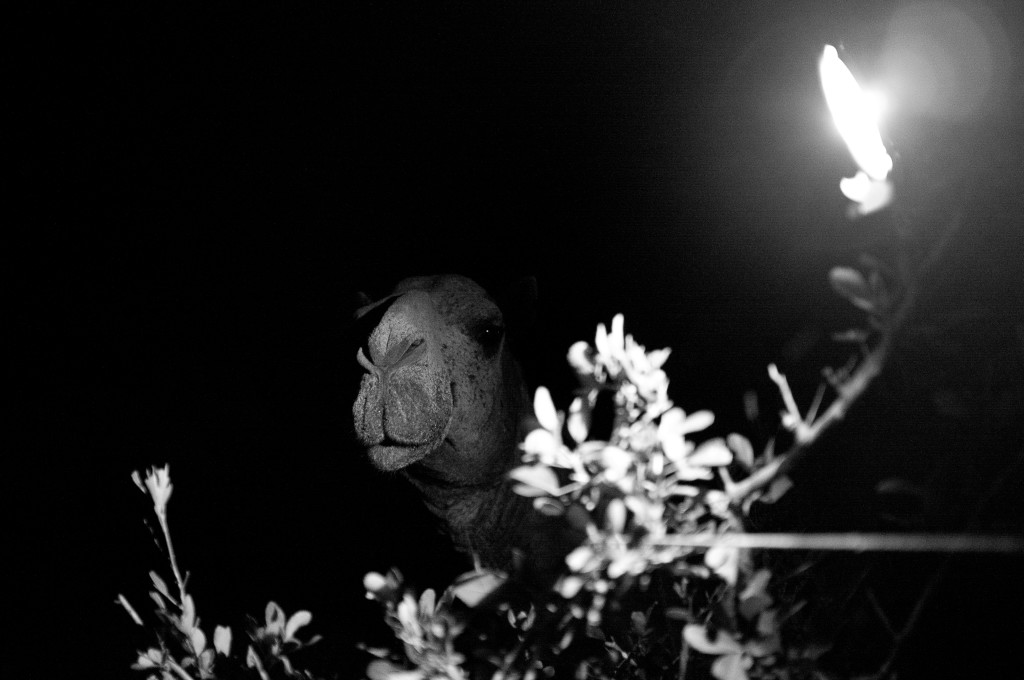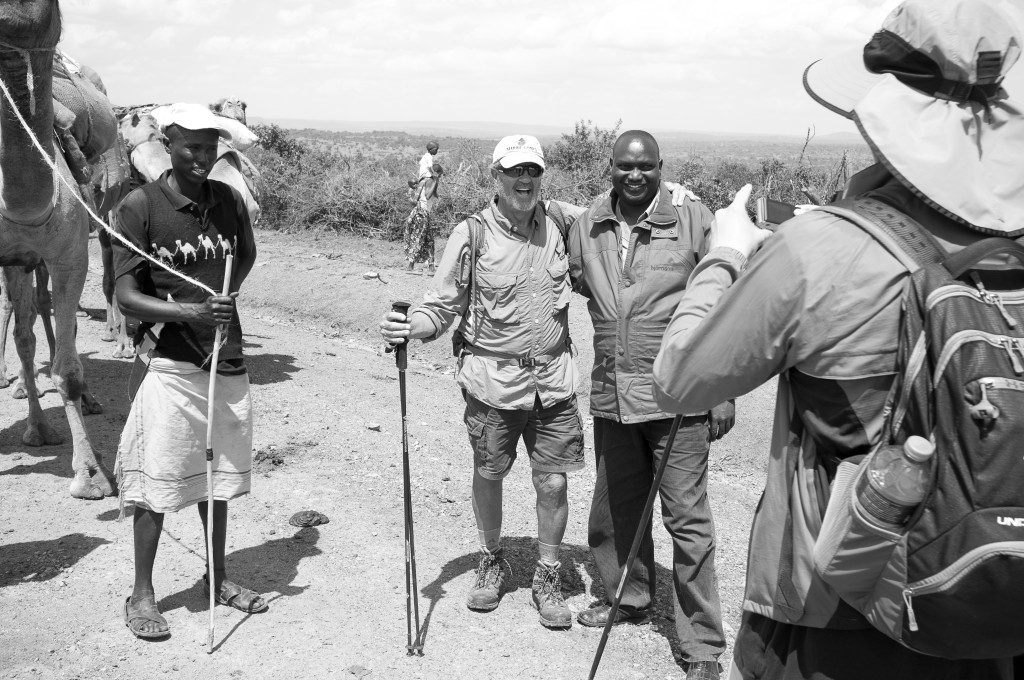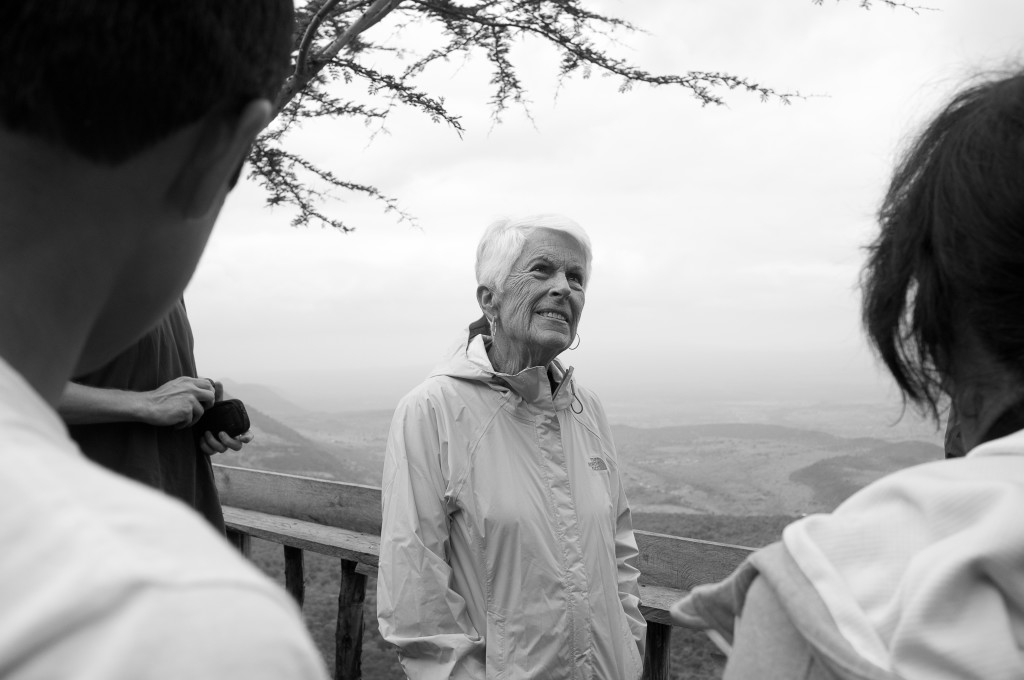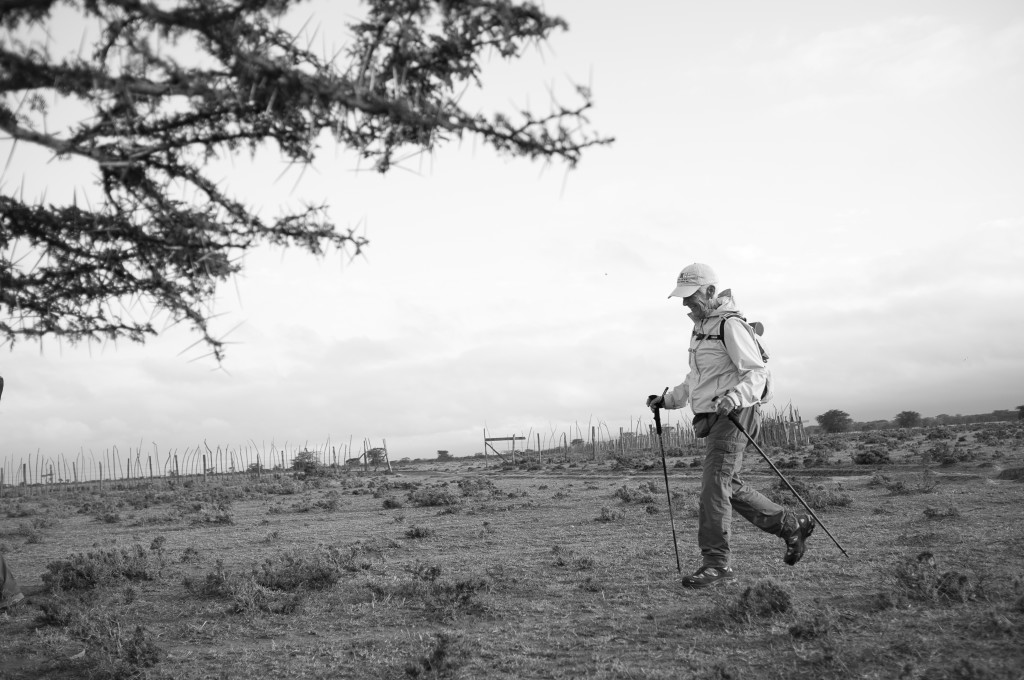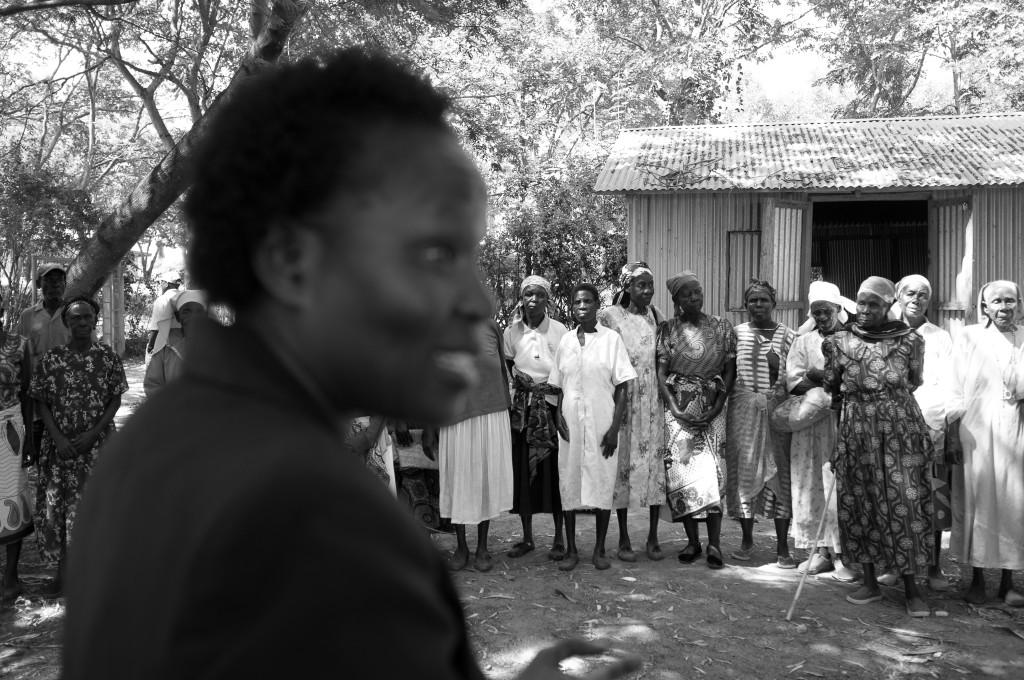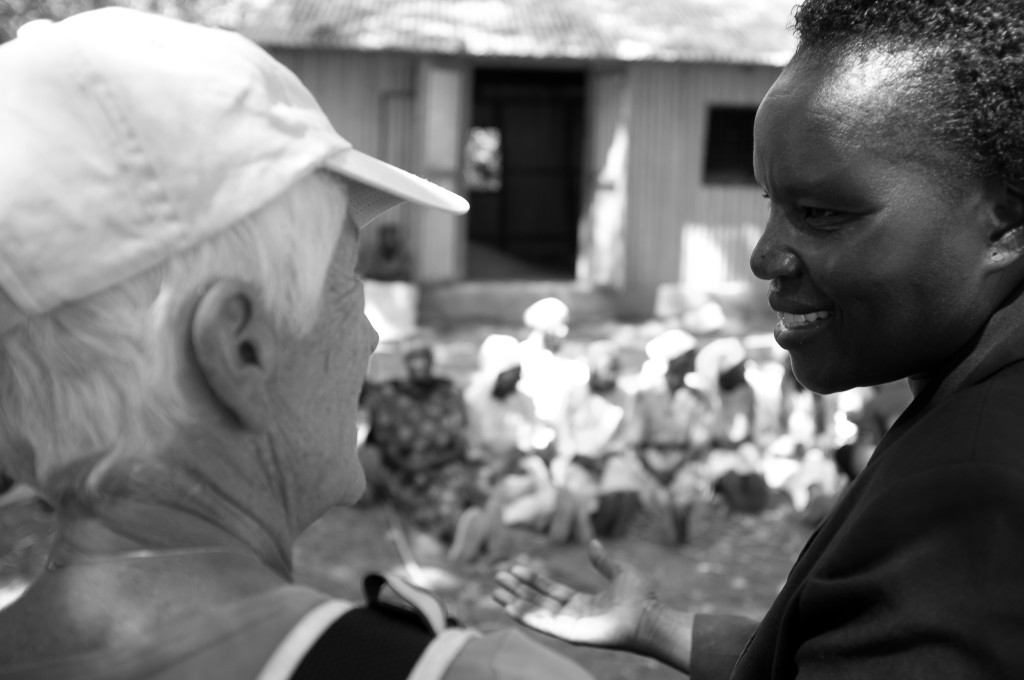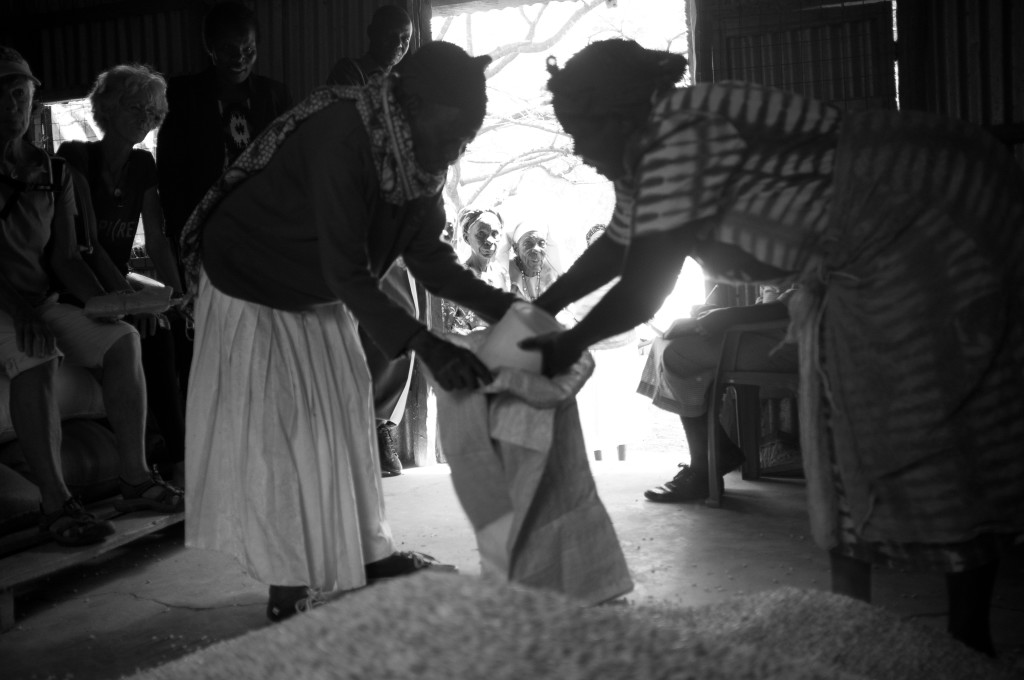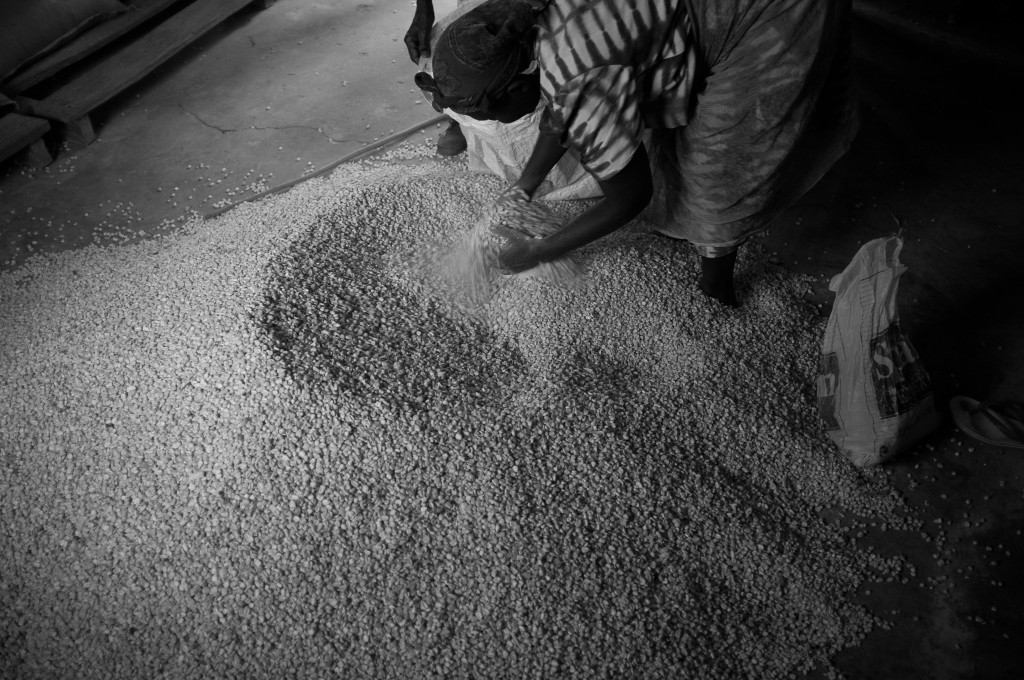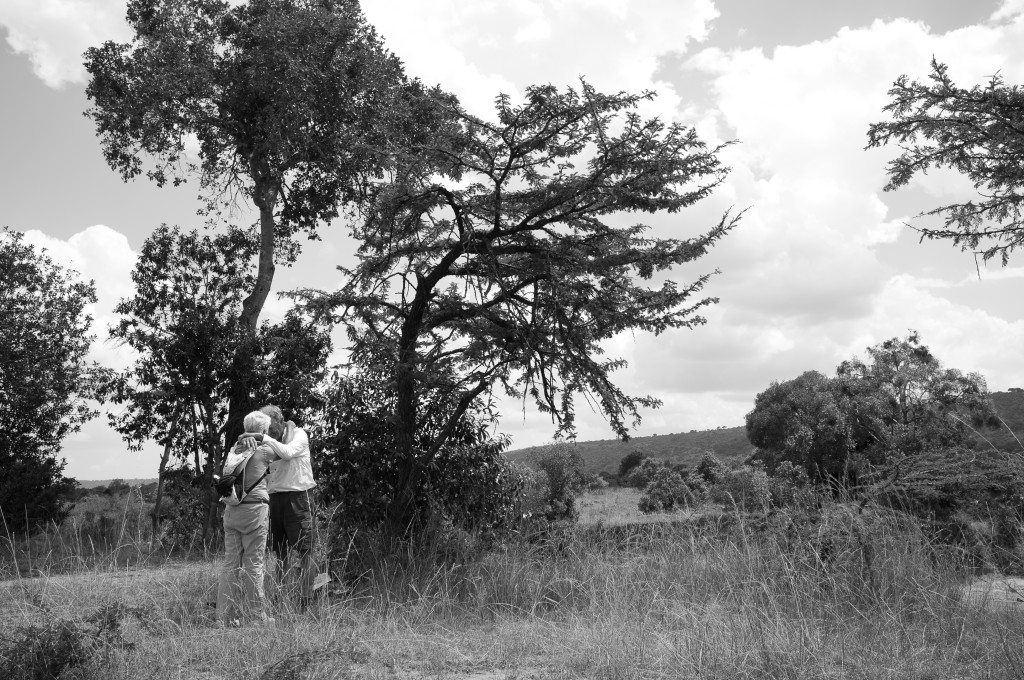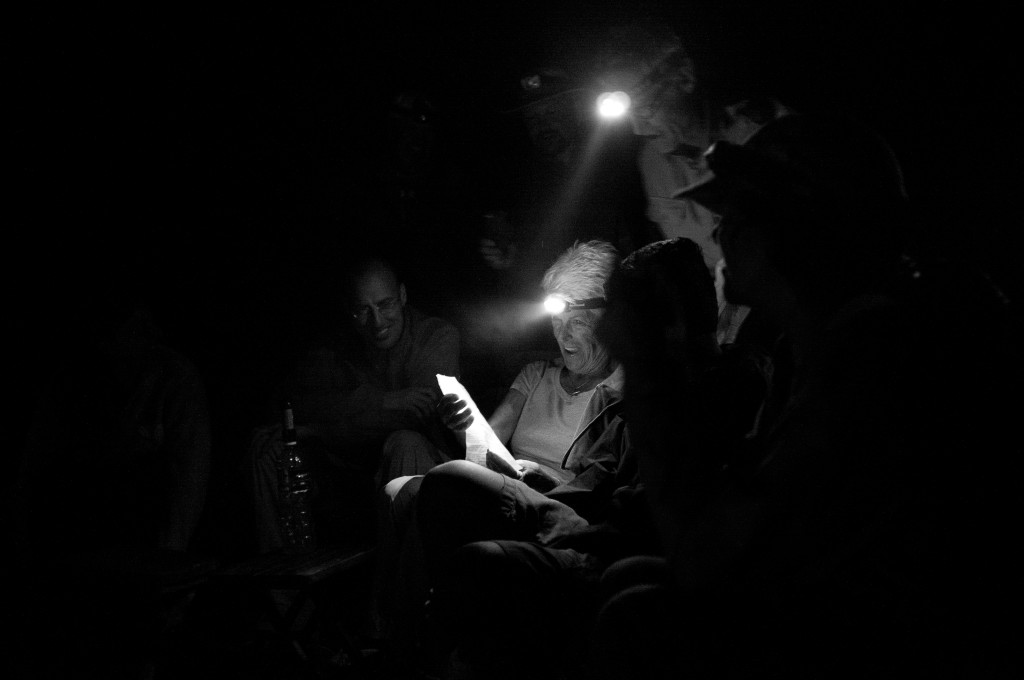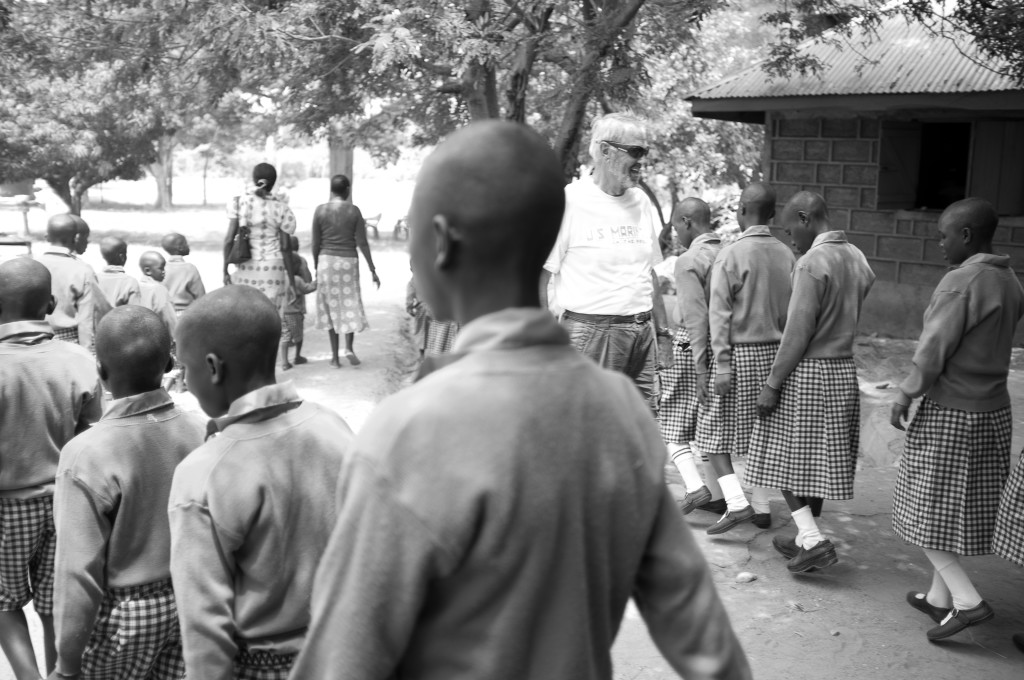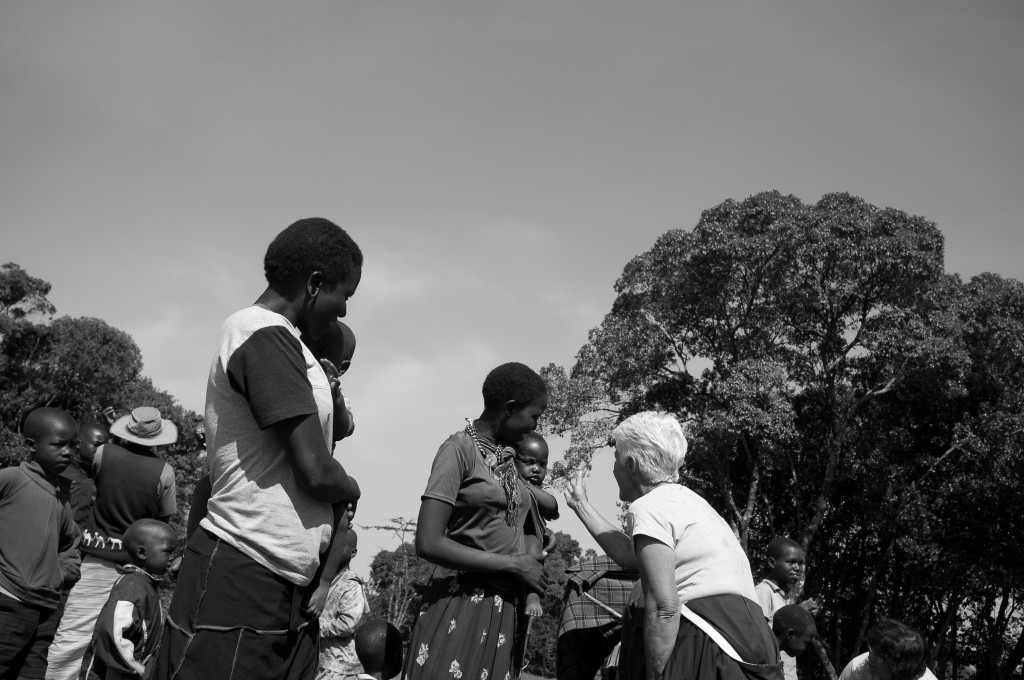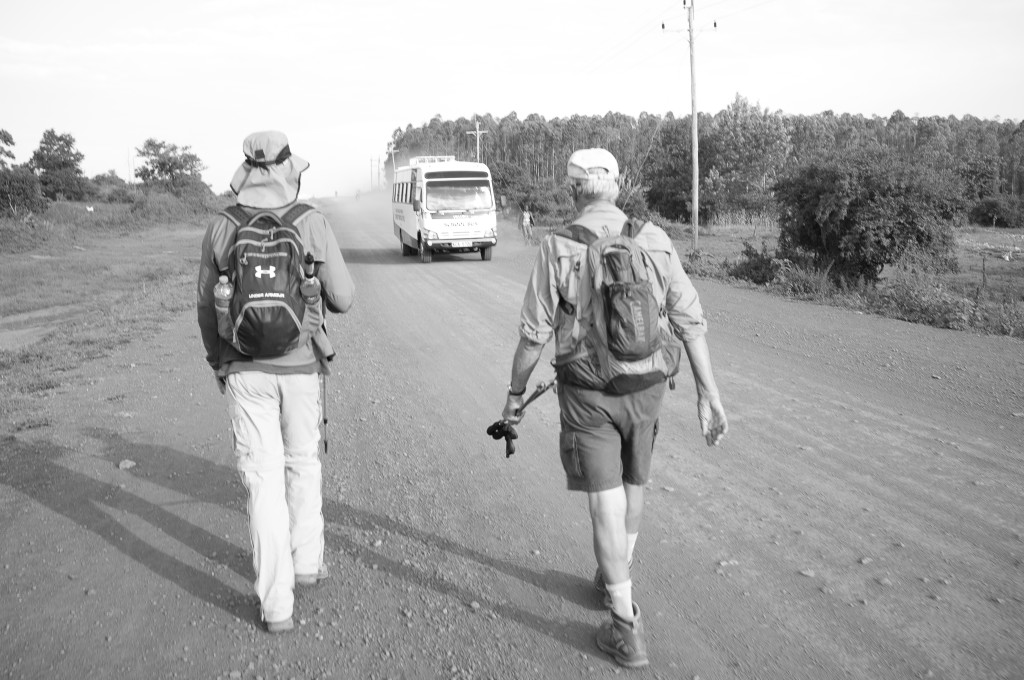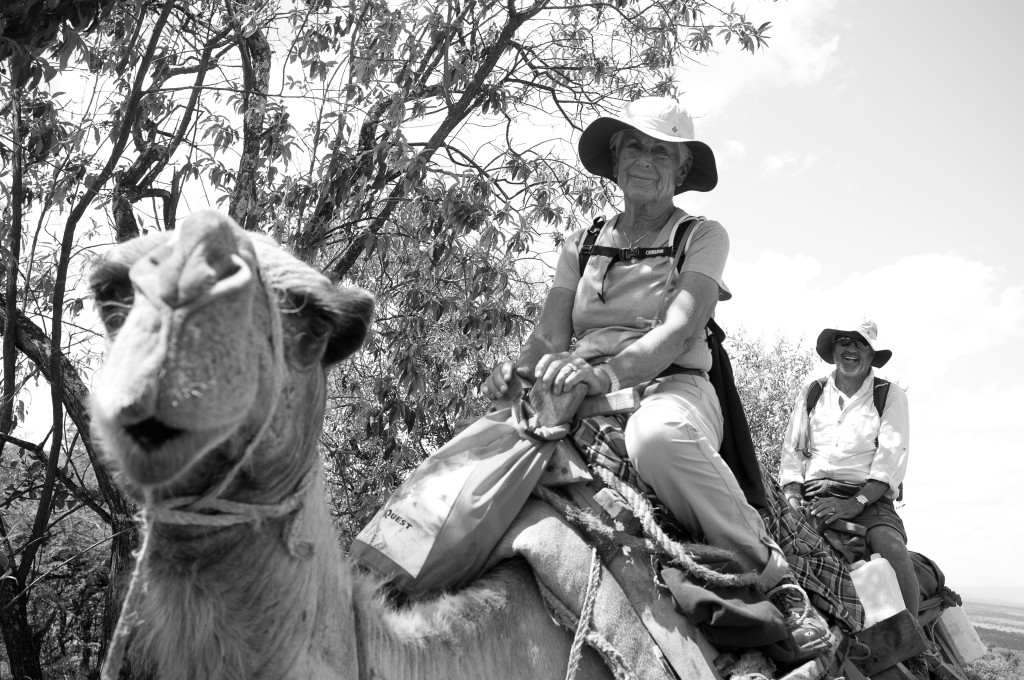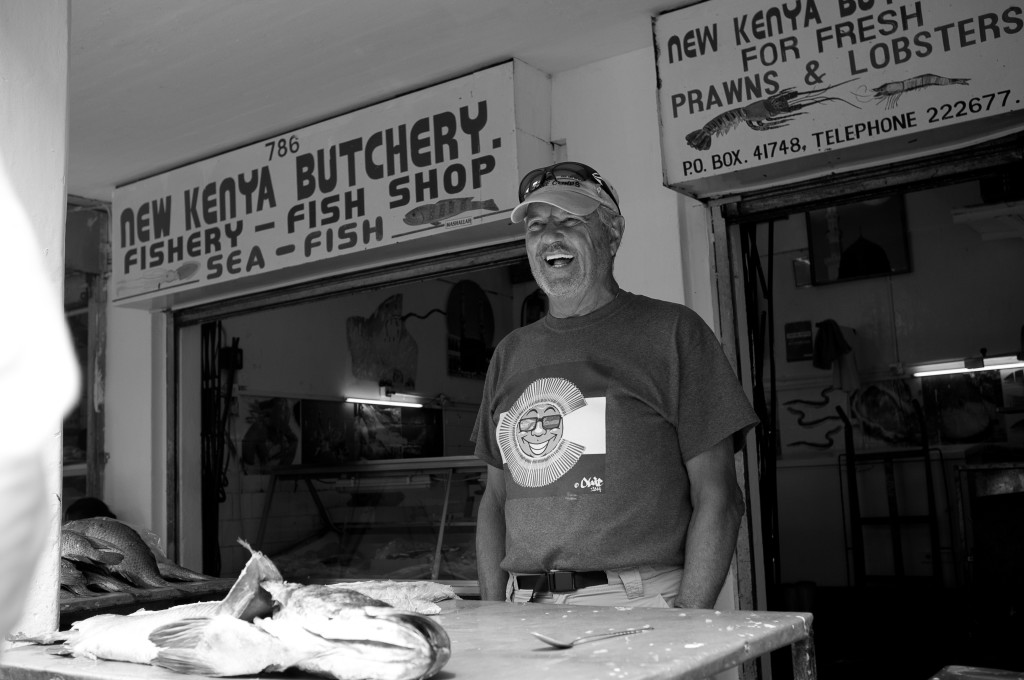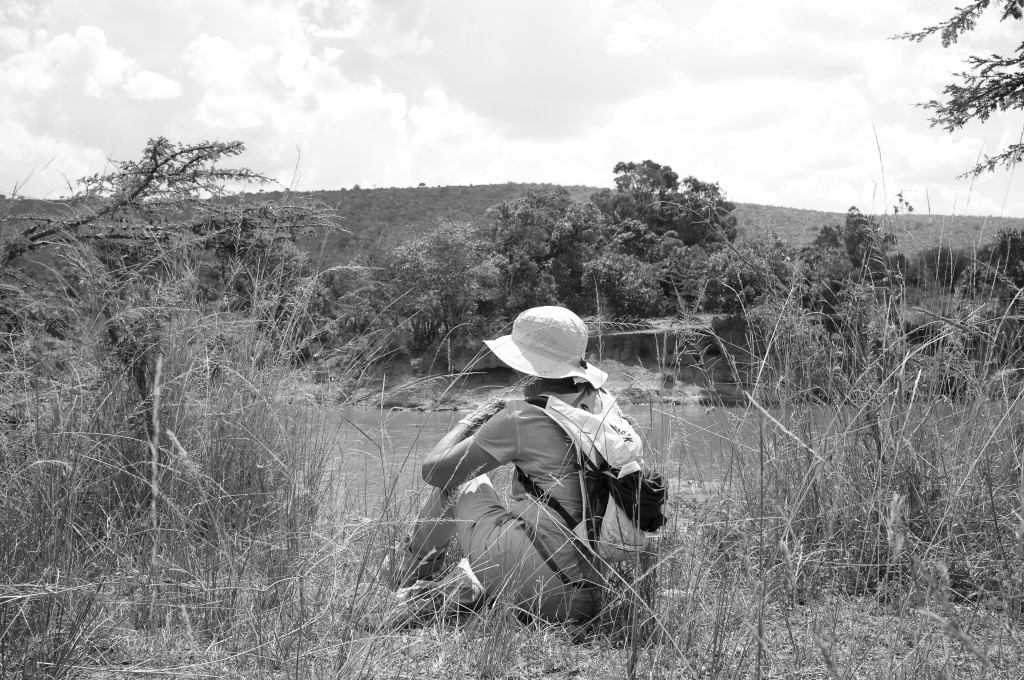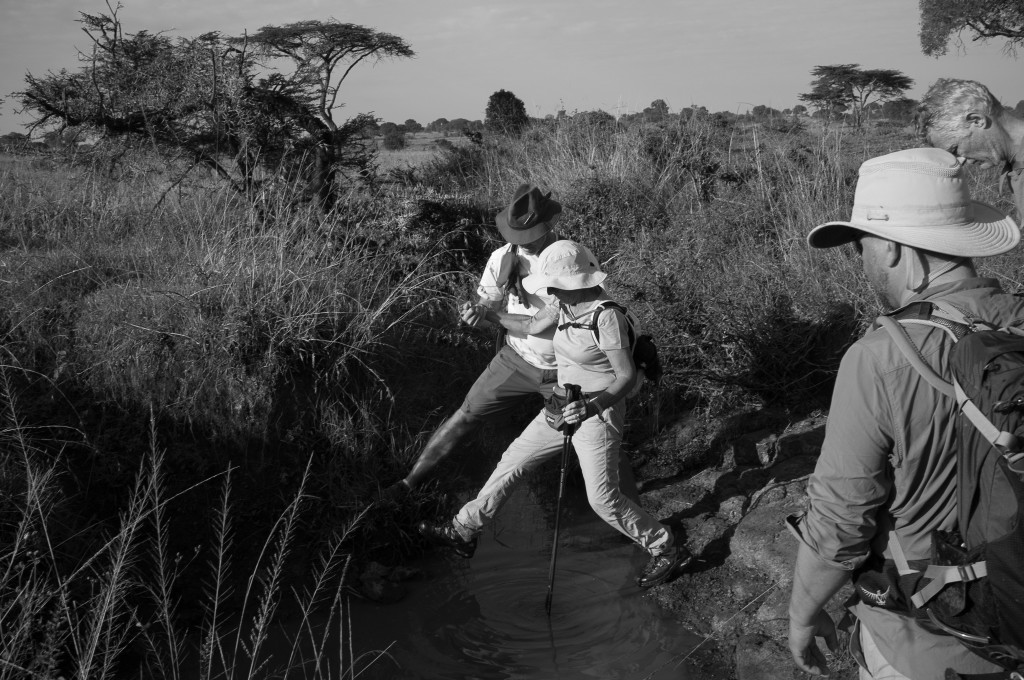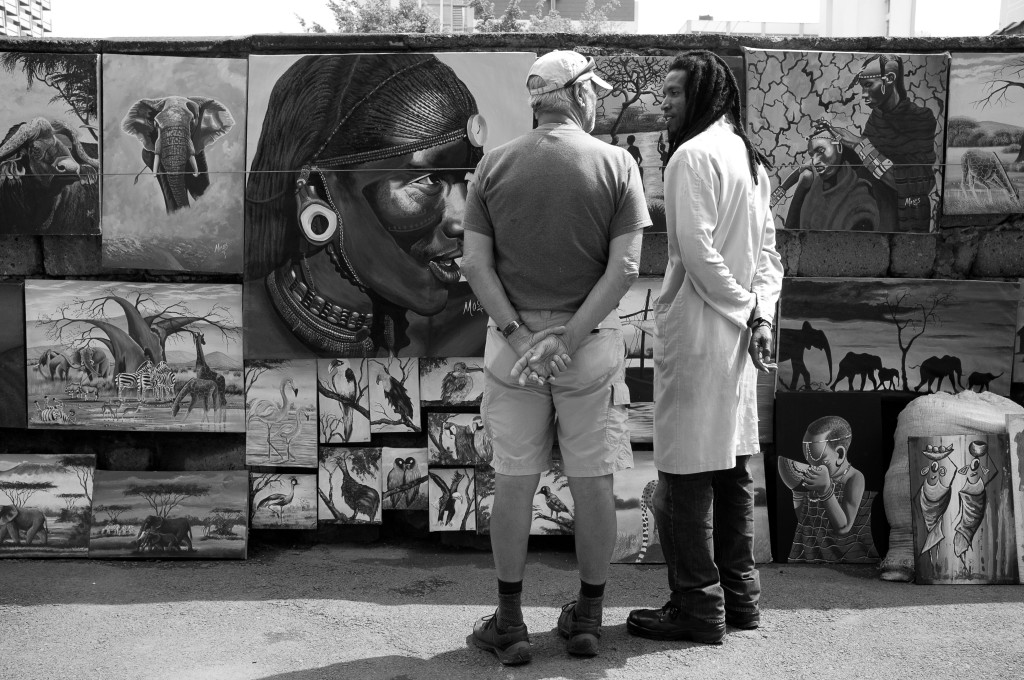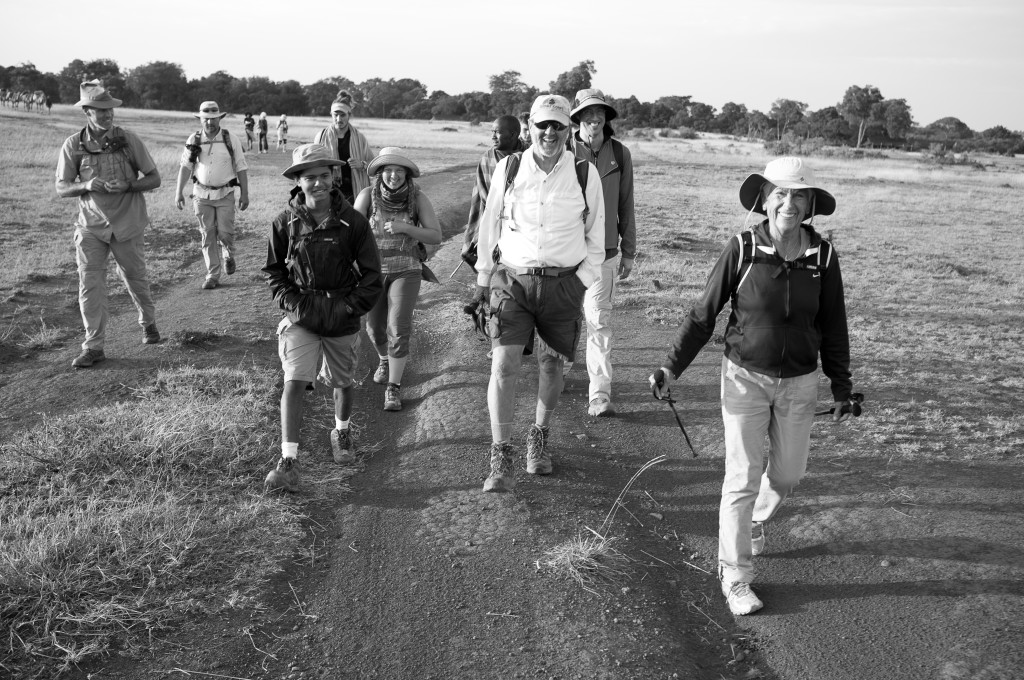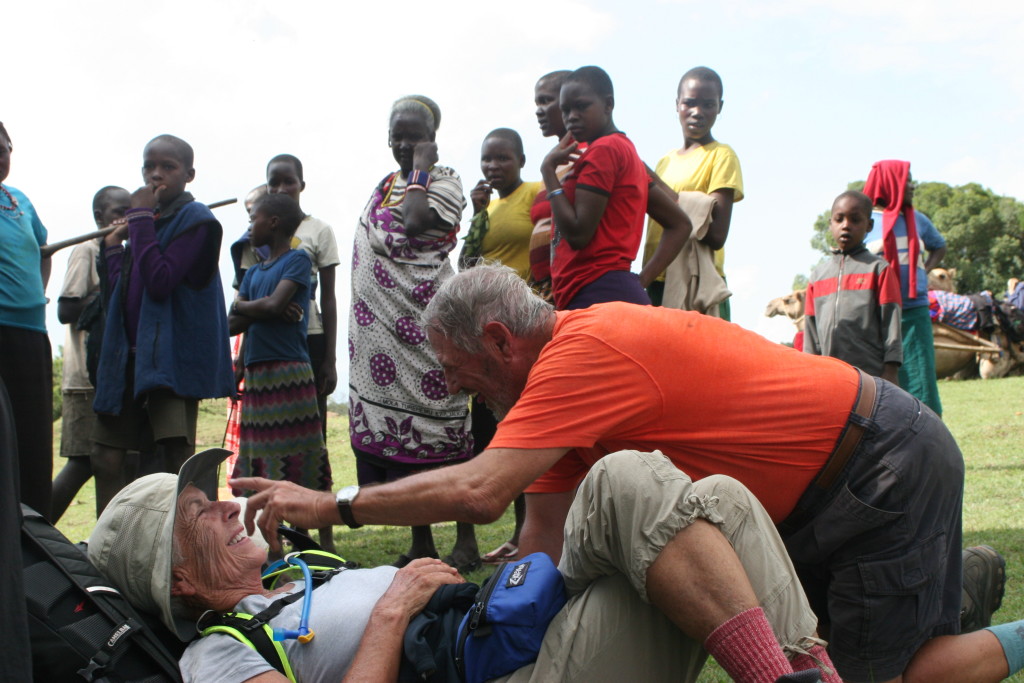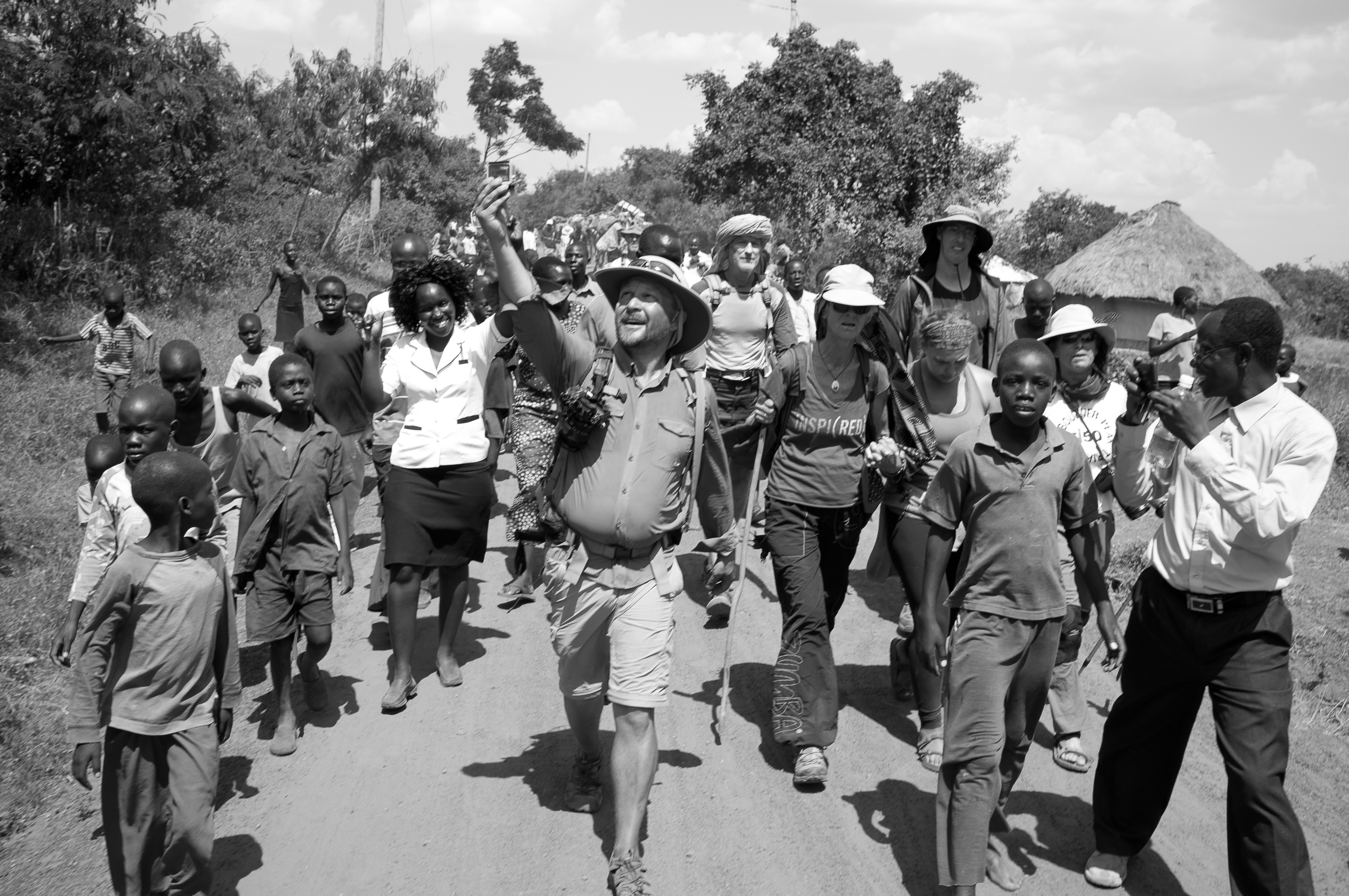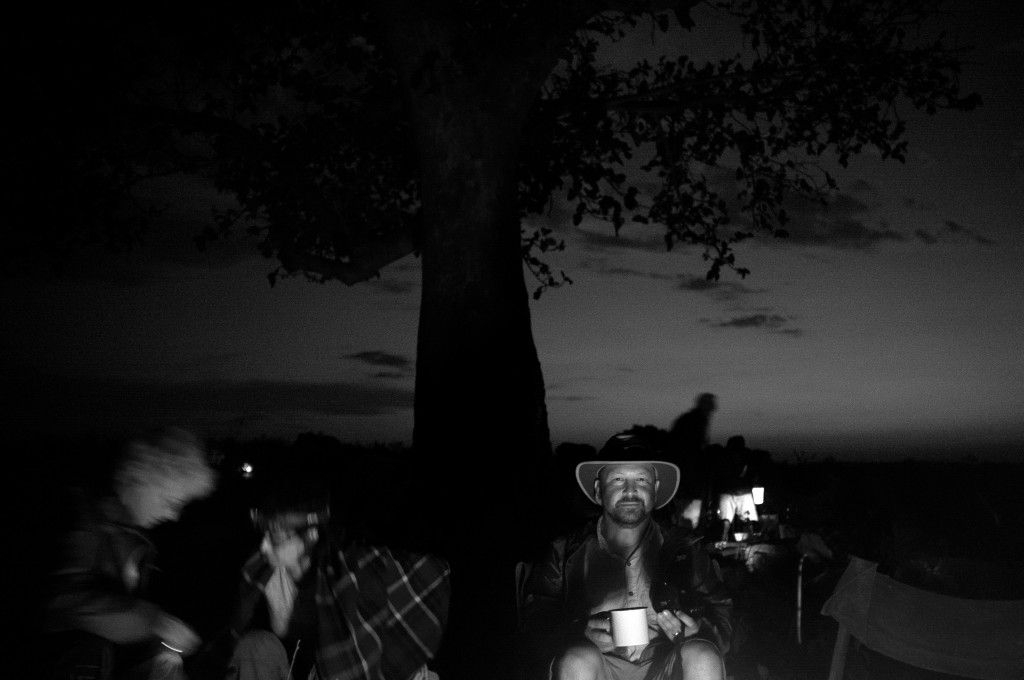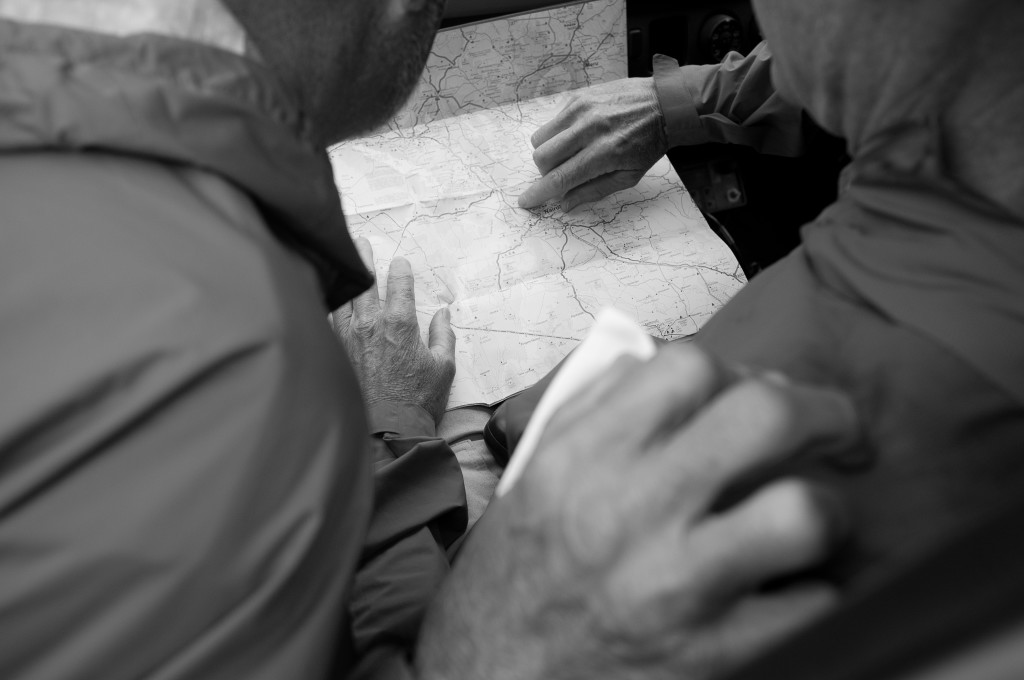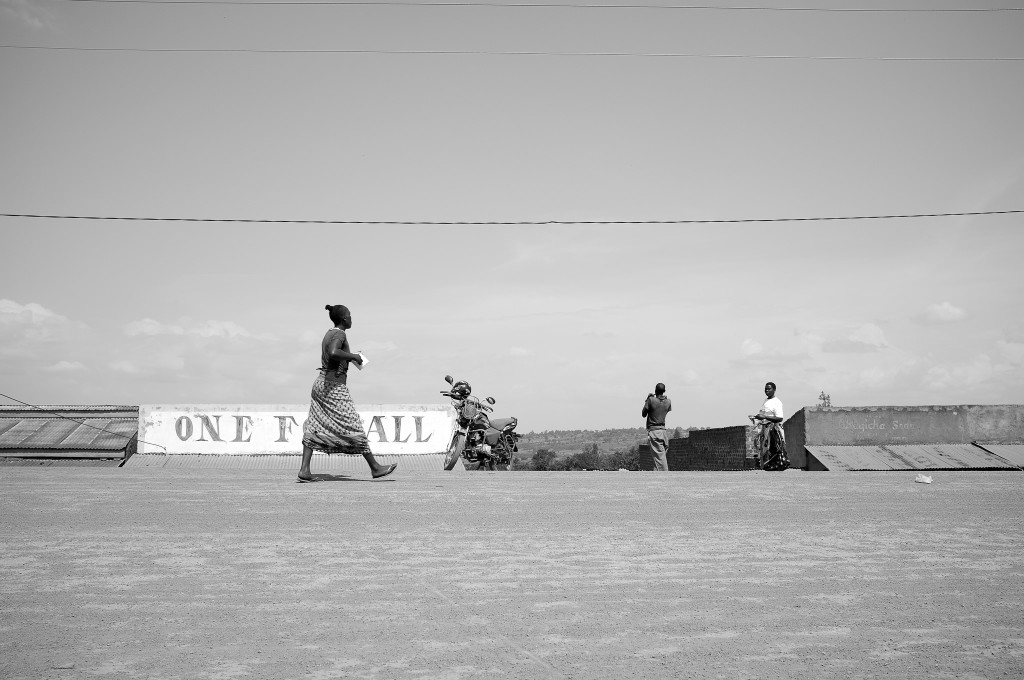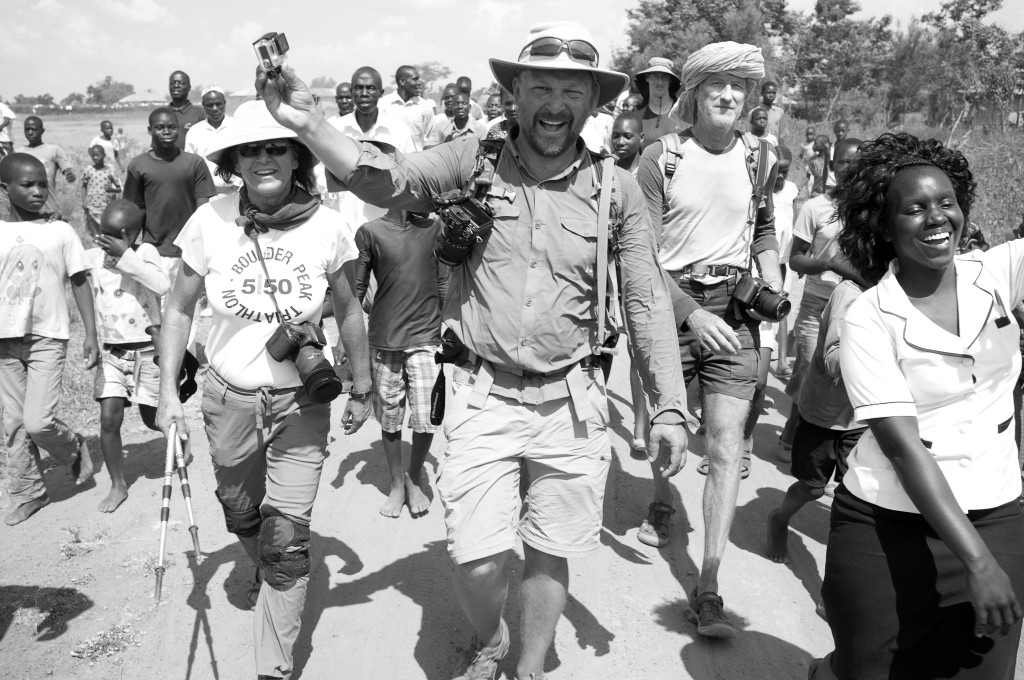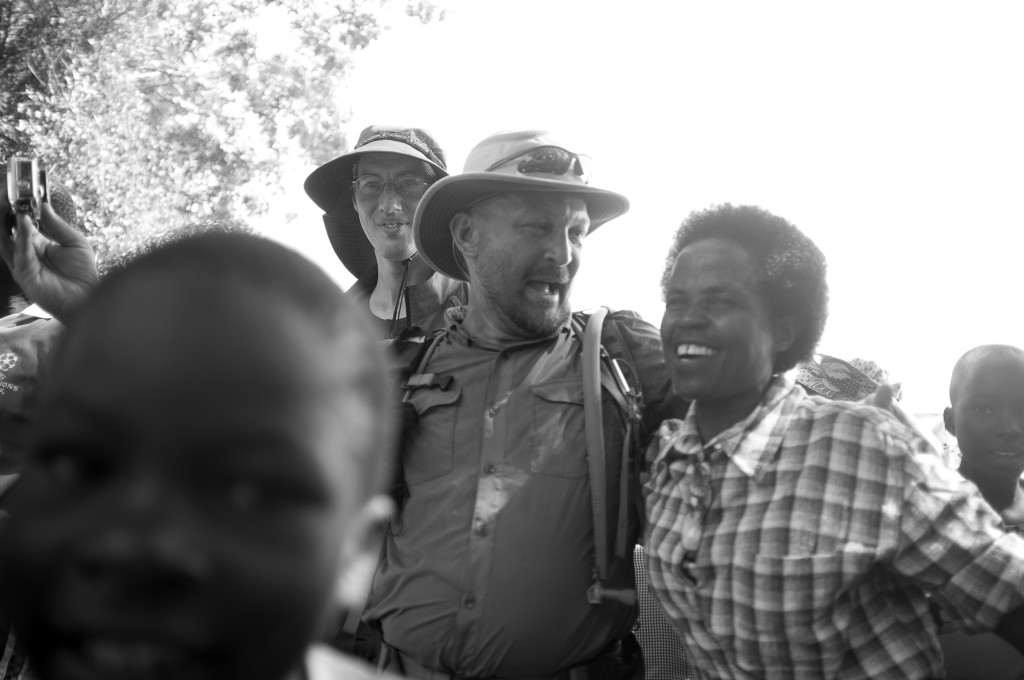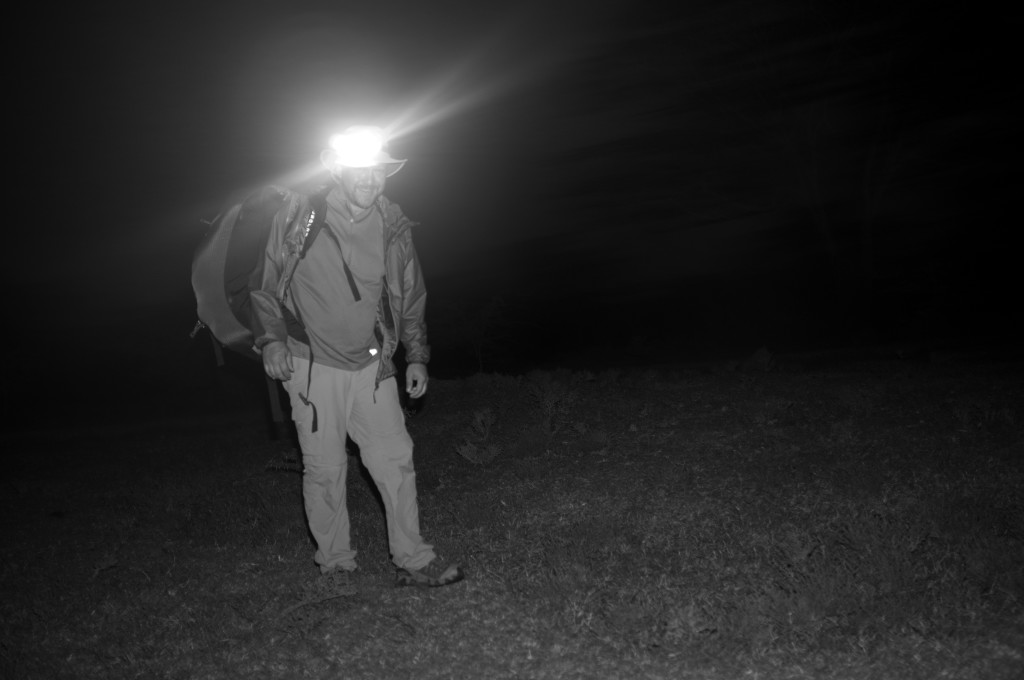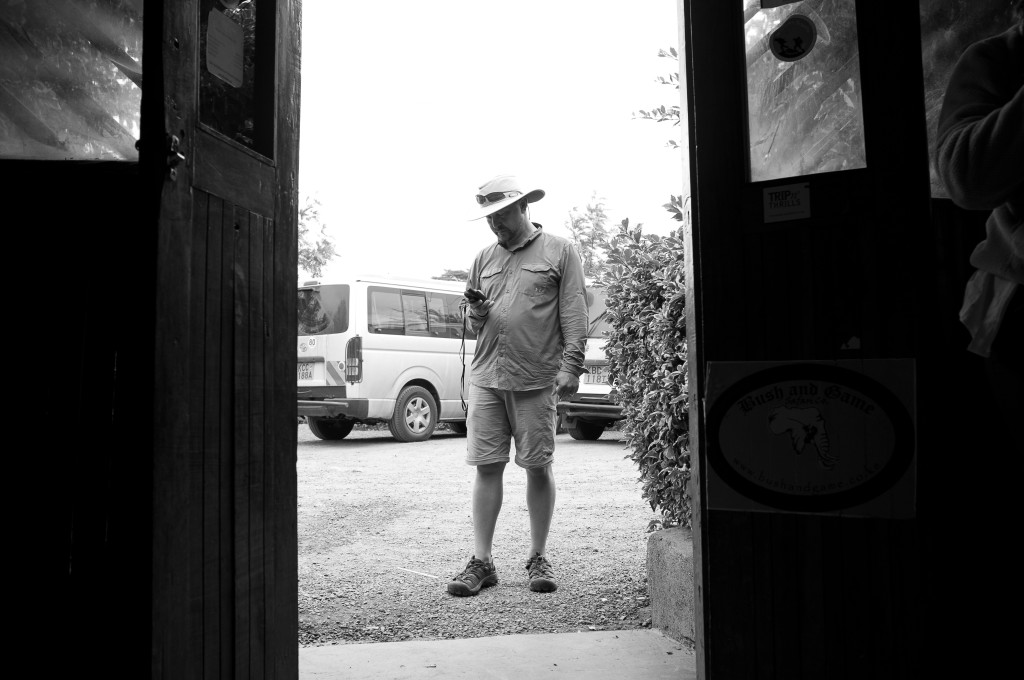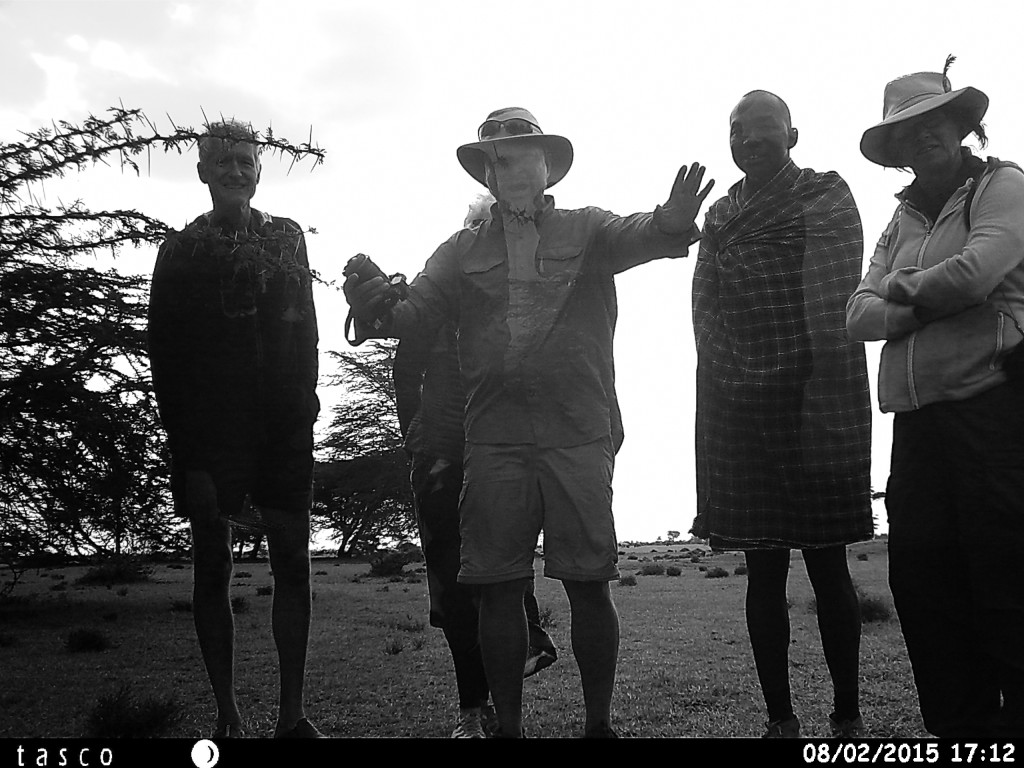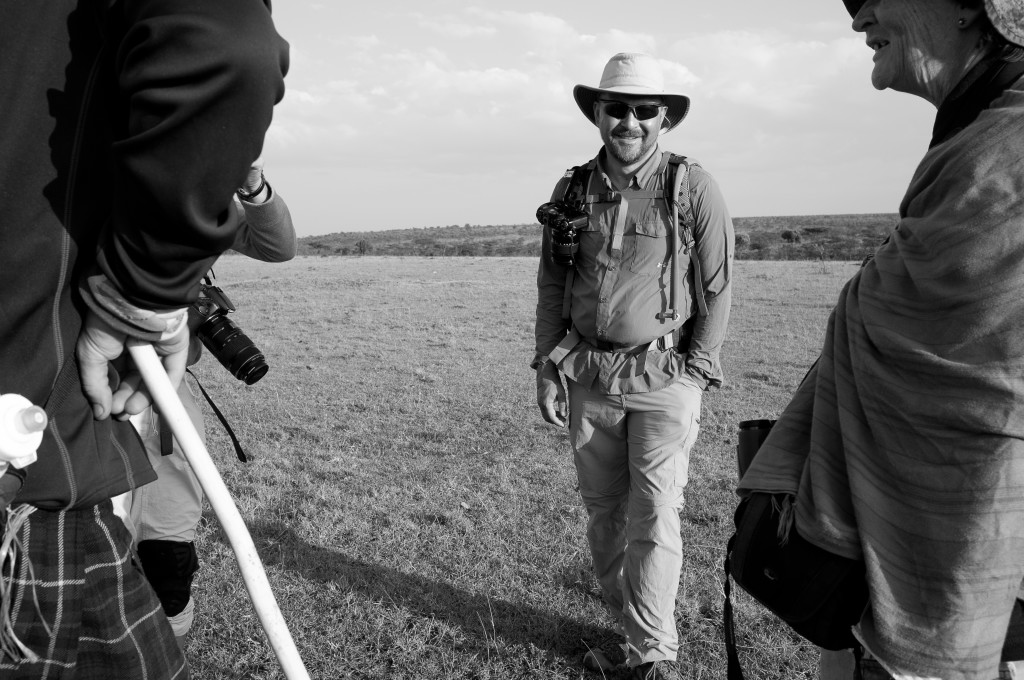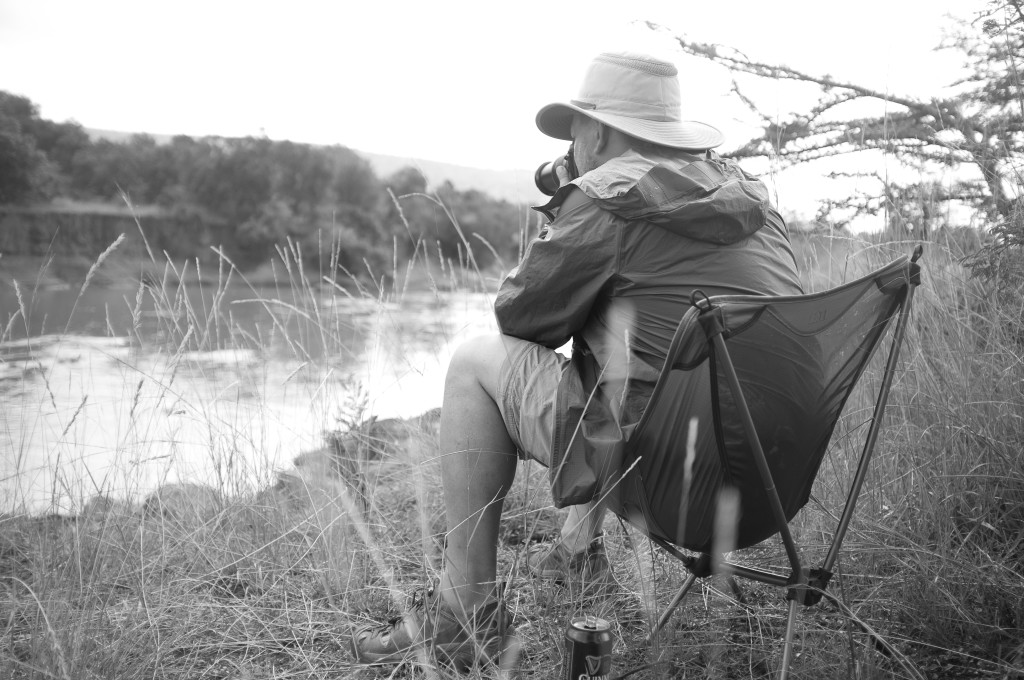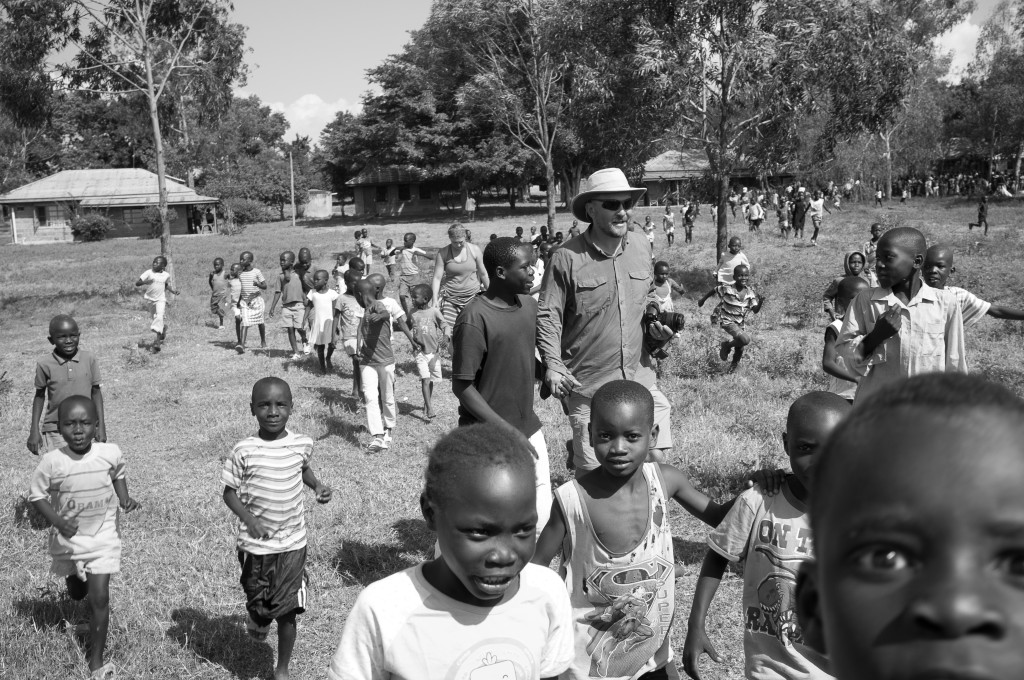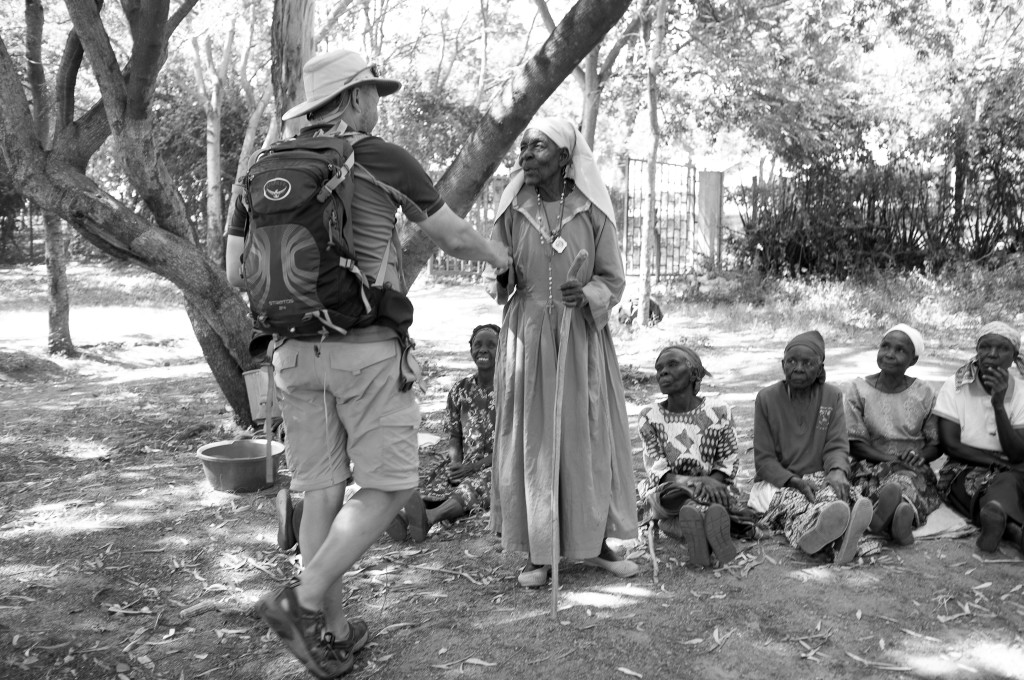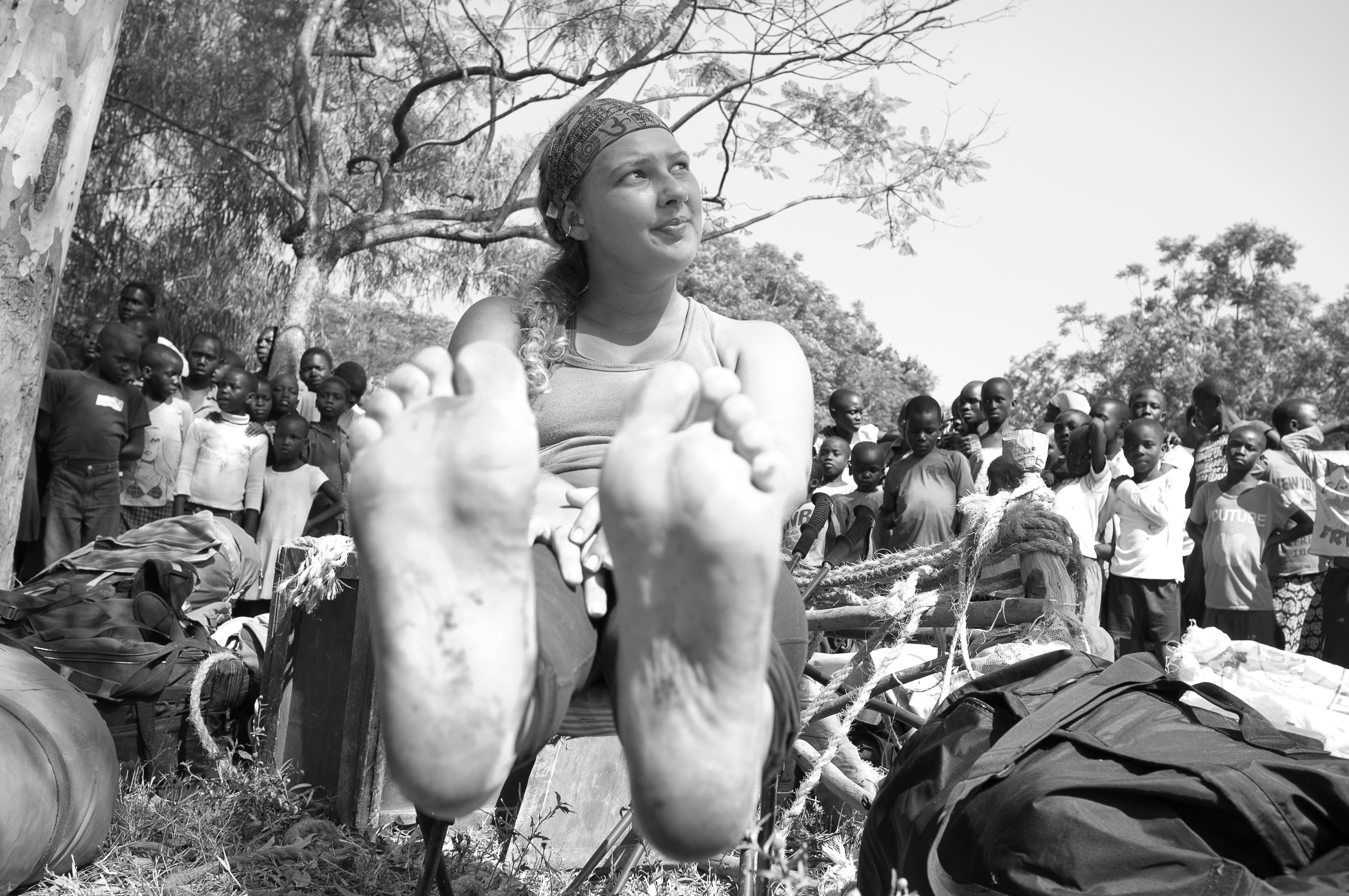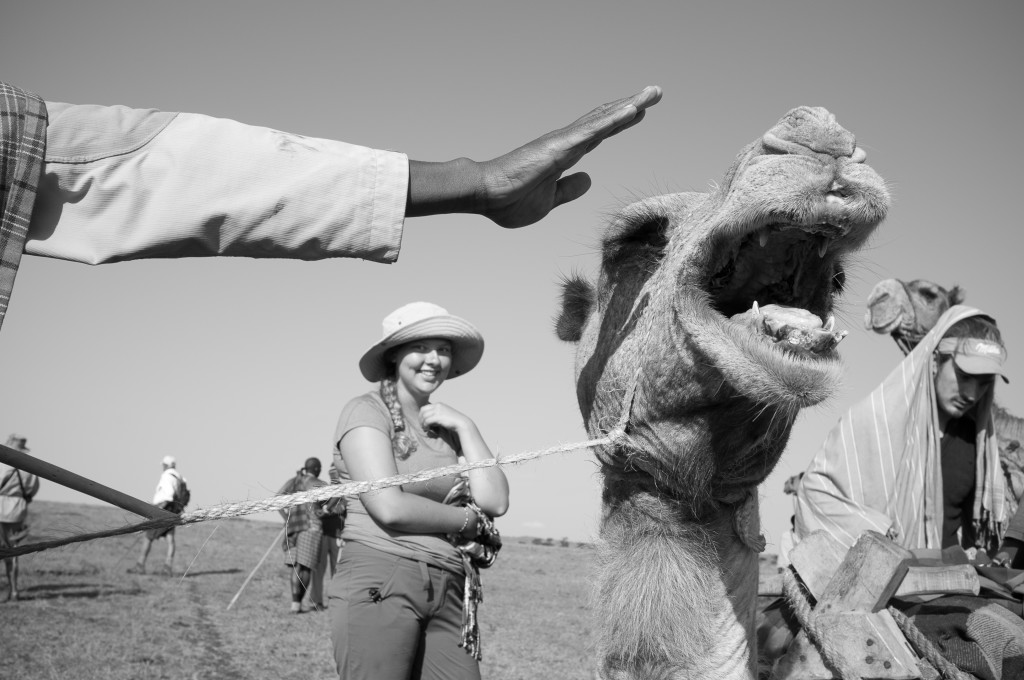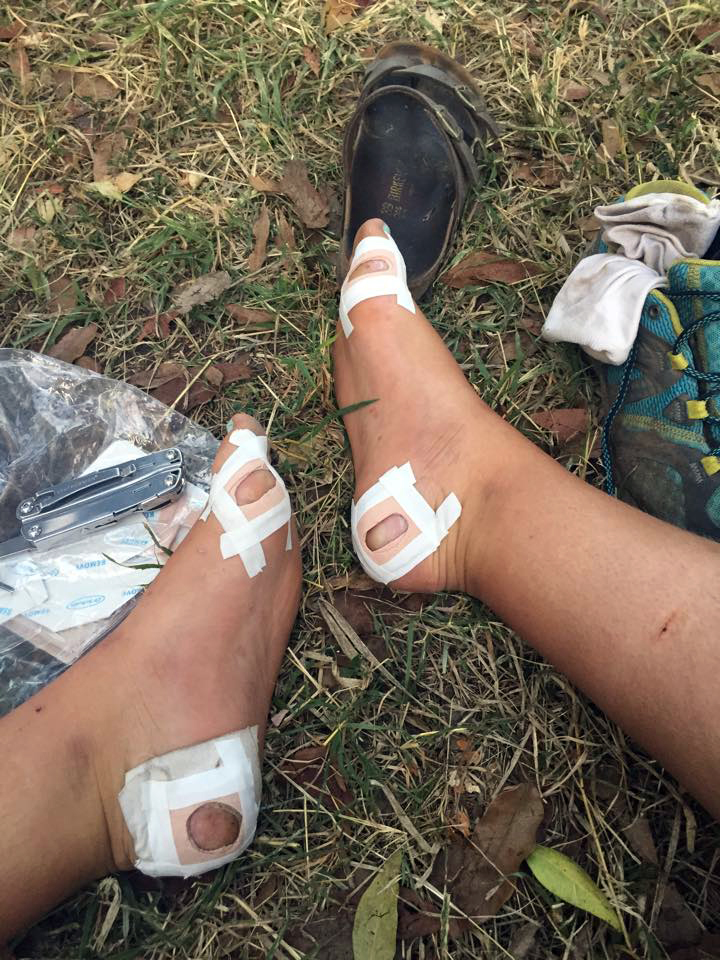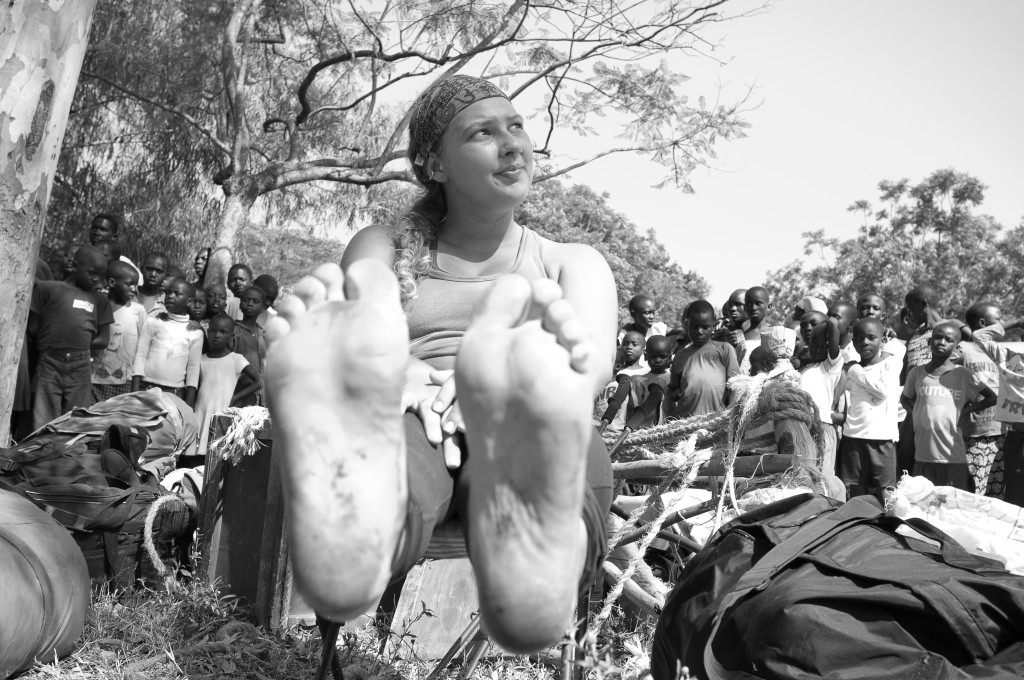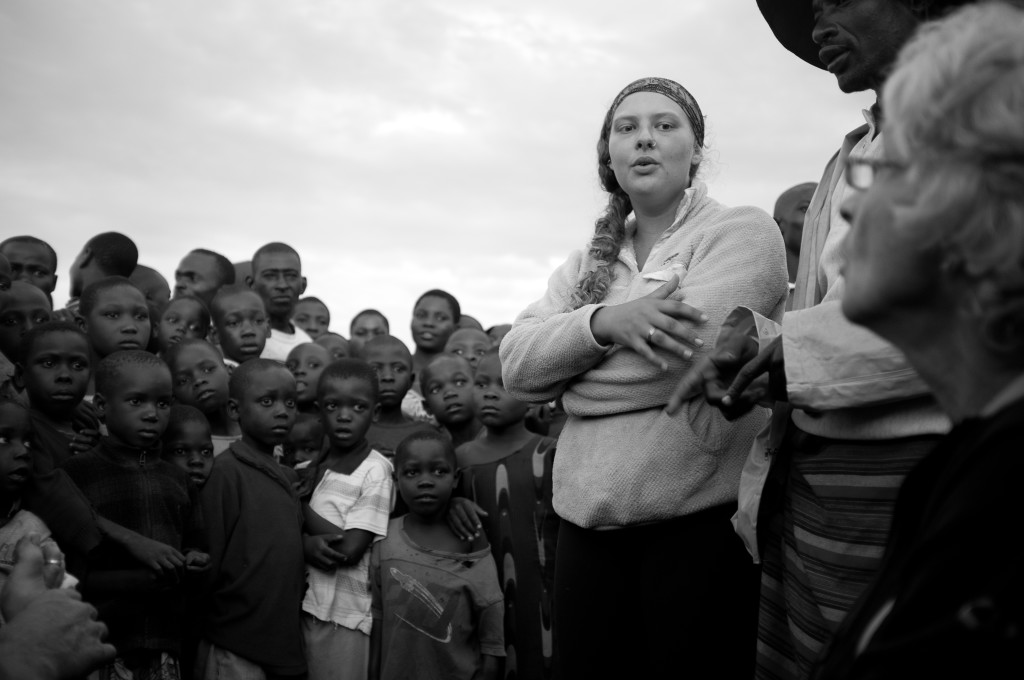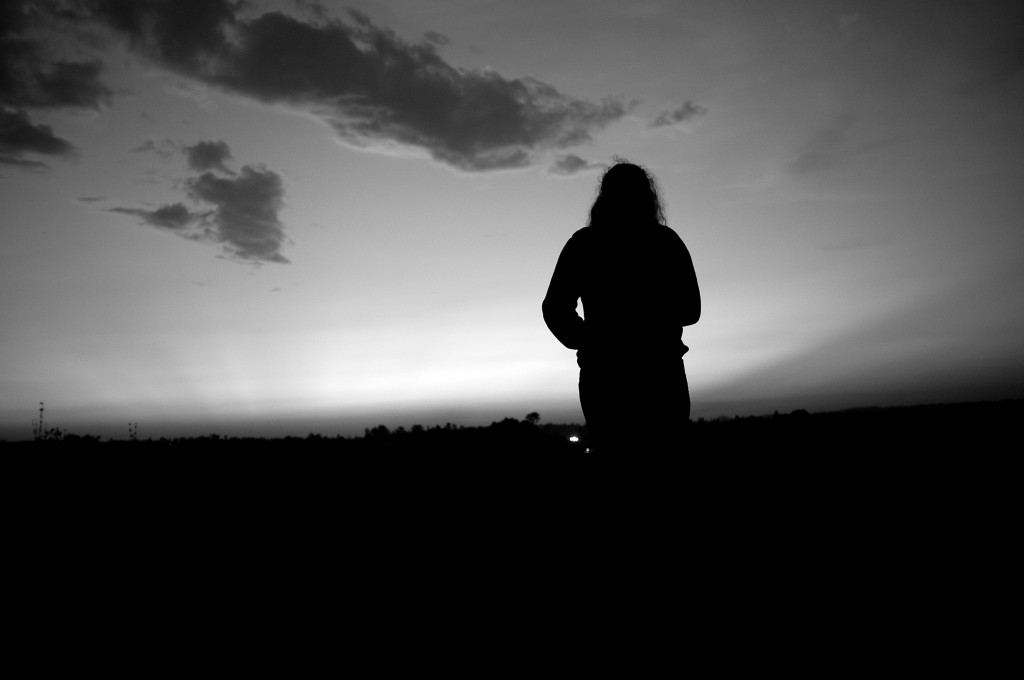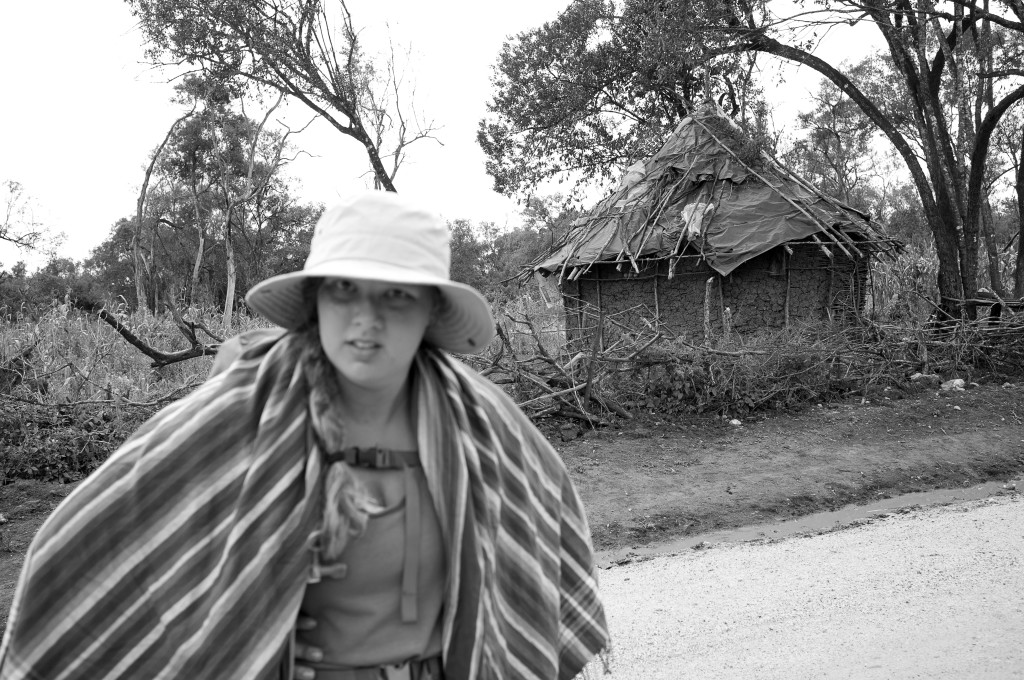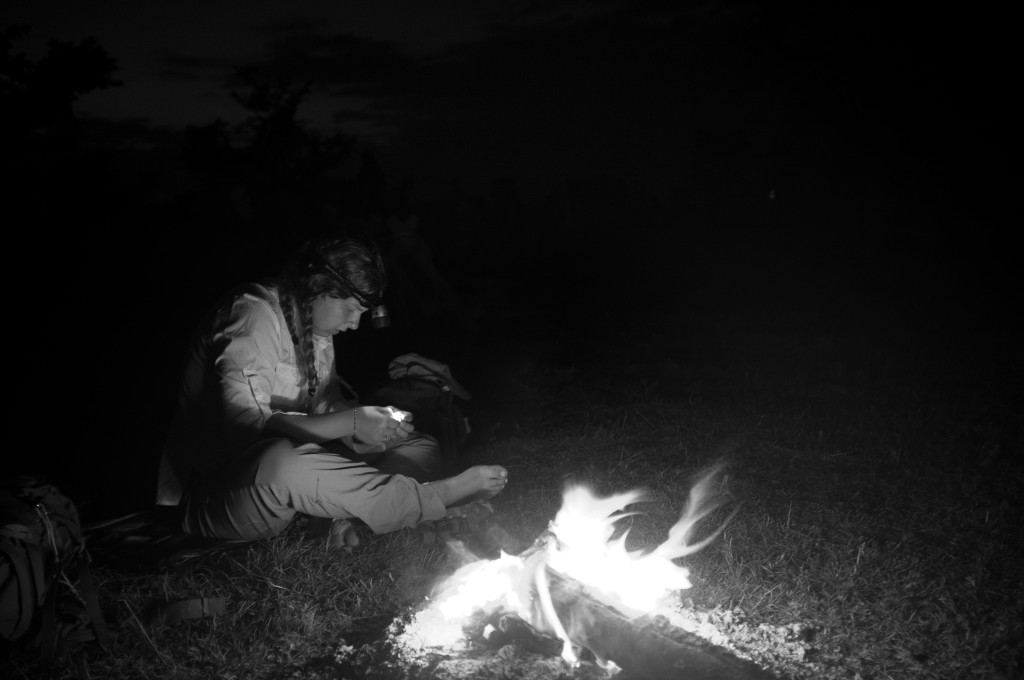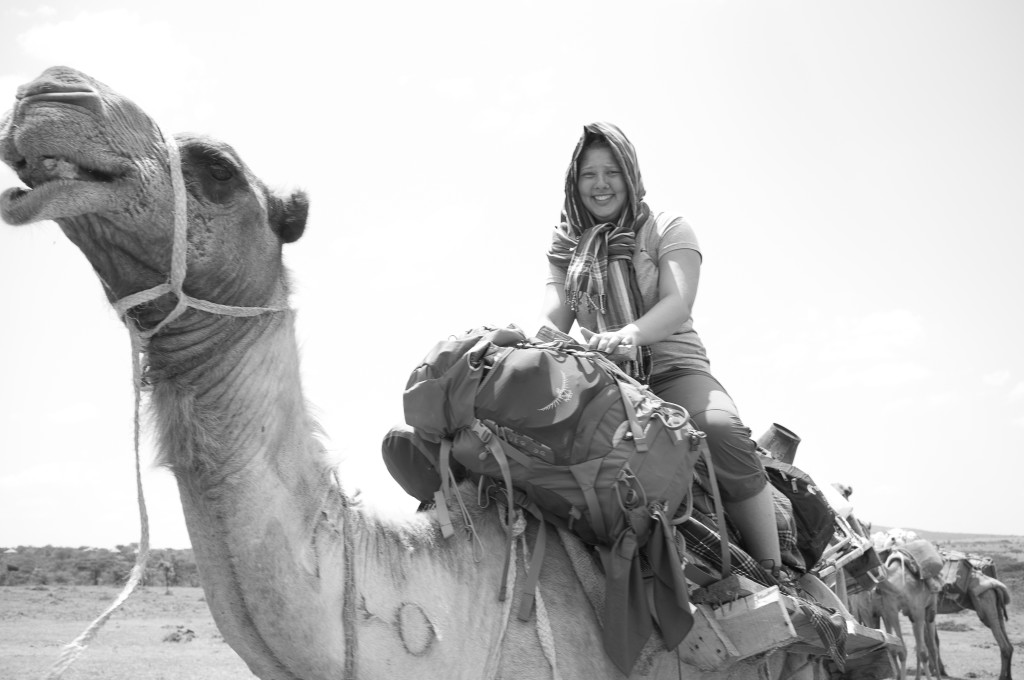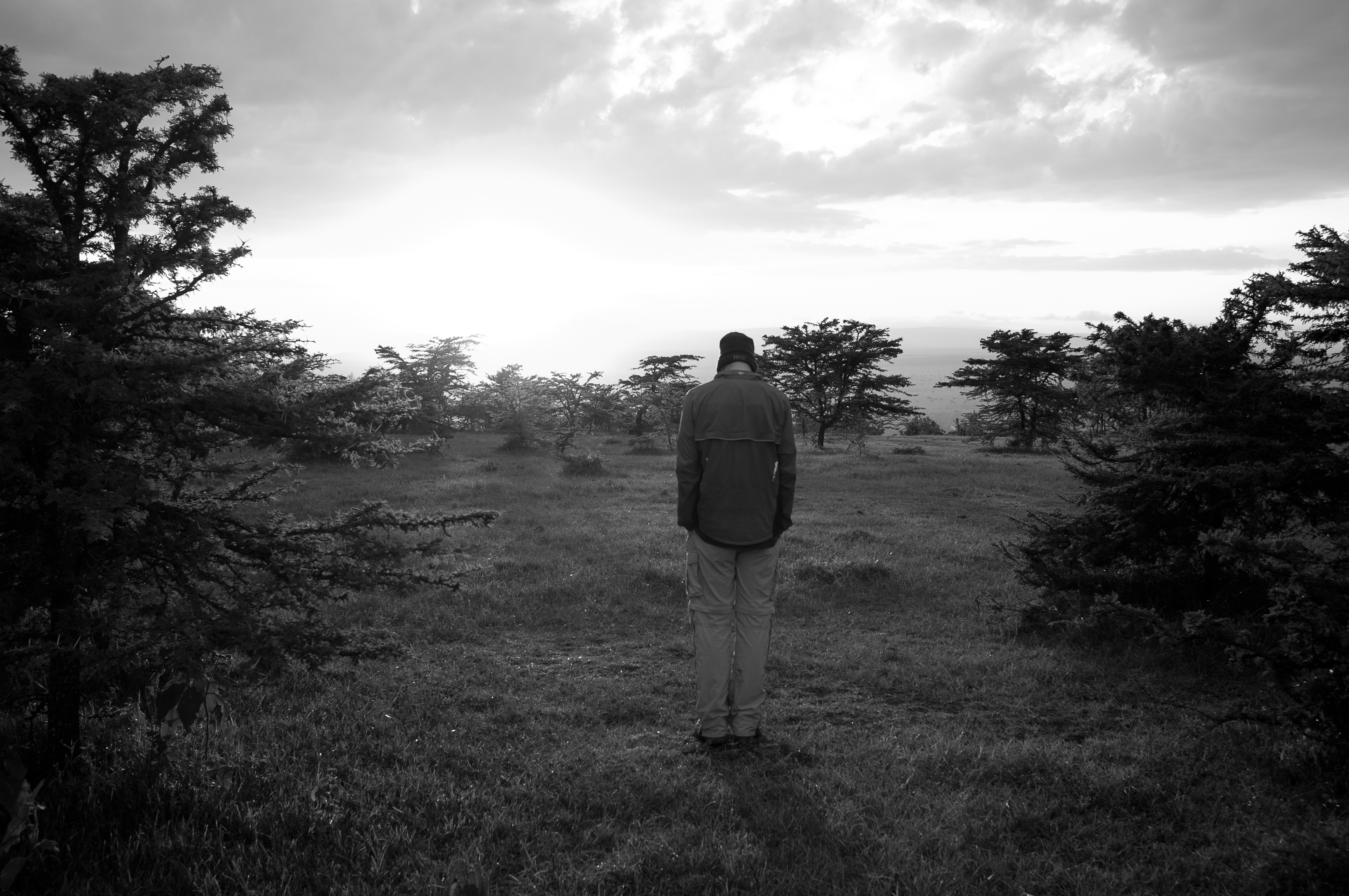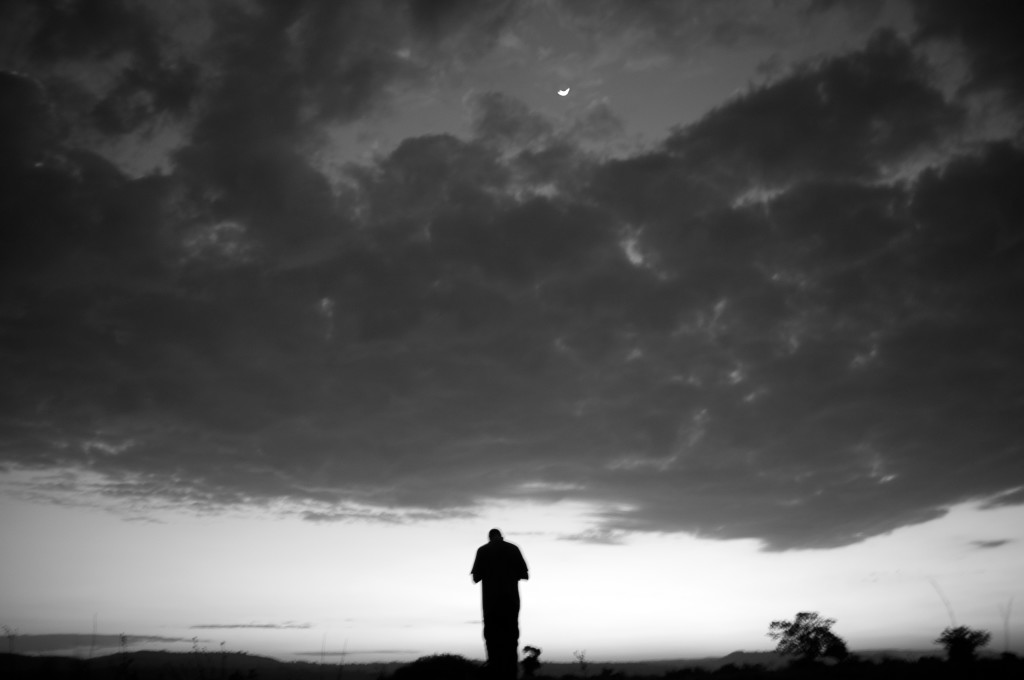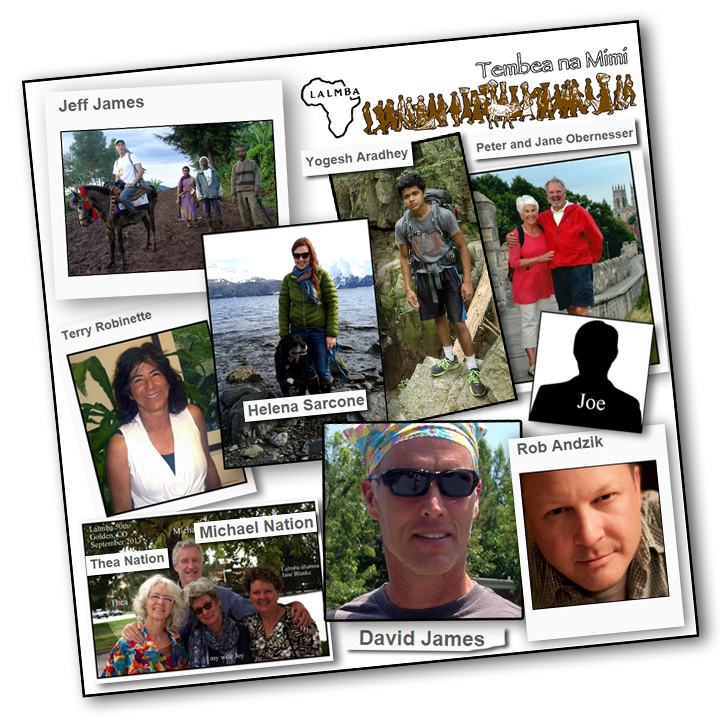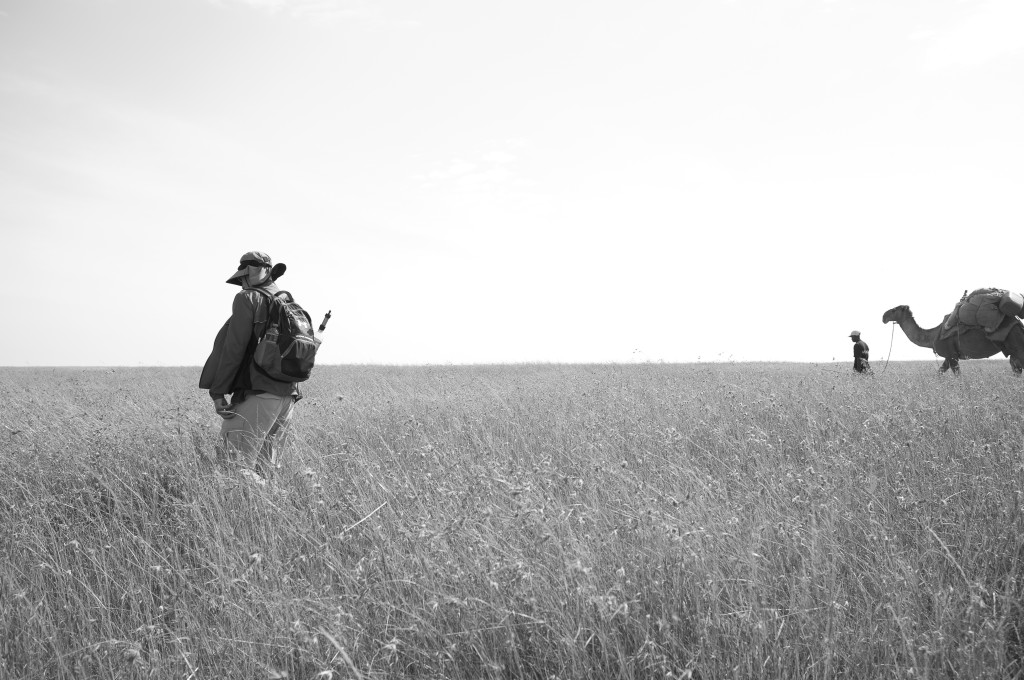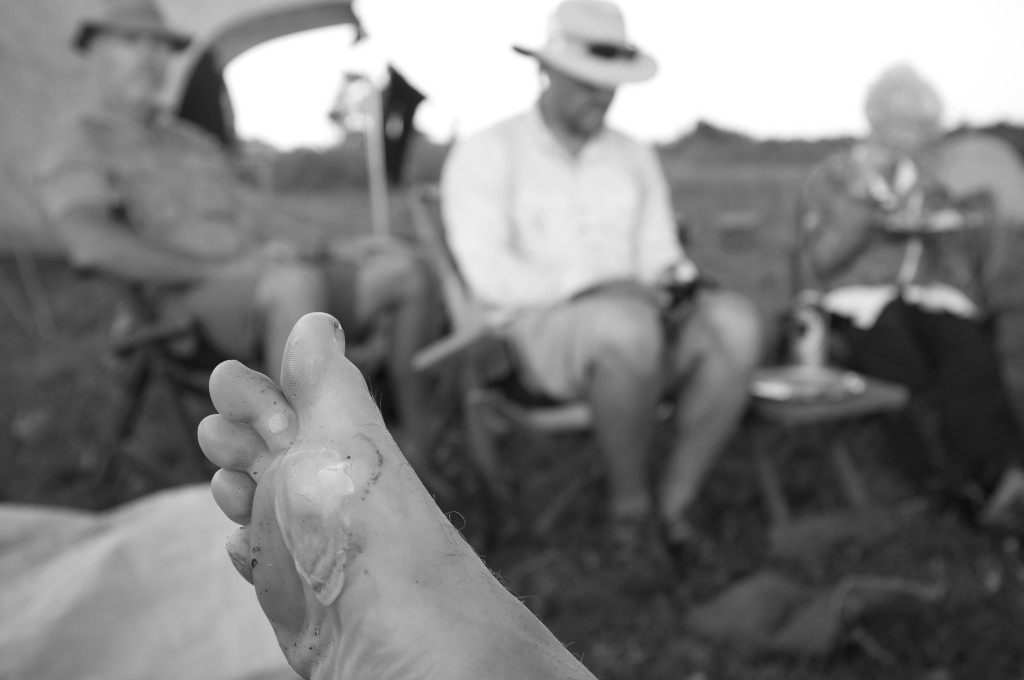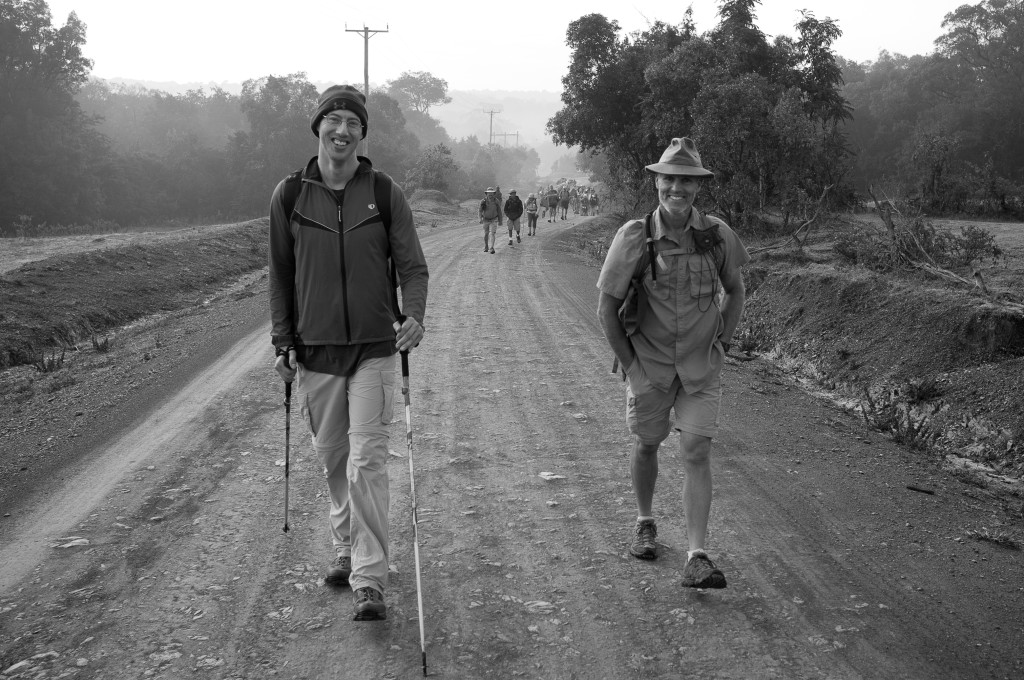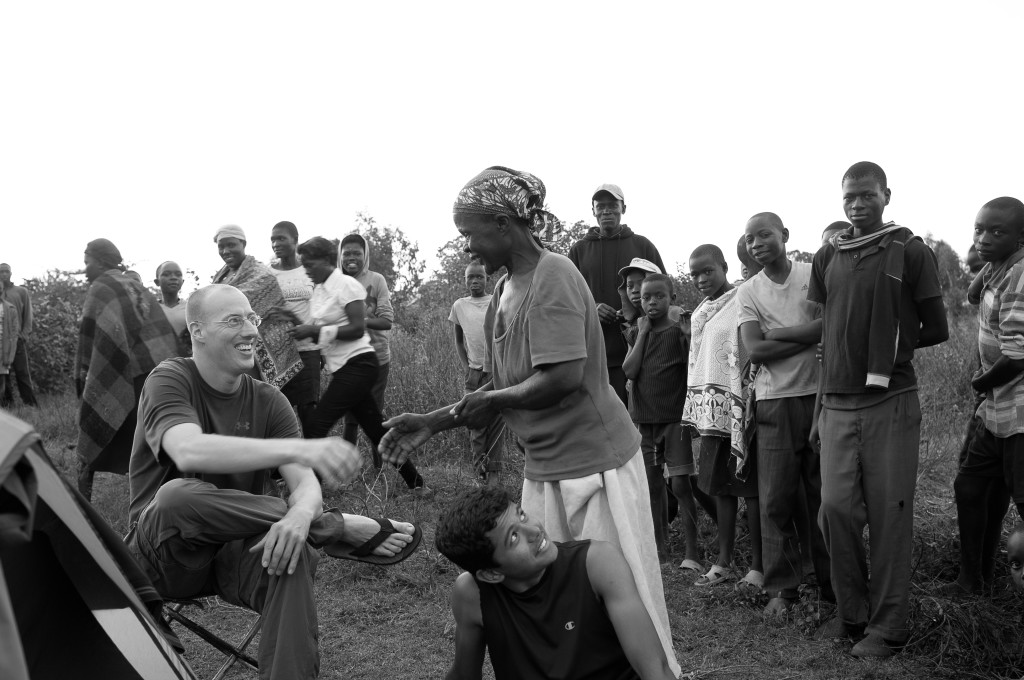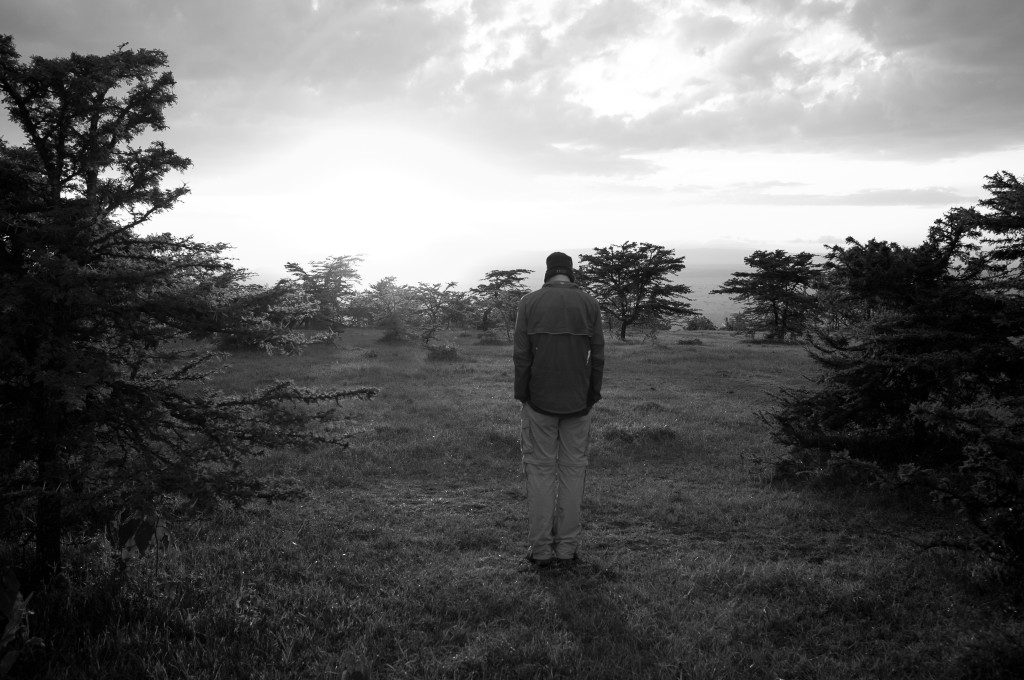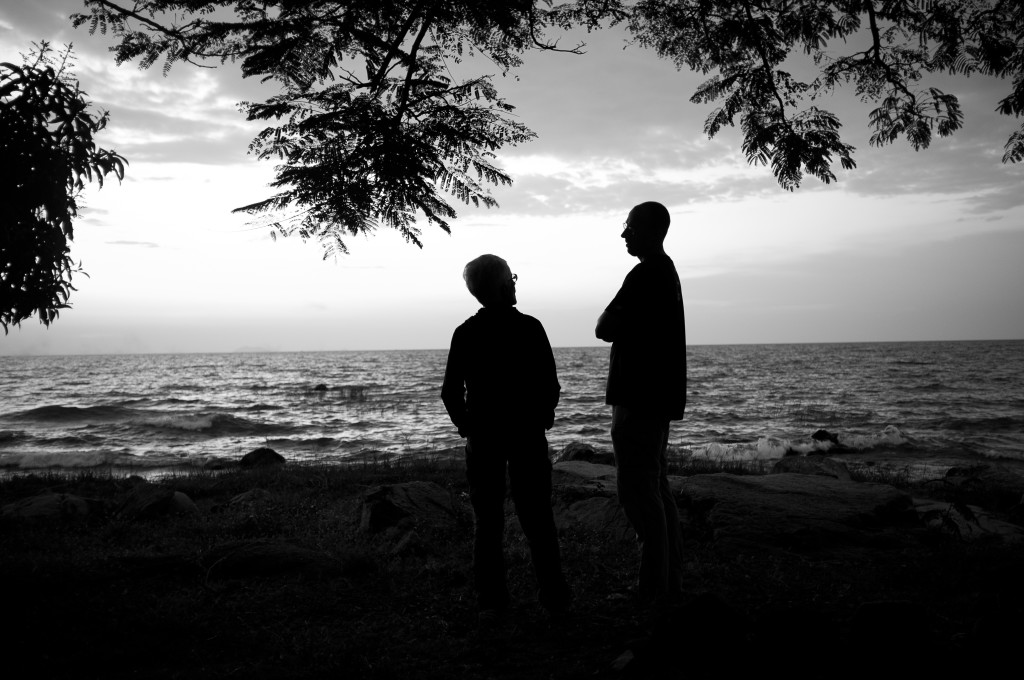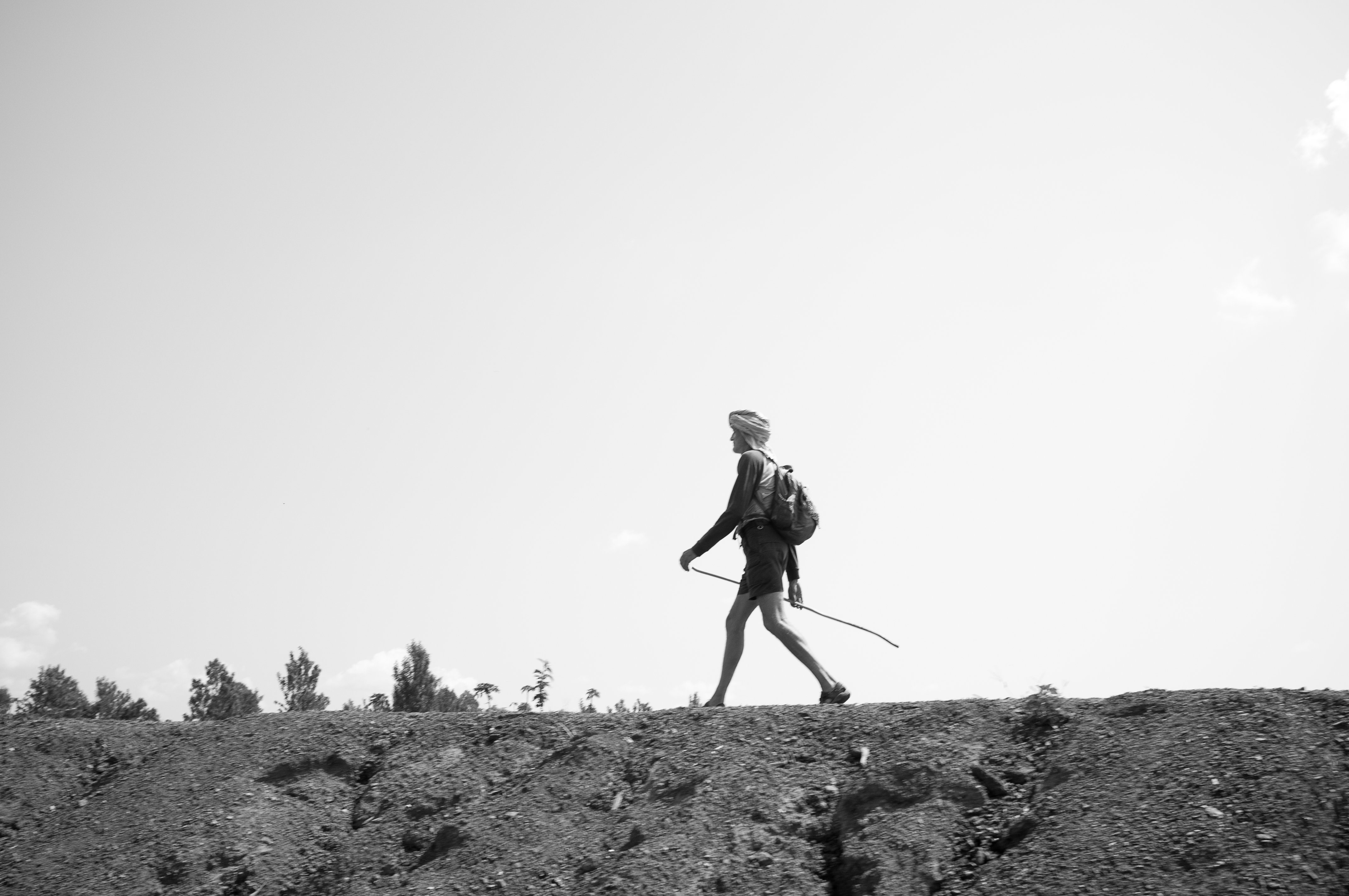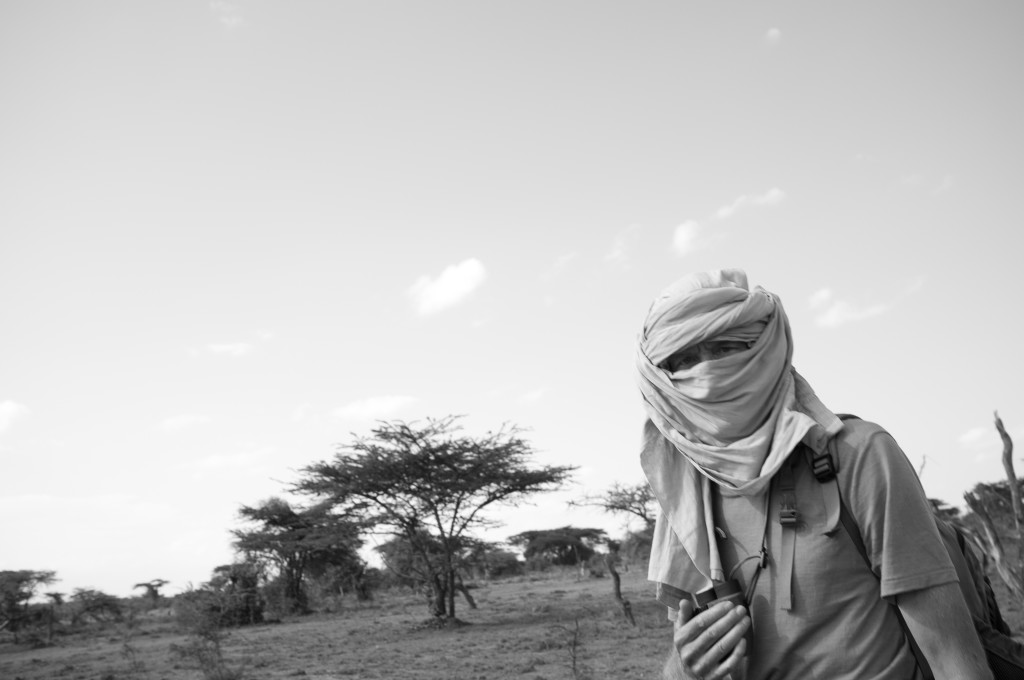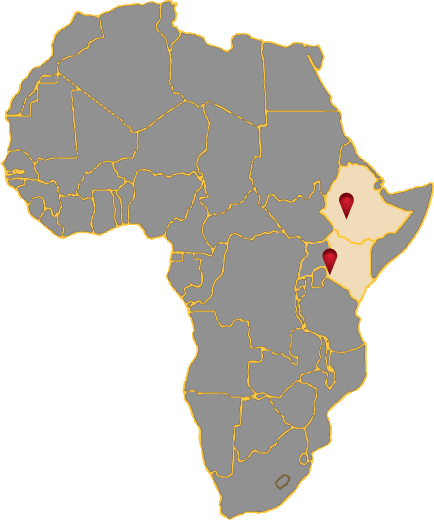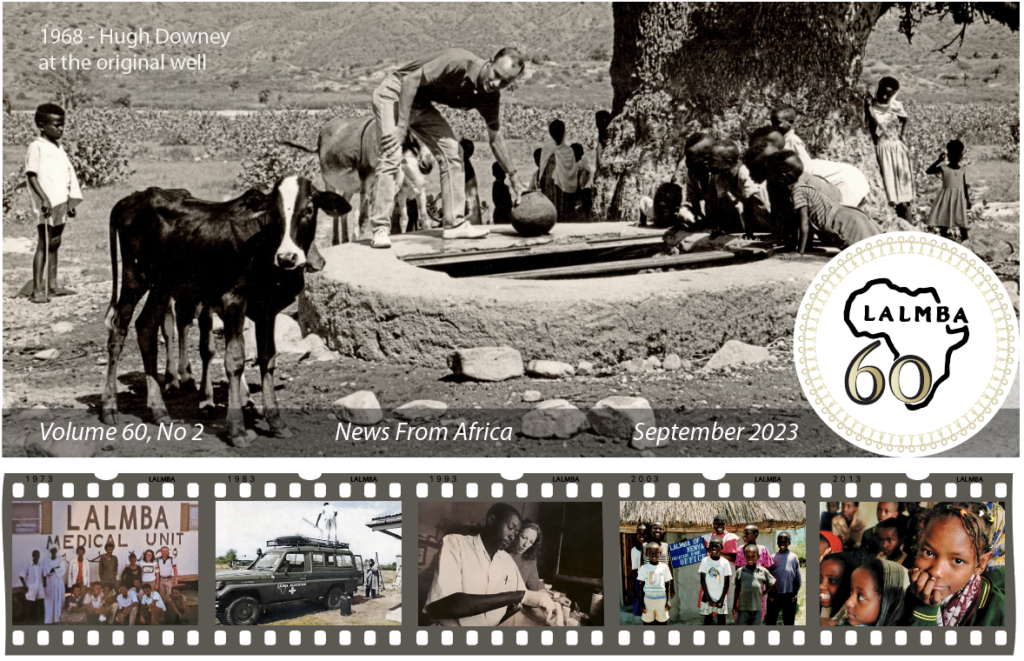
On September 21, 1963, Hugh Downey stepped out of his US Army post in Eritrea and began a journey serving the people in Africa. For 60 years Lalmba has continued helping the poor and destitute, those forgotten at the “the end of the road”, achieve a better life.
Celebrations for the 60th anniversary have been held in Kenya and Ethiopia. This month we are celebrating in the US. Yet we are constantly reminded there is still suffering and poverty. Lalmba’s journey continues.
Meet Mekdes
By Joan Marques
Lalmba’s 60th celebration at the Chiri Children’s home had just ended with joyful screams of children scrambling after candy falling from a piñata. As the guests were leaving, Aselefich, our RCAR Program Director, received word from the local department of social services that a newborn baby girl had been brought to the nearby government health center. Her mother had tragically died from malaria less than a week after giving birth and her father was not capable of caring for his daughter. Aselefich, Atinafu, Lalmba’s Country Director, and Minalush, Outreach Assistant, quickly drove to the health center where they found a young man, with tears in his eyes, holding an infant. An infant named Mekdes.
It is no small task taking in an infant and our staff fully understands the responsibility. Working with the head of the local social services, our staff learned more about the situation. The young couple was from a distant part of Ethiopia. They were unemployed and destitute so the government relocated them to this remote area and lent them a plot of land to farm. Neither the mother or father spoke any of the local languages and couldn’t communicate with anyone. After the mother tragically passed away he felt lost and abandoned with no way to care for his daughter. So he brought her to the local woreda (county) office and they brought her to Lalmba’s attention.
With compassion and empathy, our staff and the social workers tried to communicate the plan but we could see in his eyes that he didn’t understand. Finally a translator arrived and was able to share the plan, inform him of his rights and obligations, and confirm his consent for Lalmba to care for Mekdes for a few years while he gets his farm started.
We will do everything we can to reunify Mekdes with her father in a few years. Meanwhile, she will be living in the Chiri Children’s Home where she will receive love and loads of attention from our house mothers and her new siblings. She is our newest and youngest family member. Welcome to your new home, Mekdes!

60th Celebrations in Kenya and Ethiopia
By Rob Andzik
We want to extend a very special thank you to the TNM 2023 Team for walking and helping kick off the celebrations in Kenya, and to all those in both Kenya and Ethiopia who helped organize the celebrations!
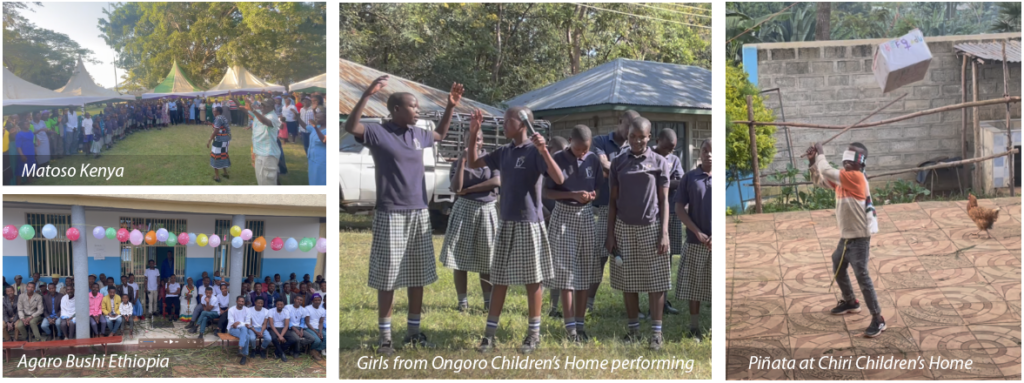

Compassion, Courage, Empowerment, and Community
By Rob Andzik
Not everyone can make a journey like Tembea Na Mimi, visit the remote communities Lalmba supports, and witness the transformative impact of your donations firsthand. But if you could, what you would see is nothing short of a testament to the power of compassion, courage, empowerment, and community.
Many organizations do great work, promise efficient use of your donations, and aim to help the poor and destitute. So, what sets Lalmba apart? Lalmba’s uniqueness lies in these four words: Compassion, Courage, Empowerment, and Community.
Since 1963, Lalmba has been dedicated to serving some of the most remote and underserved communities in Africa. These are places that are hard to reach, far from the global media spotlight, where impoverished people are marginalized and virtually invisible to their own countries. It takes a great deal of Compassion and Courage to work in such challenging environments.
What truly sets Lalmba apart is our unwavering commitment to Empowerment. We don’t dictate; we collaborate. Lalmba provides for basic needs and also creates employment opportunities. We help single mothers start businesses through microloans. We help children receive an education and grow up healthy, with the potential to prosper. Above all, we prioritize the African people we serve, empowering them to lead change, and take ownership of their own futures. An example of this will be our new Education Center in Kenya, teaching skills needed to thrive in today’s world.
This philosophy leads us to Community. Lalmba is an integral part of the communities we work with, and the local people, together with our dedicated African staff, embodies the spirit of Lalmba as a People of Hope. Throughout Lalmba’s history, there have been countless stories of communities rallying together to overcome challenges. This spirit remains as strong as ever.
We witnessed this in Agaro Bushi, where we’re currently building staff housing. The trucks carrying materials couldn’t make the final steep climb due to mud and rough roads, stopping 3 km away. What we saw was remarkable: the community united, transporting building supplies on horses and their backs to ensure our clinic, which is, in truth, their clinic, could serve those in need.
The next day, in the cold pouring rain, it came full circle as three small boys walked into the clinic shivering with hypothermia. They had traveled alone and barefoot for two hours, from an even more remote community, so that their youngest brother could receive medical attention for a wound on his head. With Compassion, our staff tended to the wound, warmed these small boys to stop the shivering, and made sure they got safely home.
I invite you to join us on this remarkable journey. Your generosity fuels Lalmba’s work, ensuring that the impact continues for years to come. Together, with Lalmba’s staff and local leaders, we are transforming lives – one community, and in this case, three small boys, and an infant named Mekdes, at a time.

Reflections on the Road – Tembea Na Mimi 2023
By Jennifer Wenningkamp
It was the final day of our charity walk – Tembea Na Mimi 2023. About half of our staff joined the TNM team and walked the journey between Ochuna and Matoso and I loved every moment of it. The glorious sounds of children singing and playing drums, people walking with us, dancing, and carrying banners, the taste of dust in my mouth, and the smell of camels overwhelmed my senses.
I closed my eyes, took a deep, warm breath, and was struck by the stark contrast between this day’s celebratory trek connecting Lalmba’s two clinics in Kenya and one of Lalmba’s earlier epic journeys years ago. What must it have been like to walk hundreds of miles from Keren, Eritrea, with the hope of finding safety in Sudan? It must have been eerily silent in 1977 when Sium led hundreds of children through the desert in the middle of the night, escaping a dangerous war zone that threatened the lives of Sium’s family and all of Lalmba’s 250 children.
That journey saved the lives of hundreds of children and and fundamentally reshaped Lalmba as an organization. It shifted us from being anchored in one city, a Place of Hope in Keren Eritrea, to being an organization firmly rooted in protecting the children and patients in our care. At great risk, Lalmba became a courageous people of hope.
Today, Lalmba remains committed to the essence of its name. Wherever we operate, we establish a Place of Hope. Wherever we go, we are a People of Hope. As we celebrate Lalmba’s 60th Anniversary, we reaffirm our dedication to being both a Place and a People of Hope.
Here are some exclusive TNM 2023 photos not included in the printed version of this newsletter.
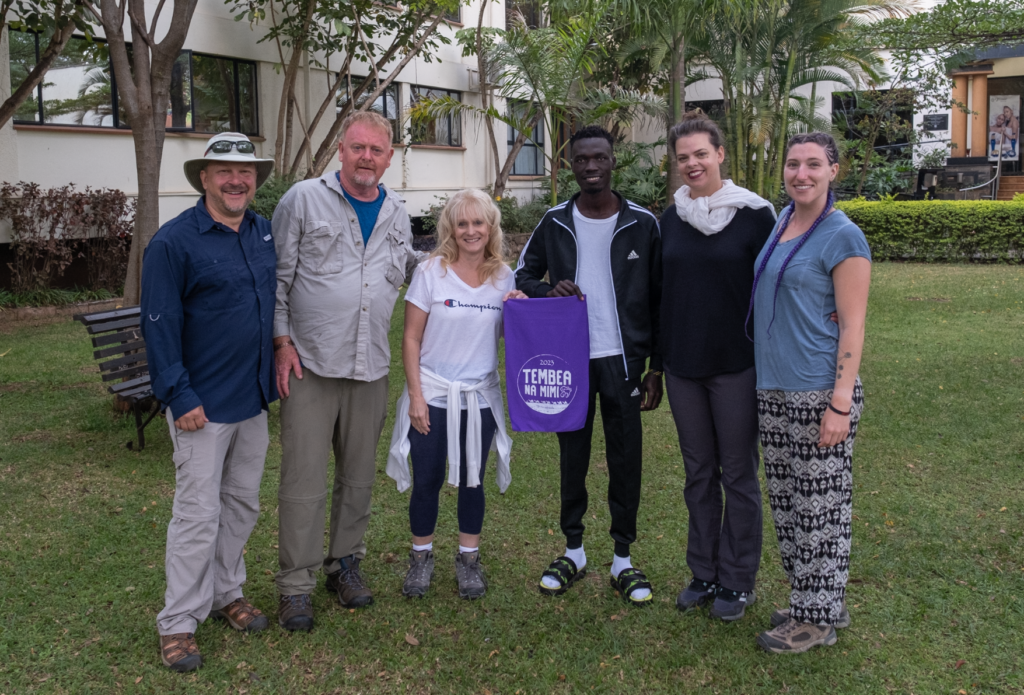
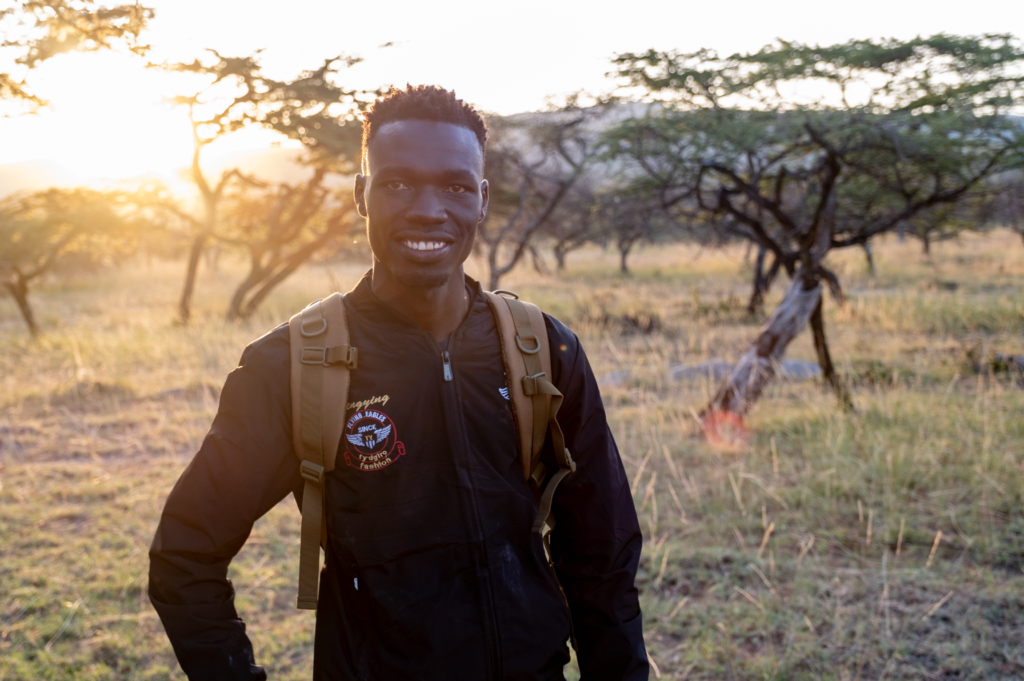
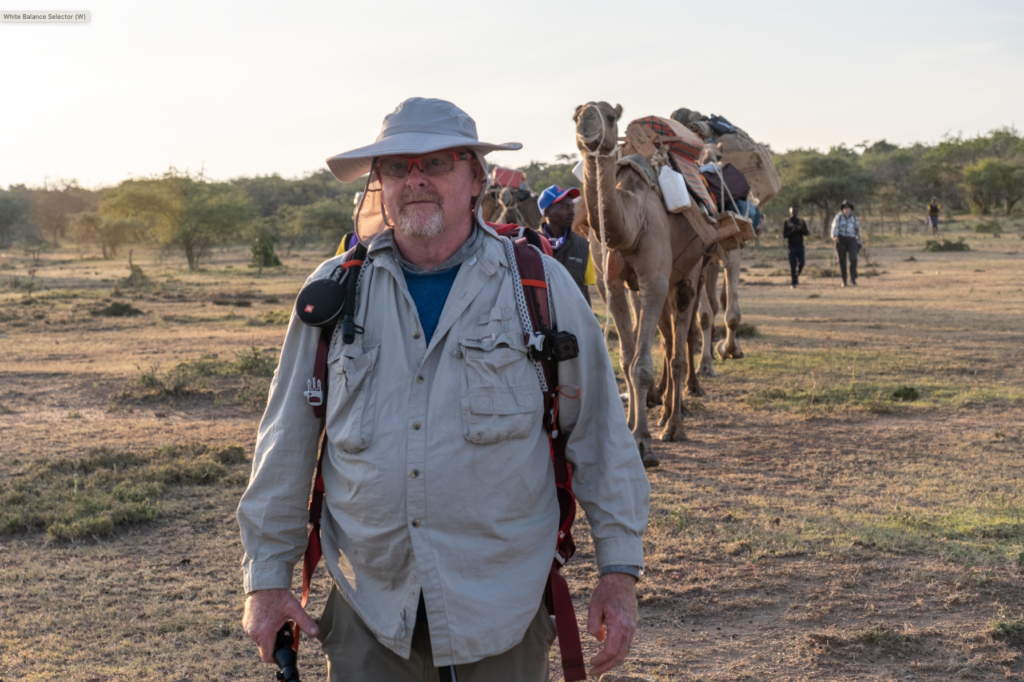
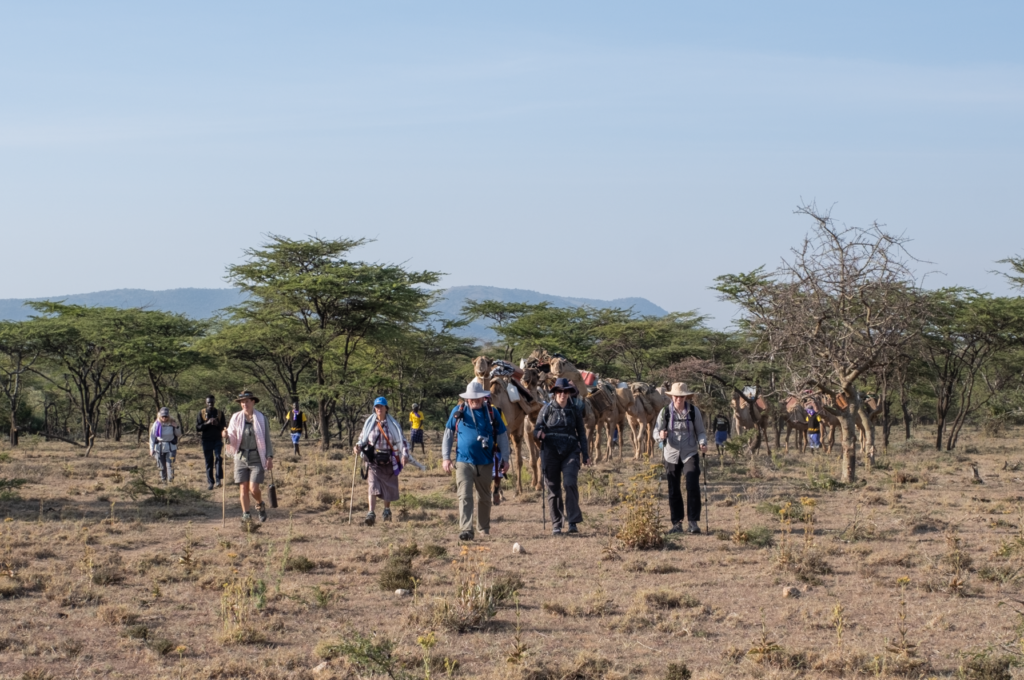
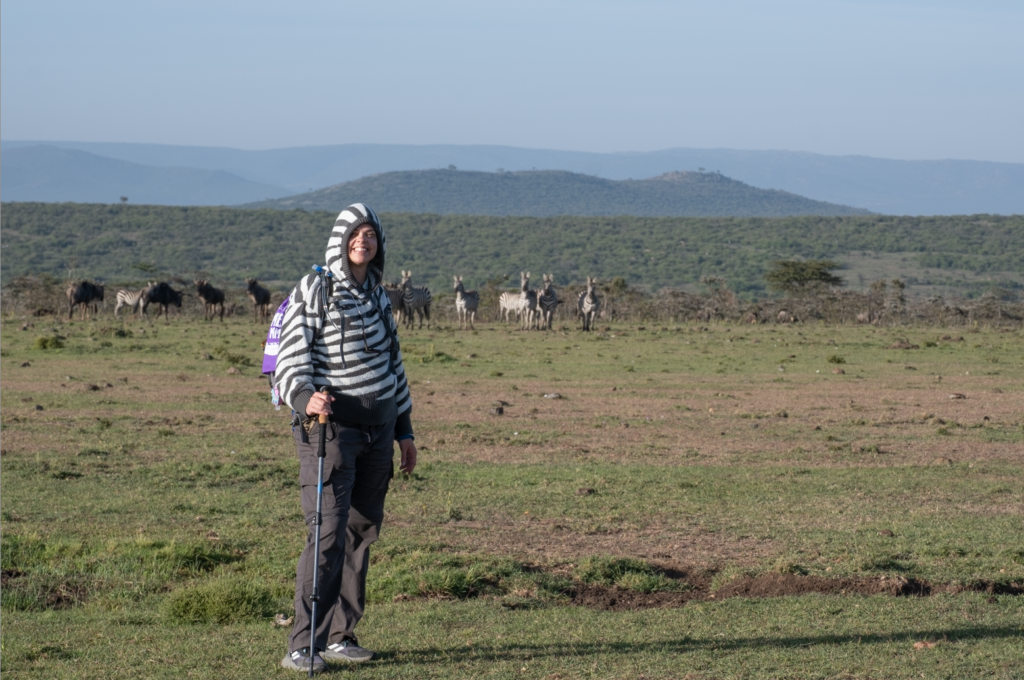
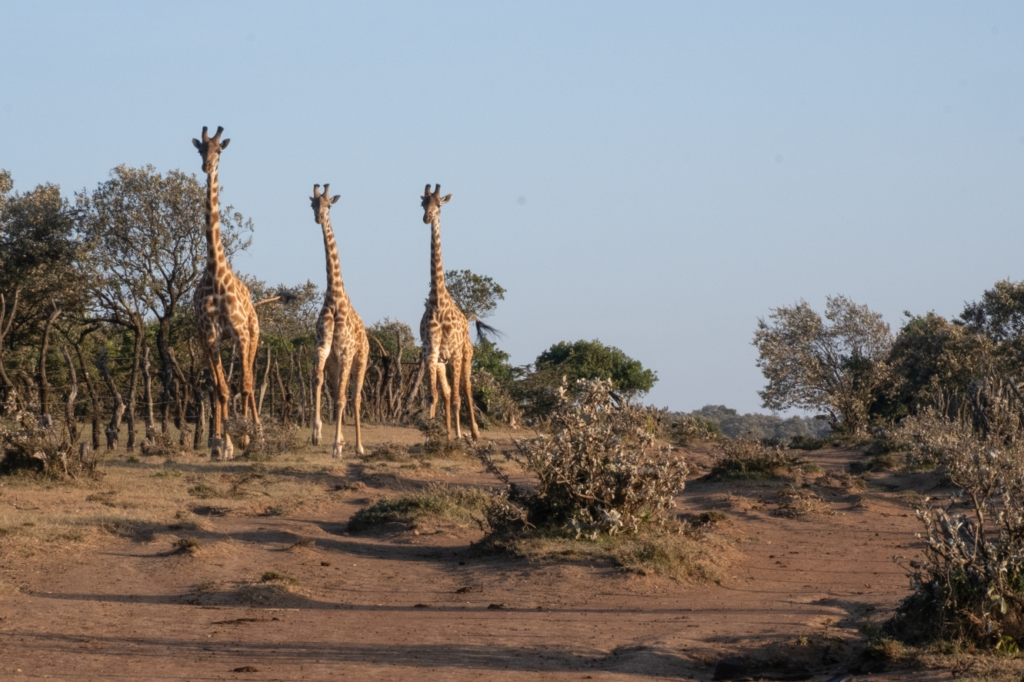
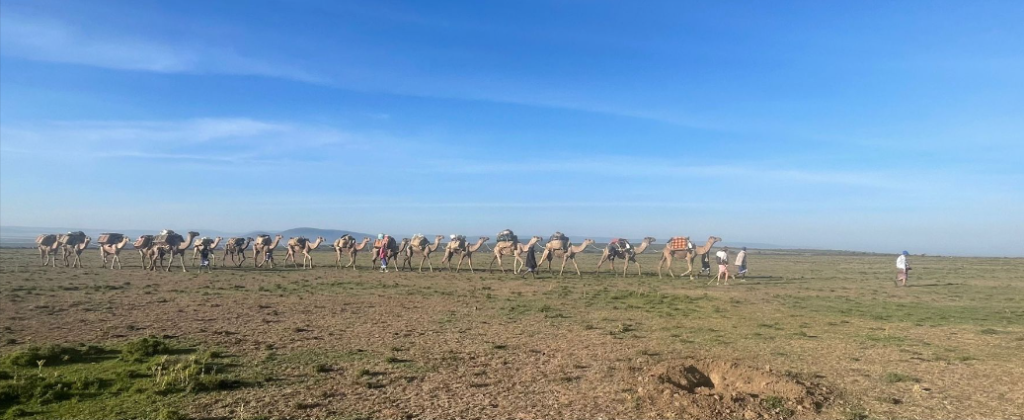
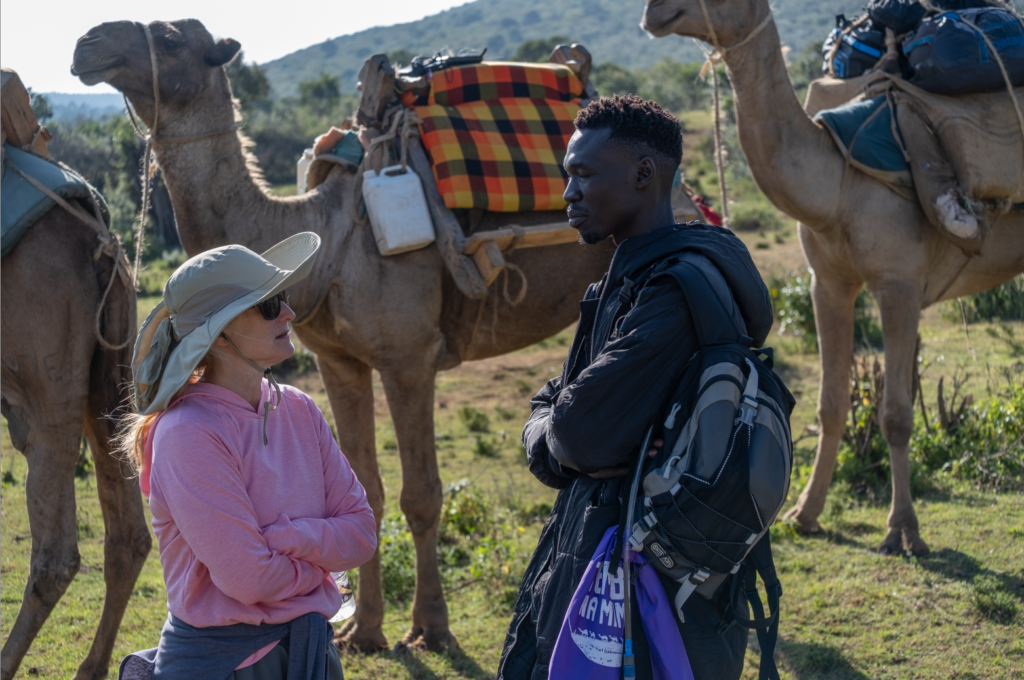
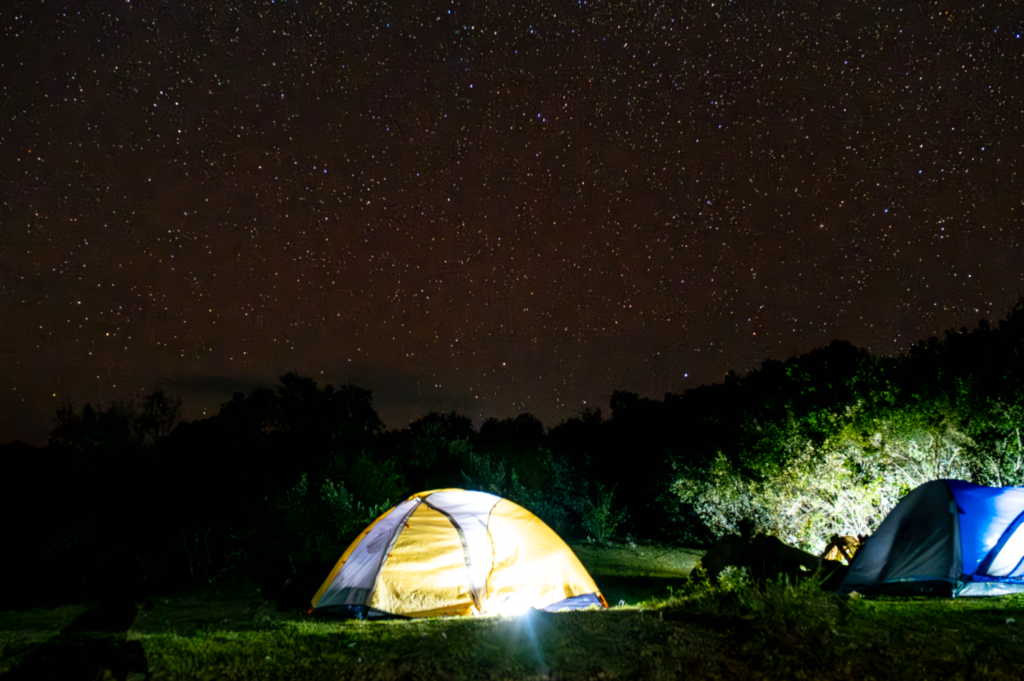
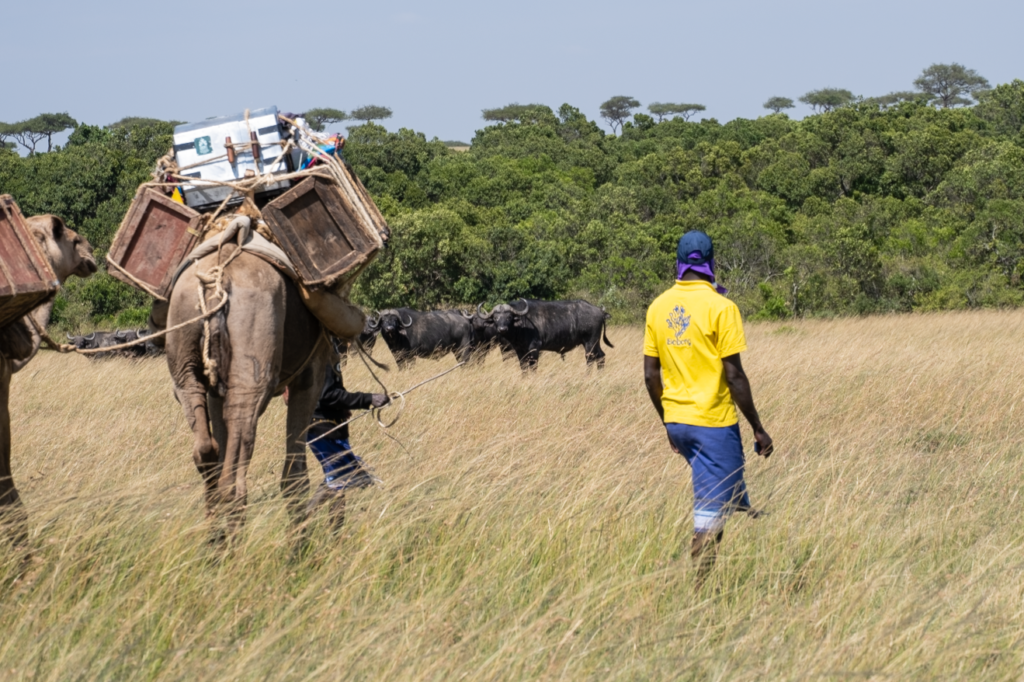
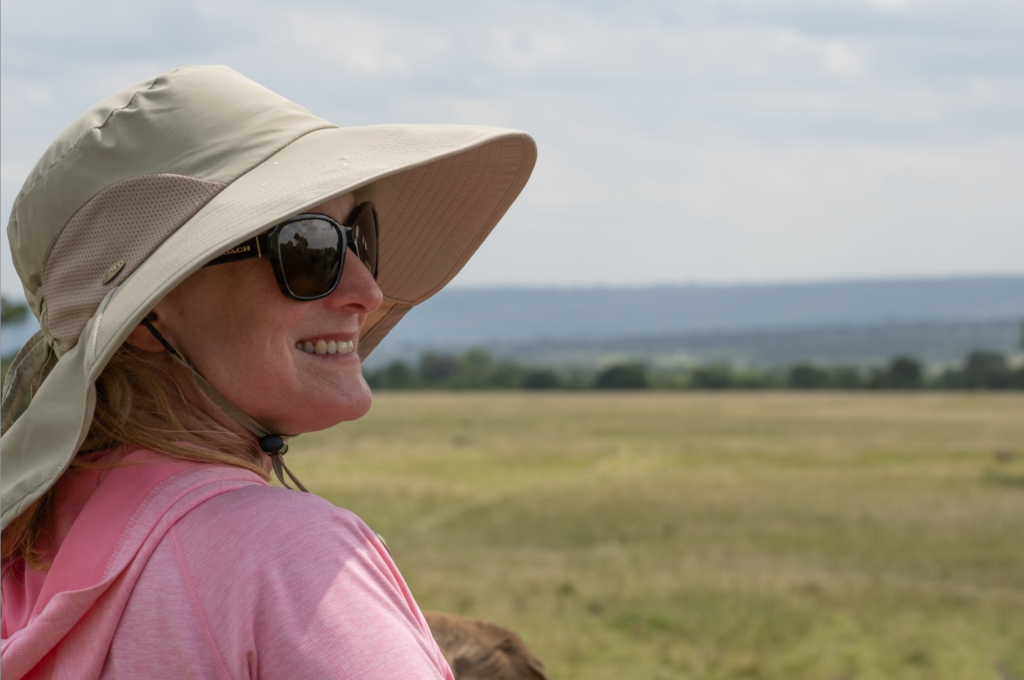
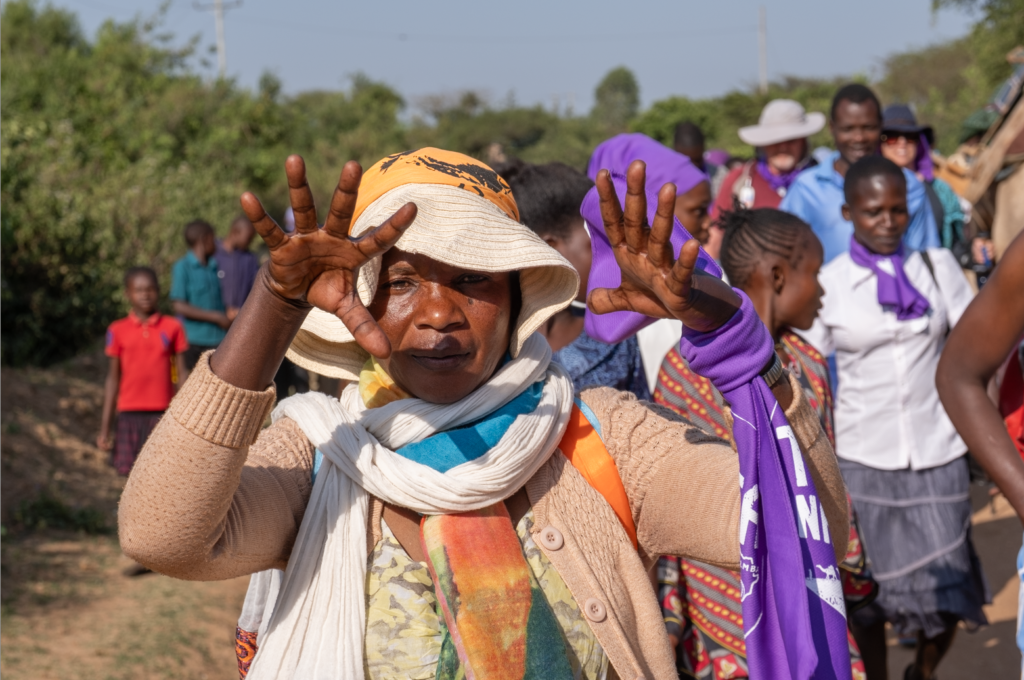
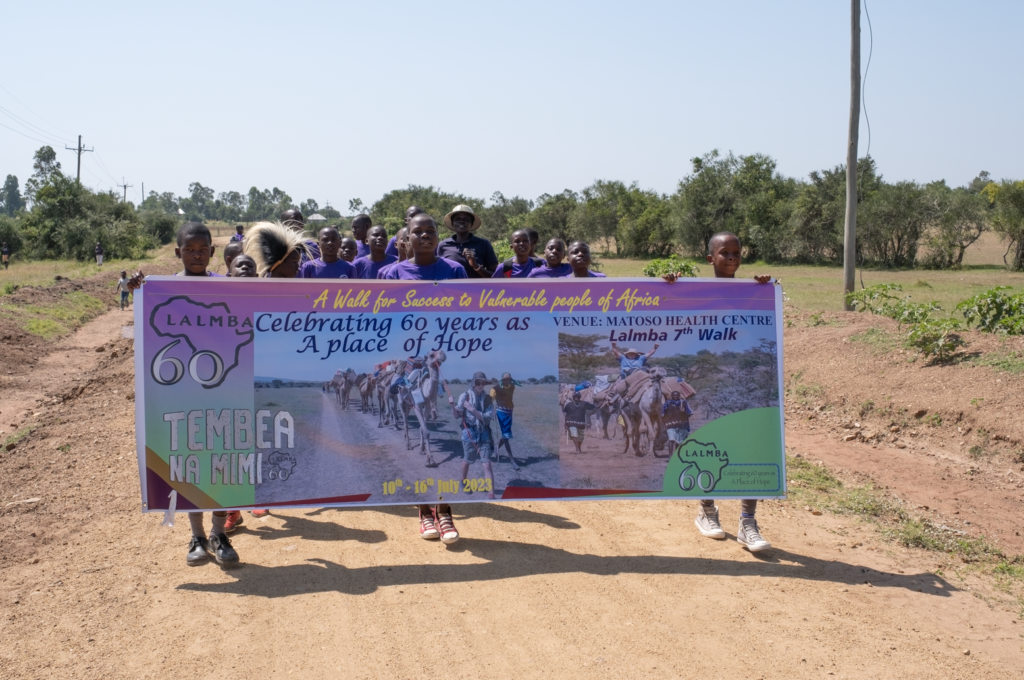
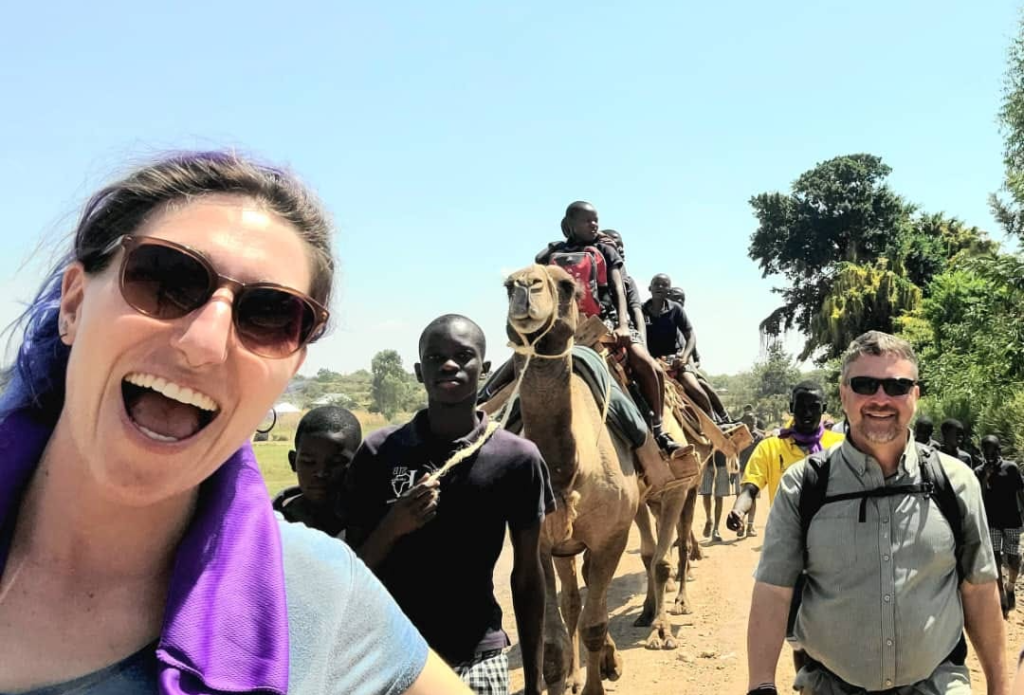
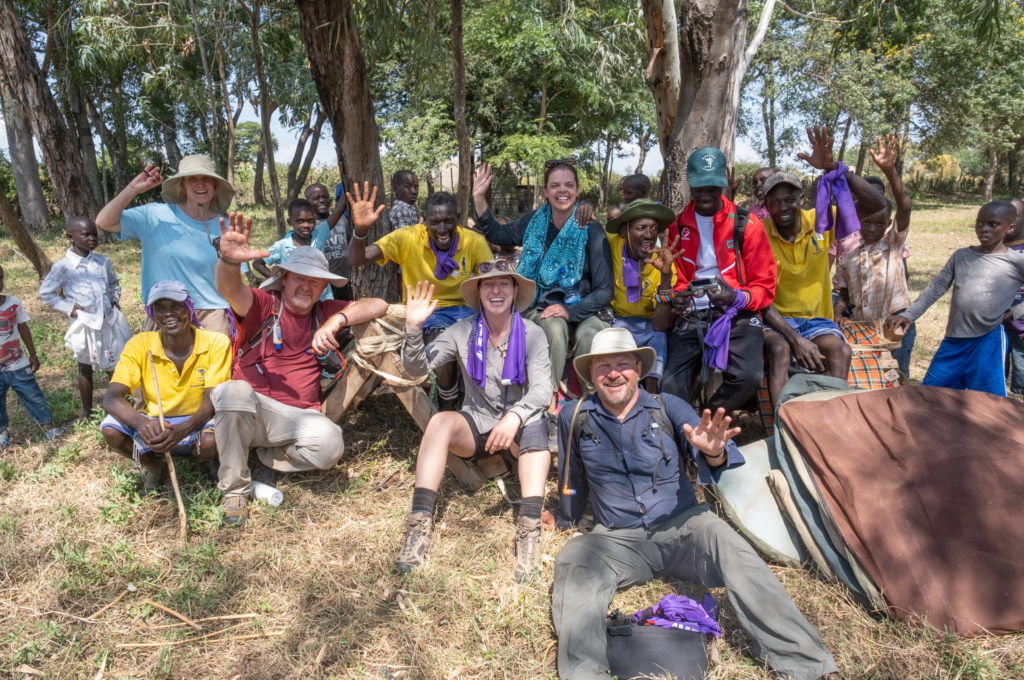

We invite you to be a part of the 60th celebration by sending a special donation of $60 or more. Why are we asking for your help? We don’t rely on massive grants or government contracts; we operate at the pace of your generosity and we have so much more to do. We honor your contributions by keeping costs low here in the US. Approximately 90 cents of every dollar donated directly supports our programs. We are unwavering in our commitment to our mission and our vision for the people and communities we serve.
That’s why your participation in Lalmba is crucial. Your donations, gifts, and volunteerism are what keep the organization going and fuel the work of Lalmba.


